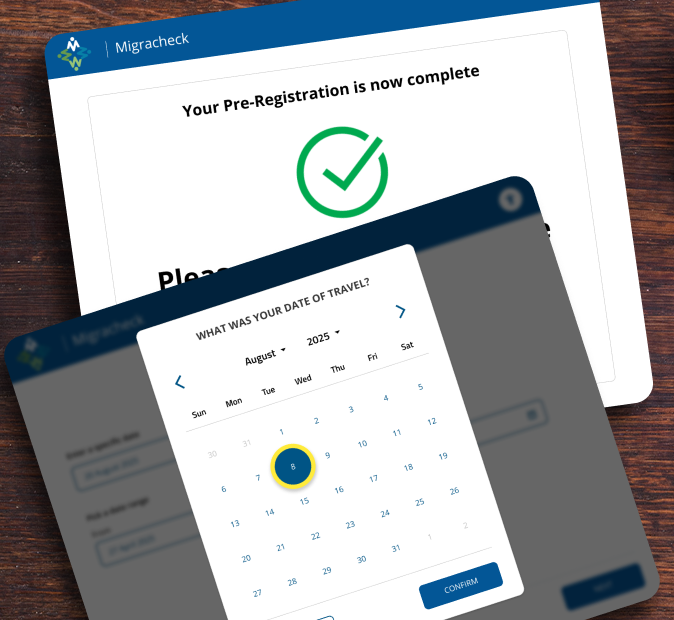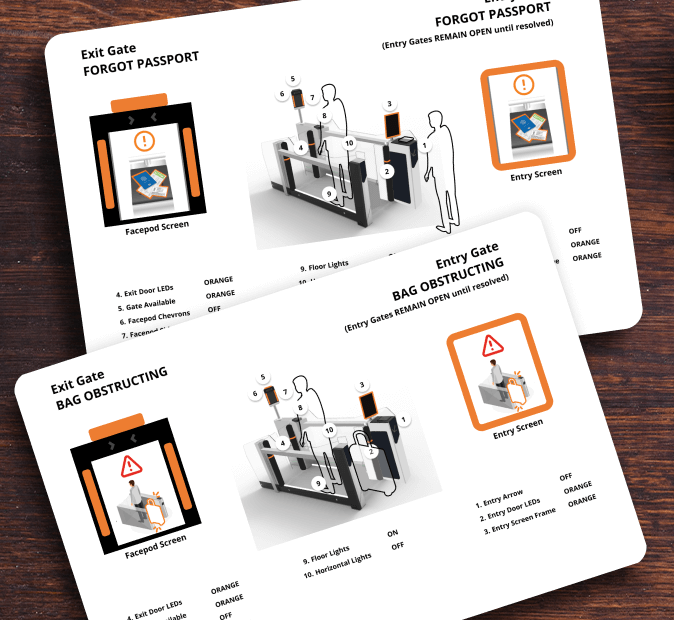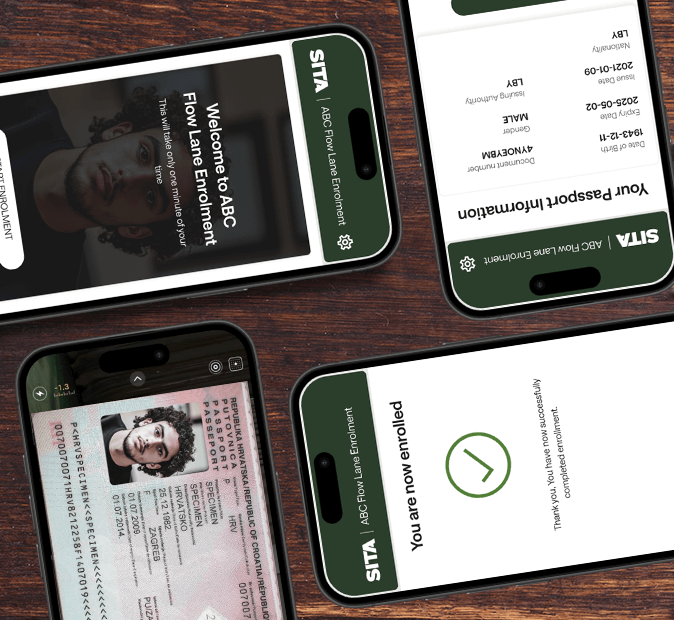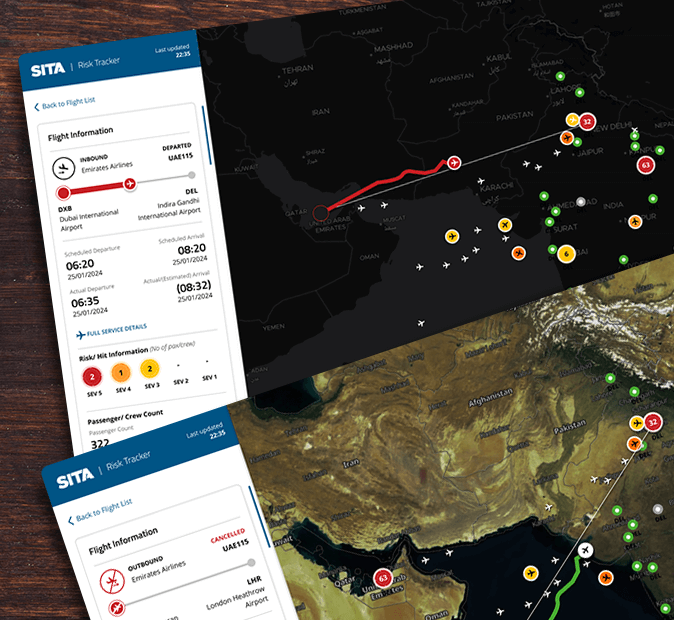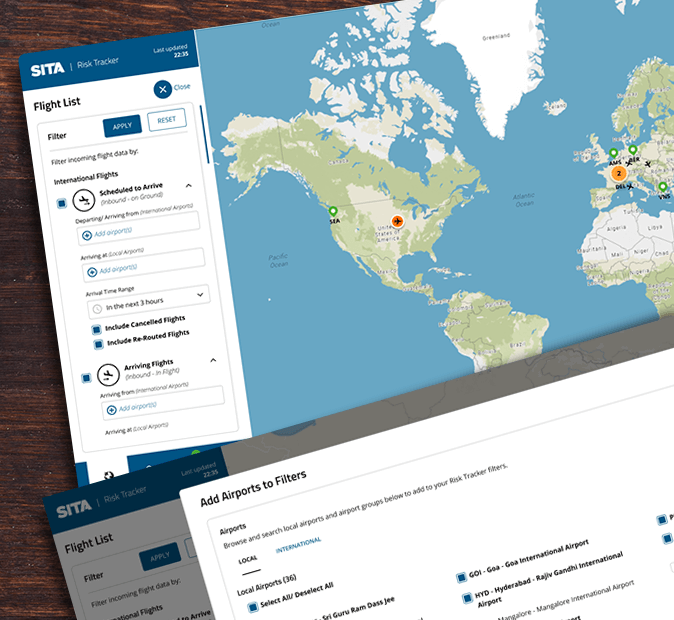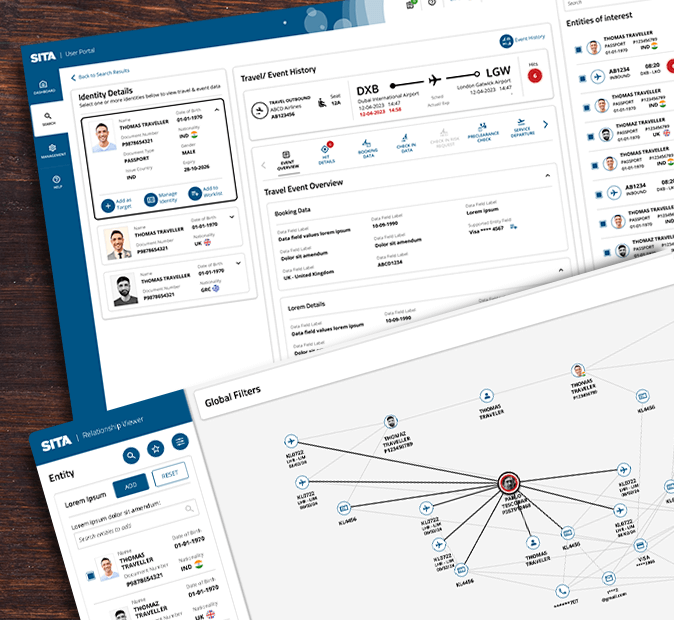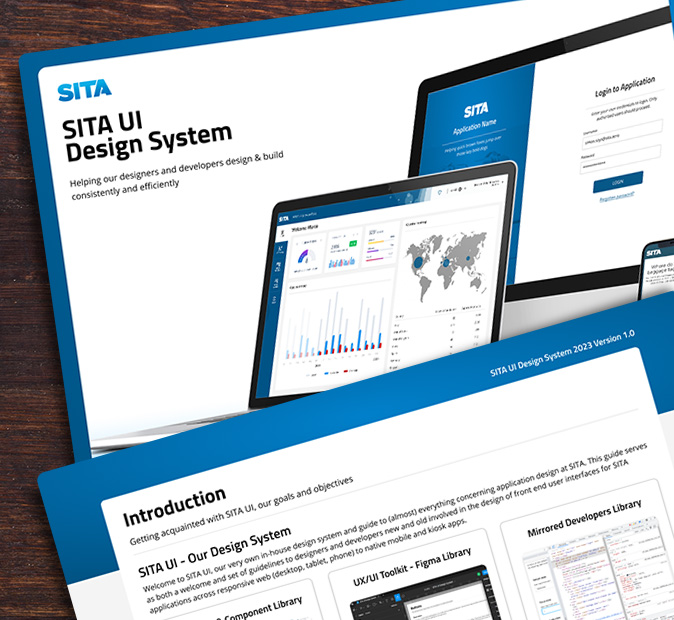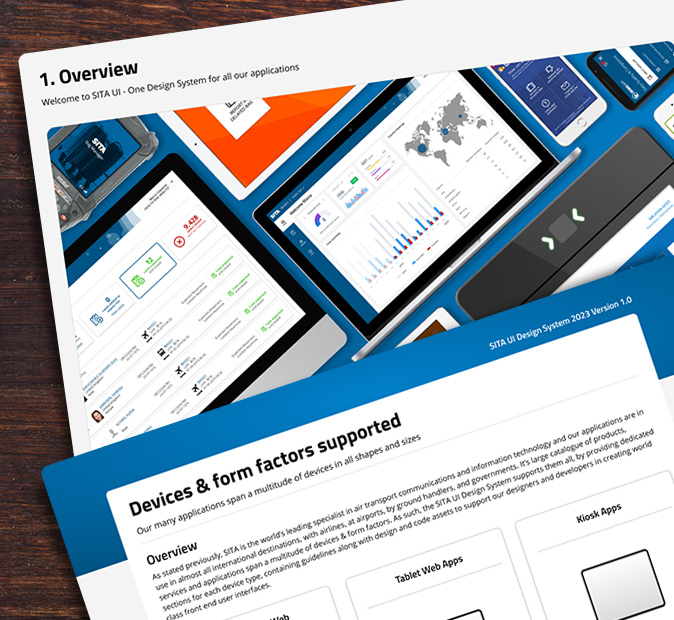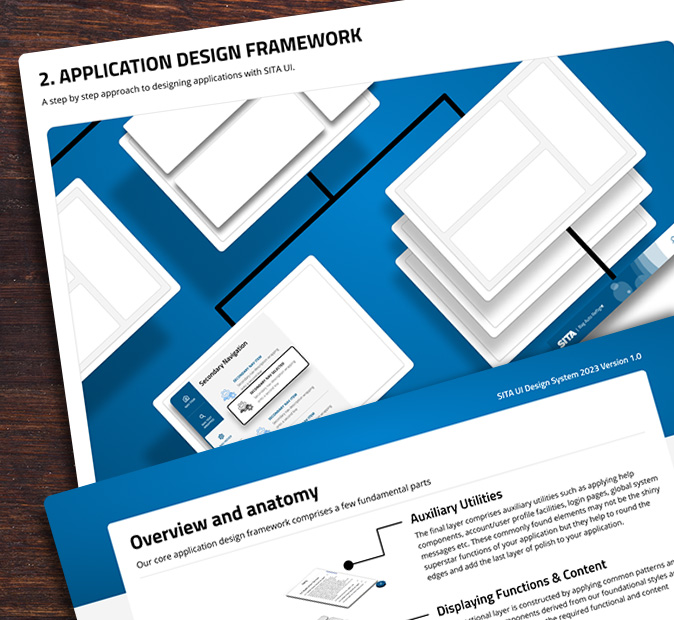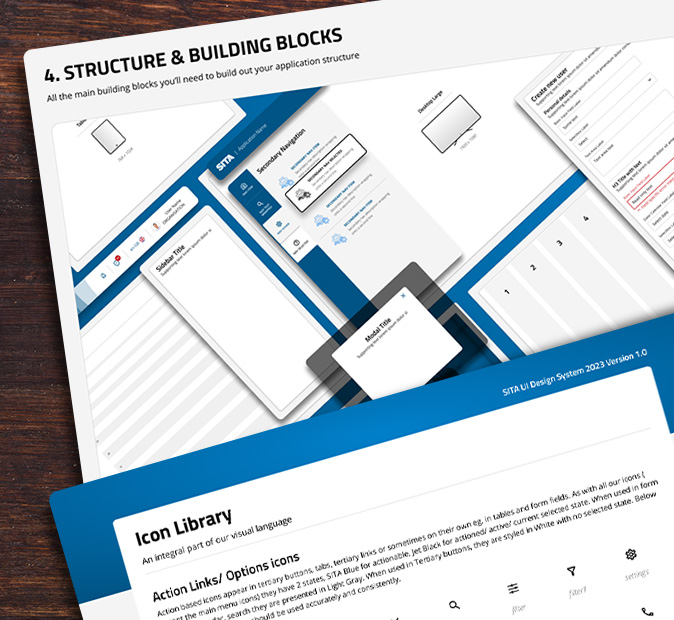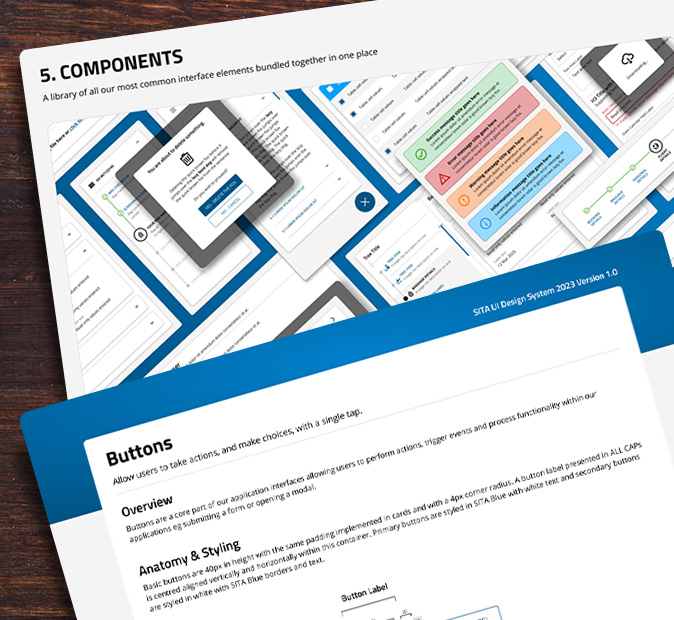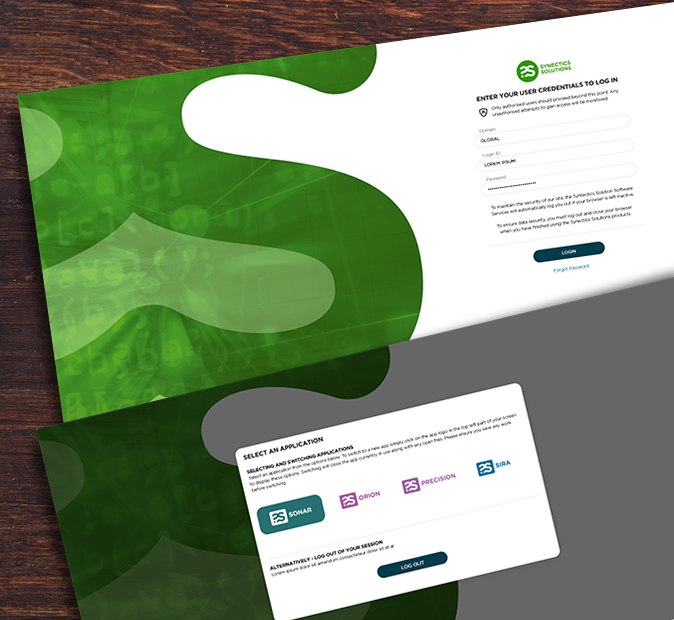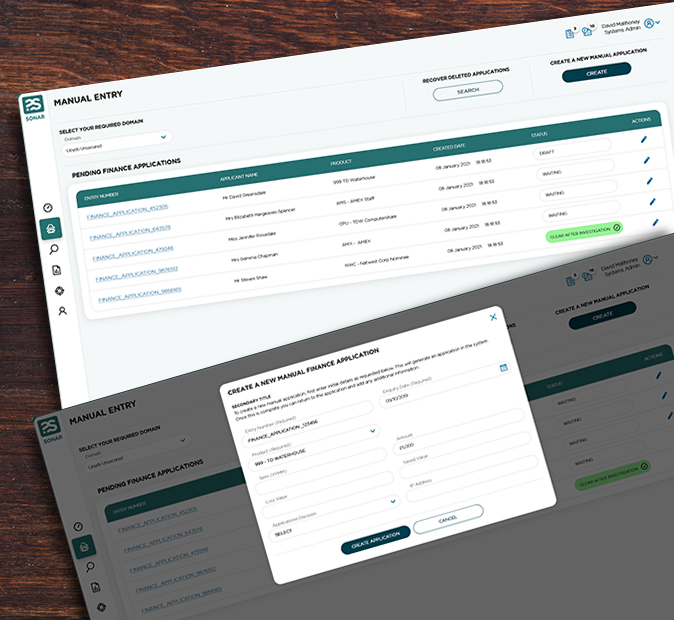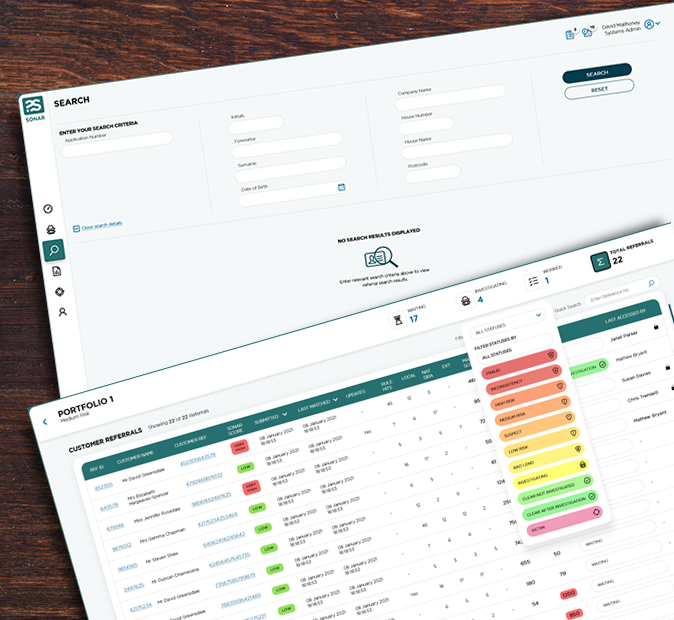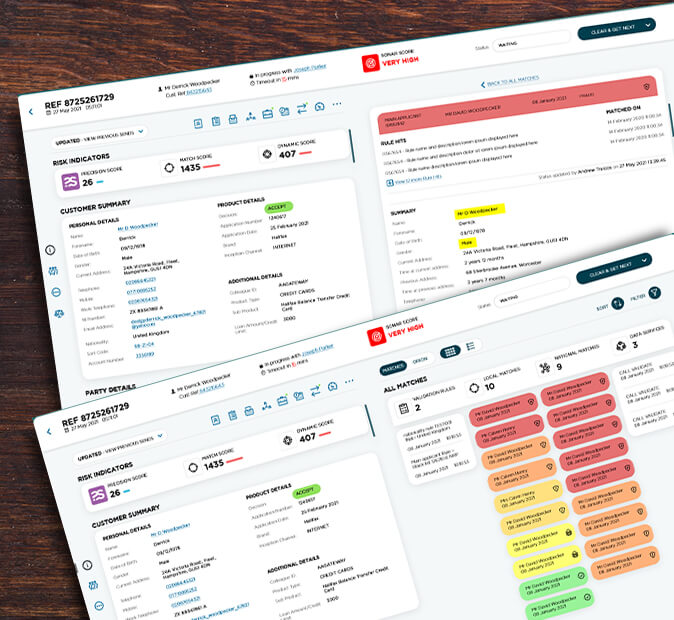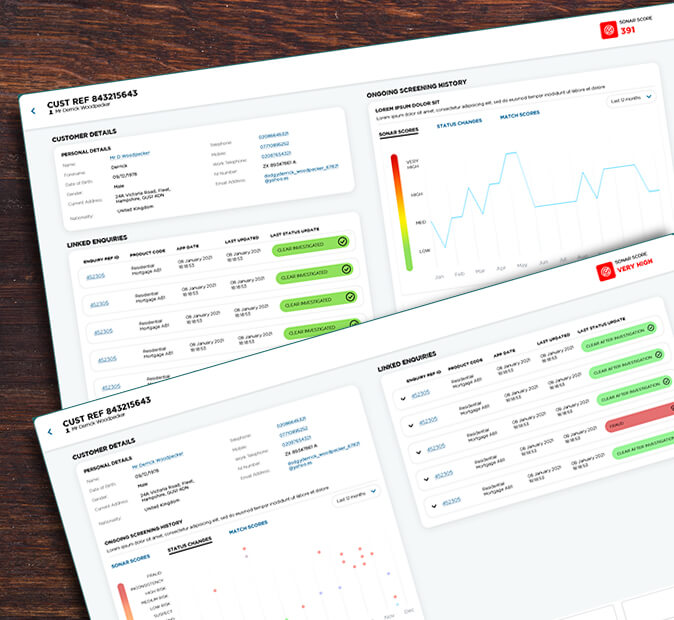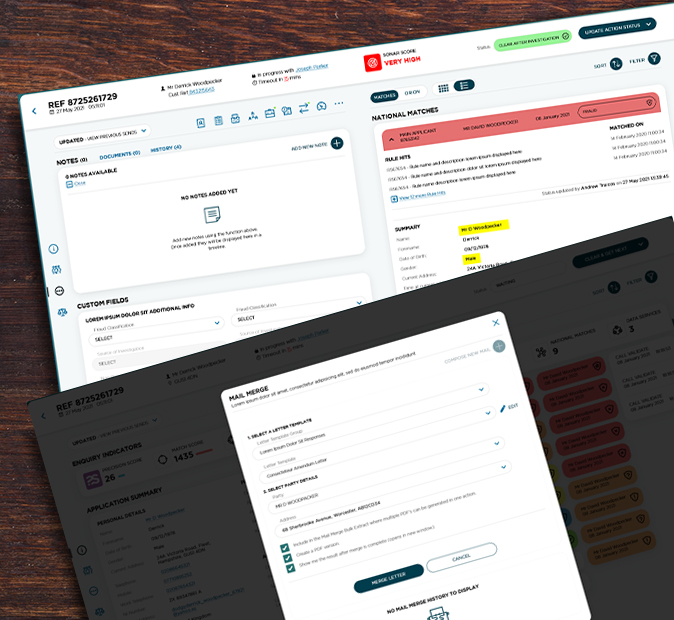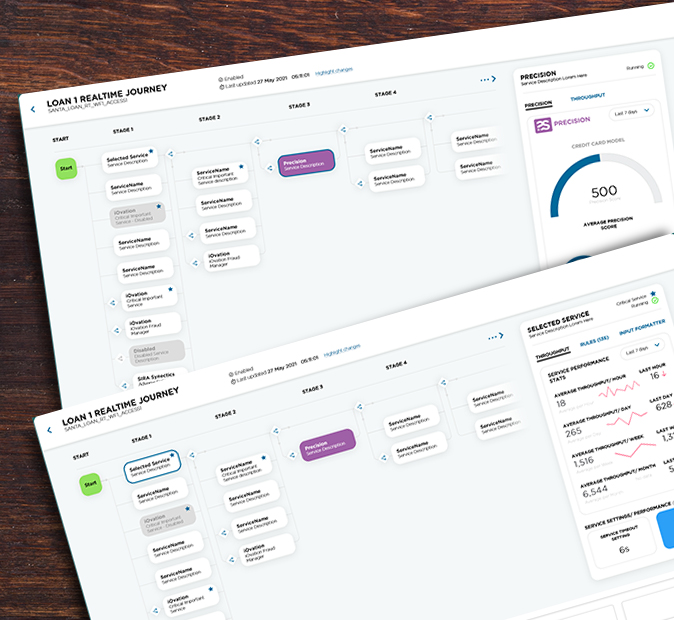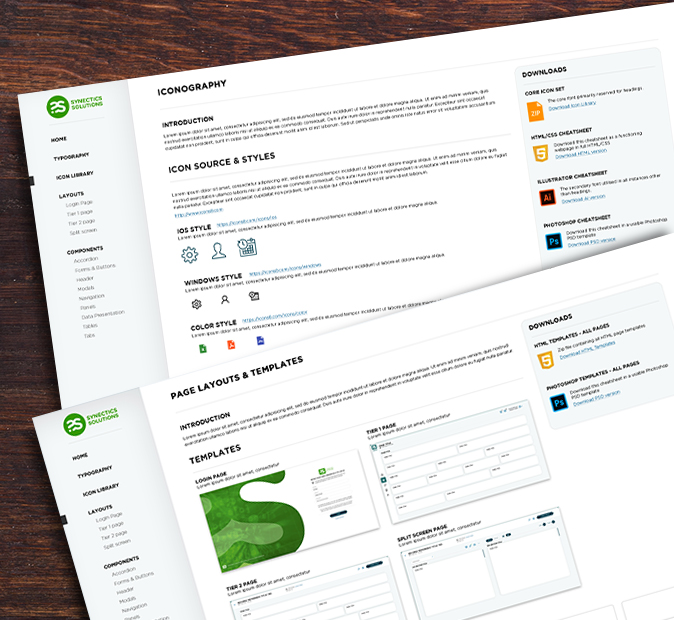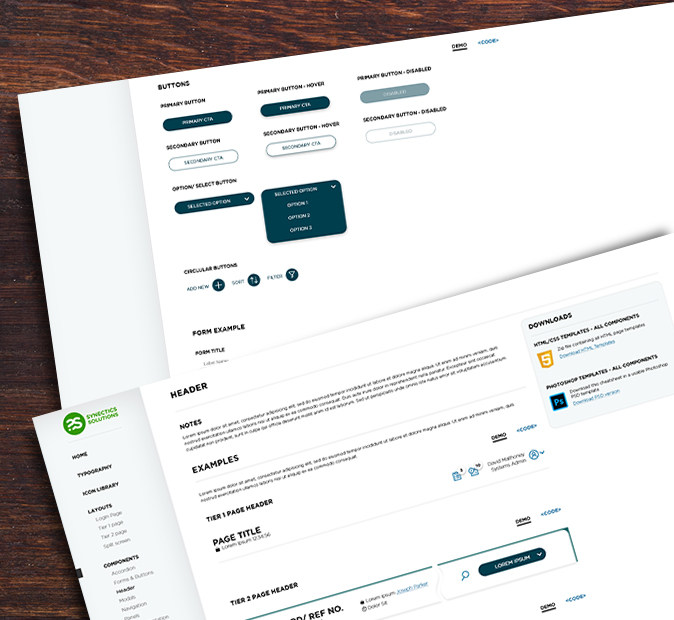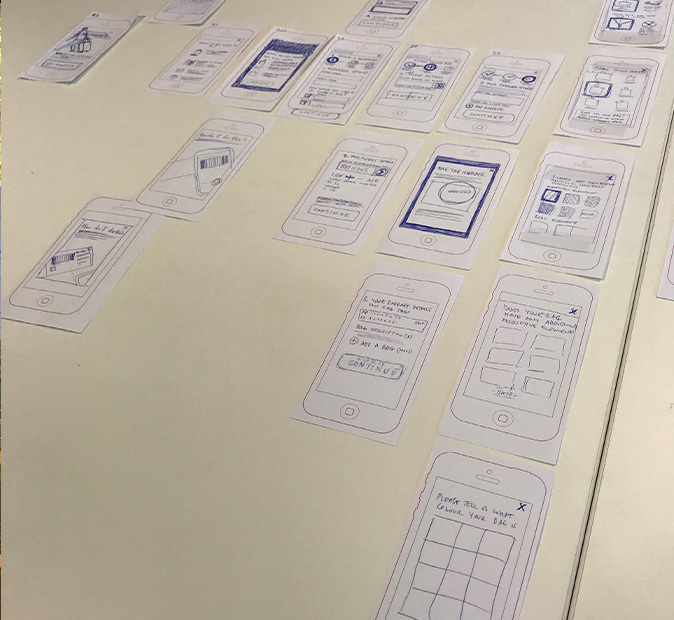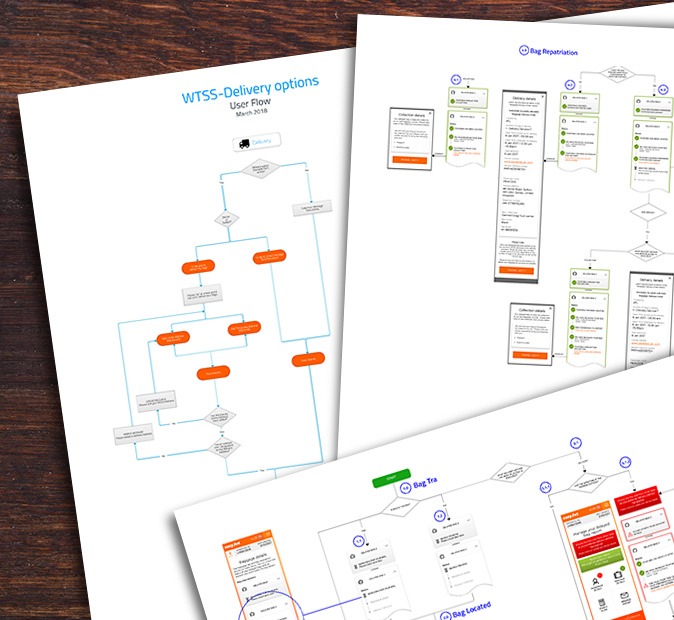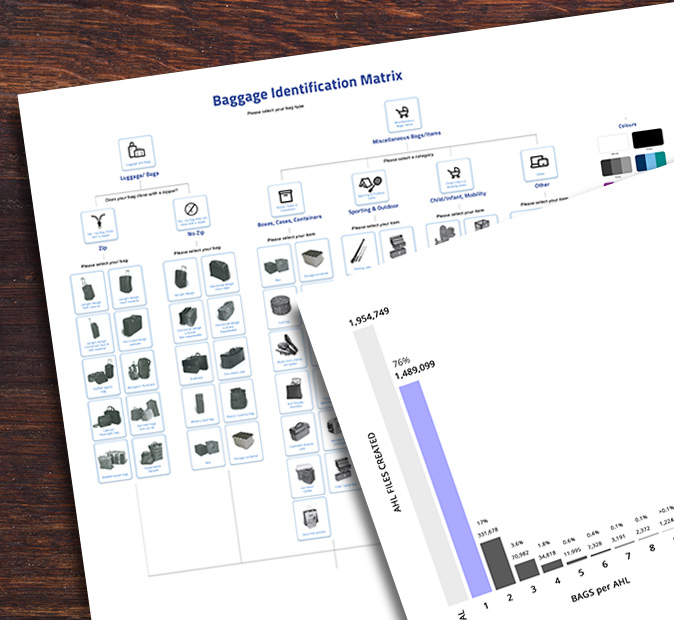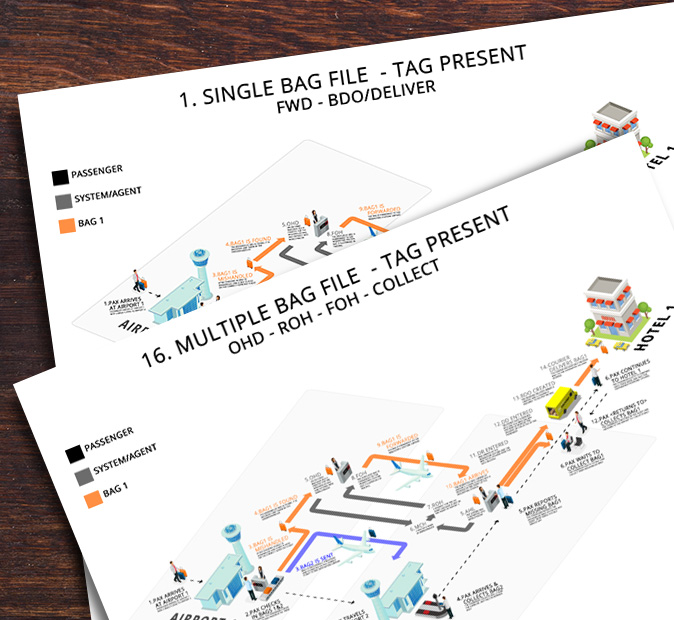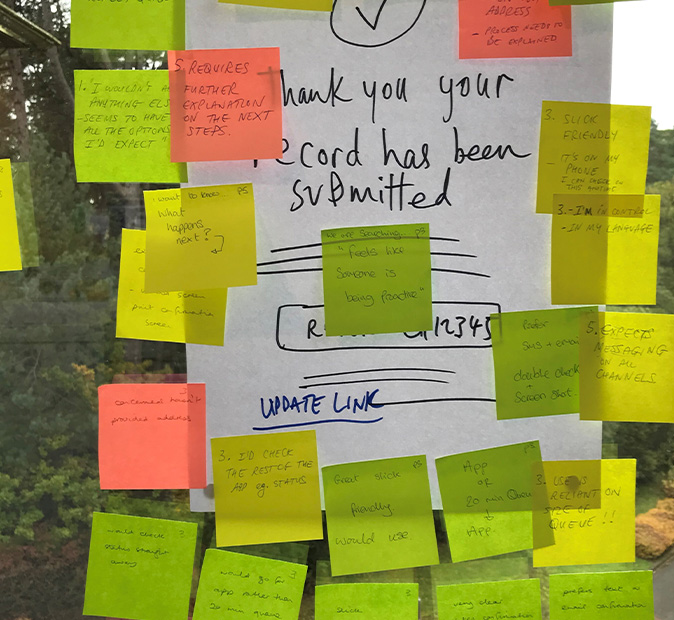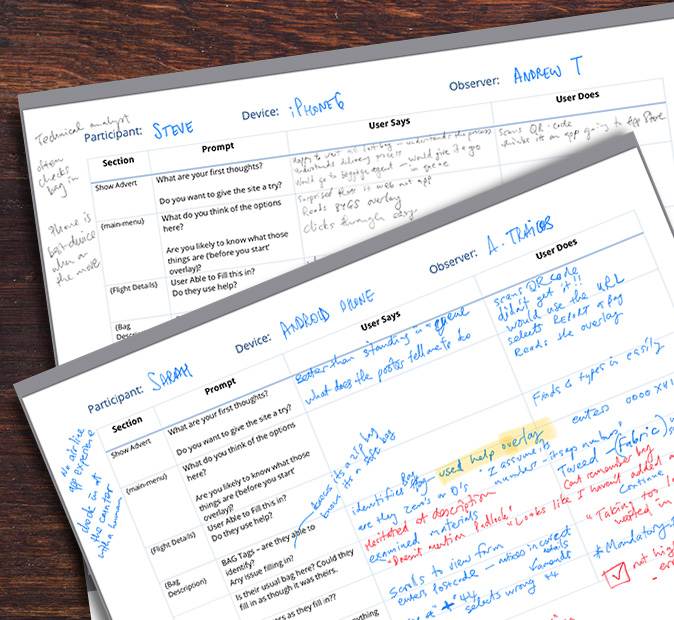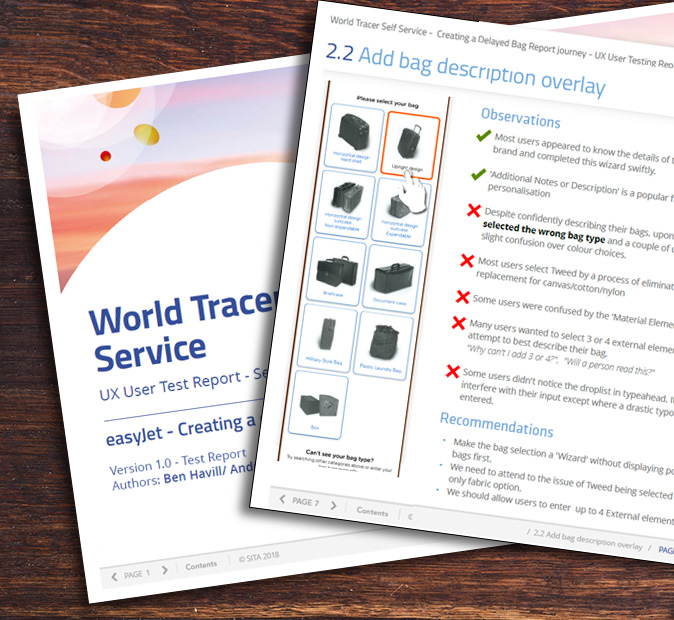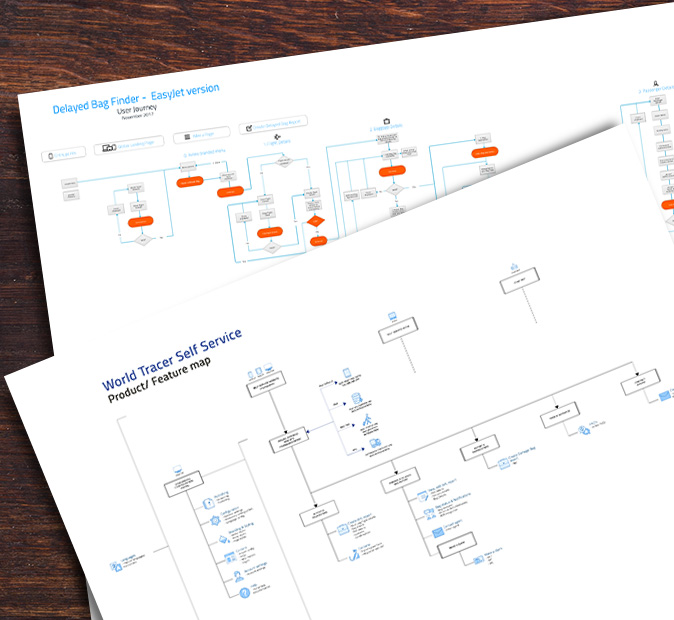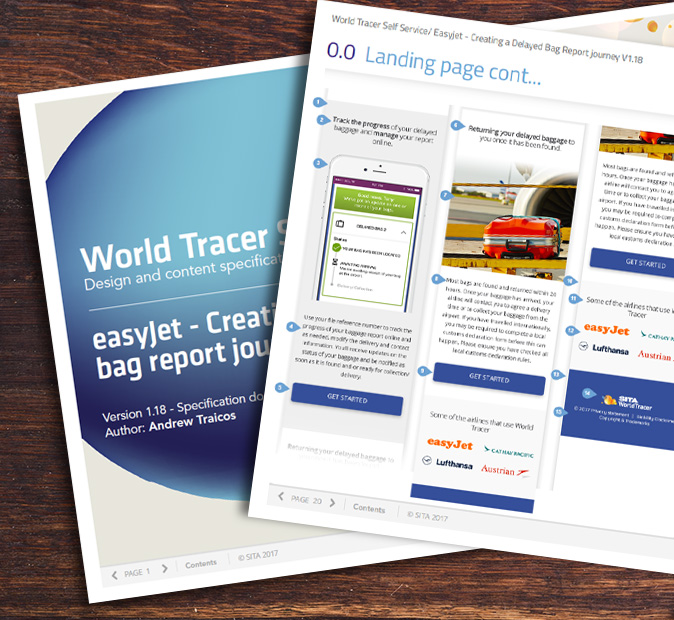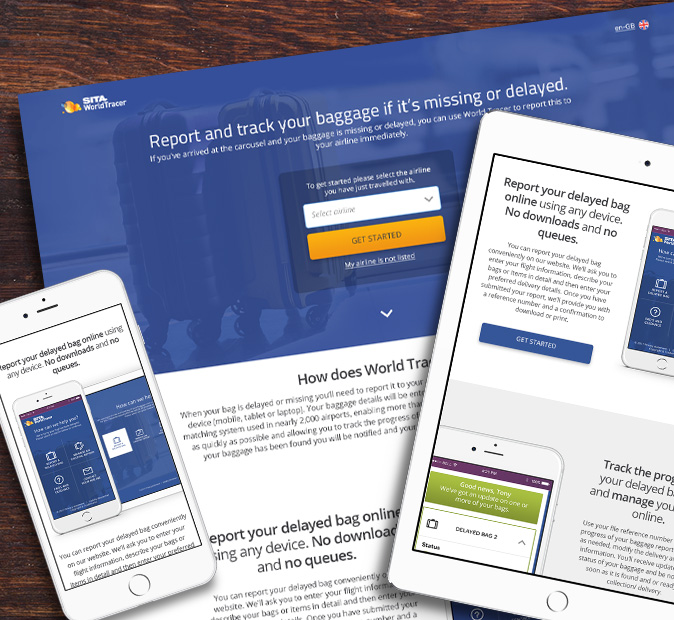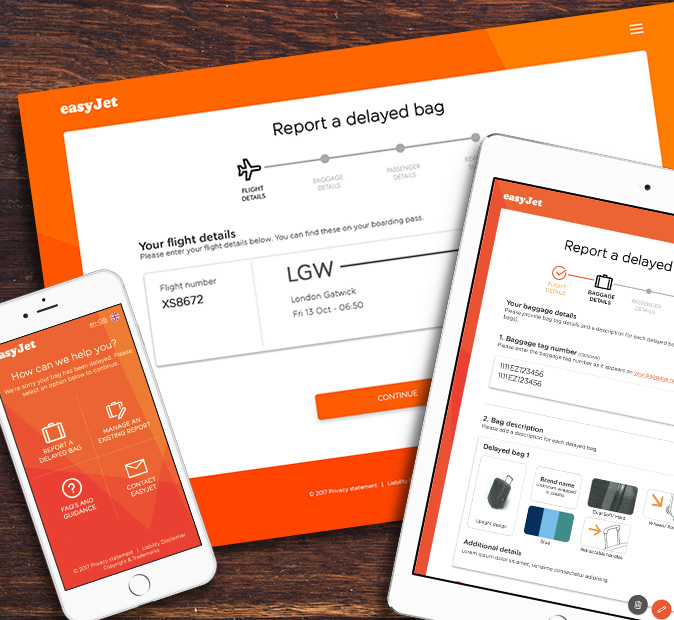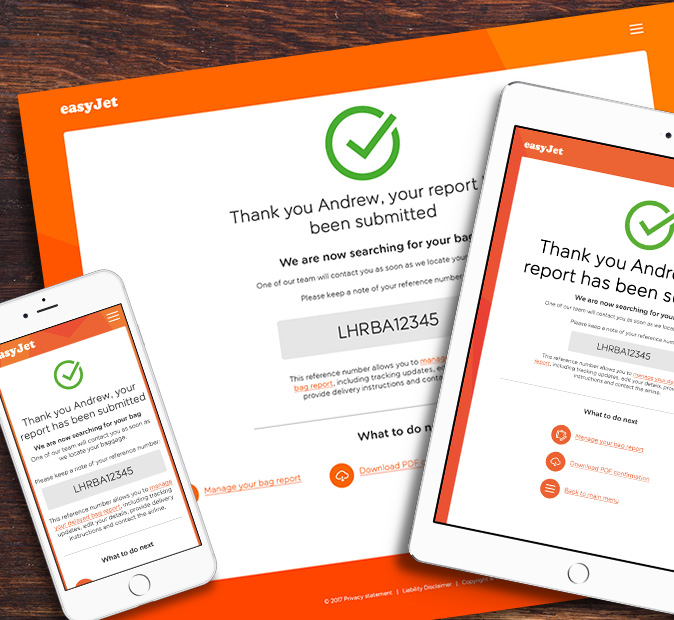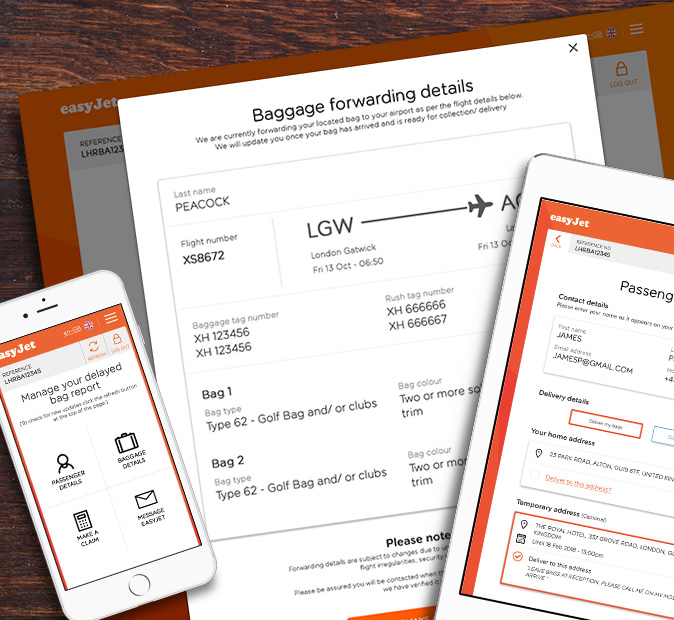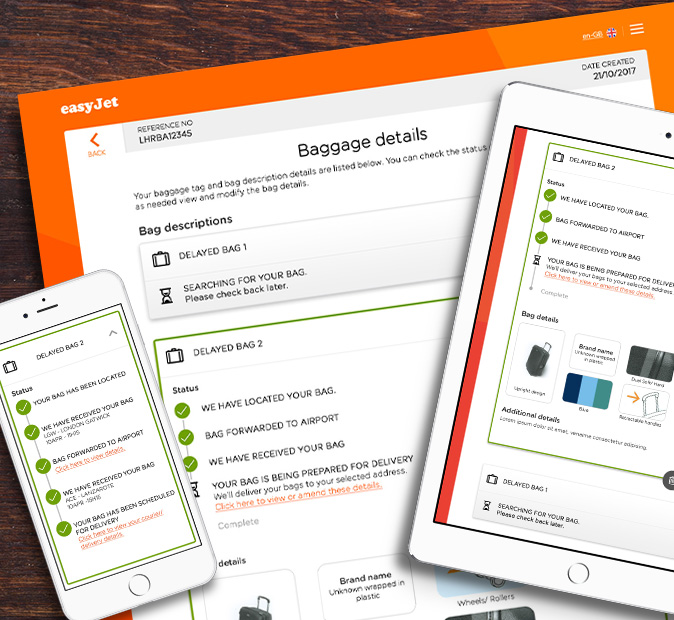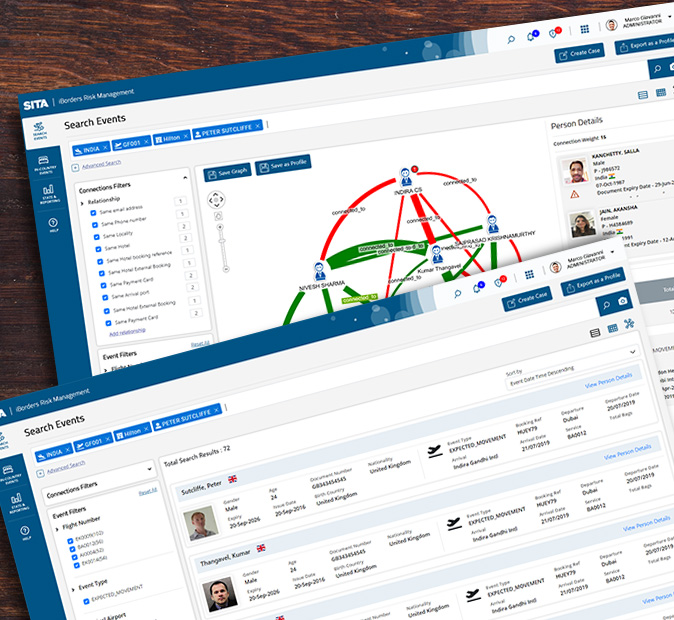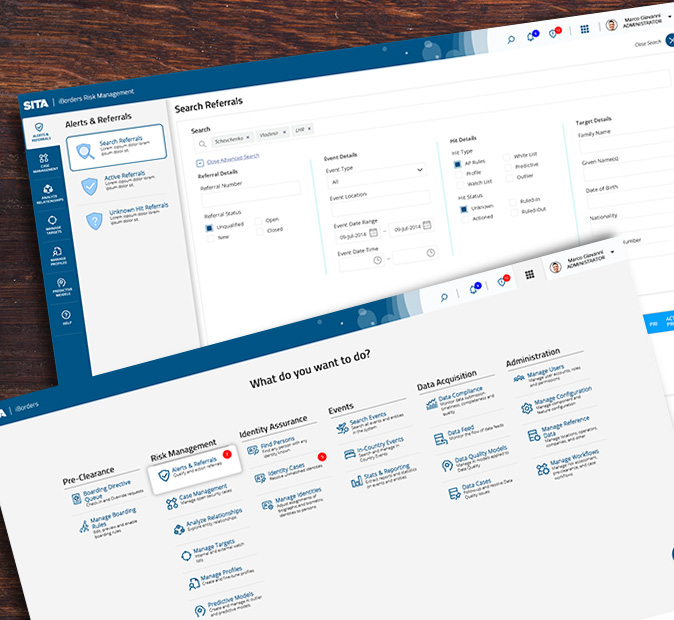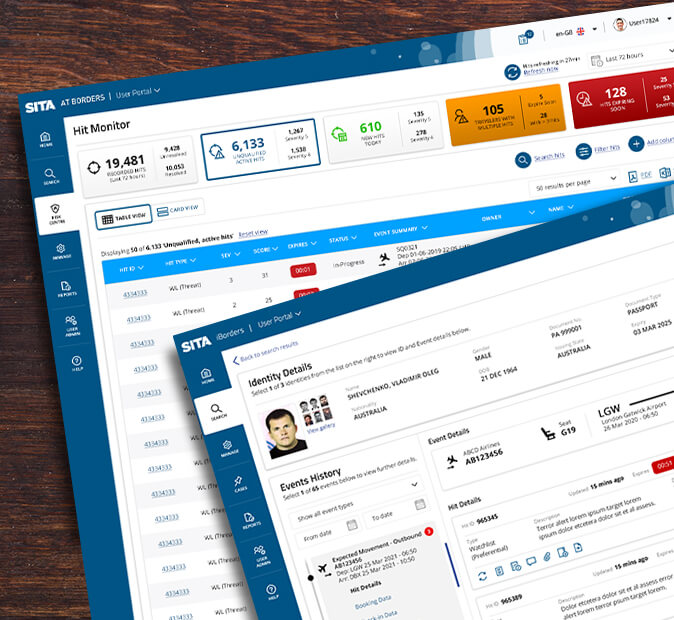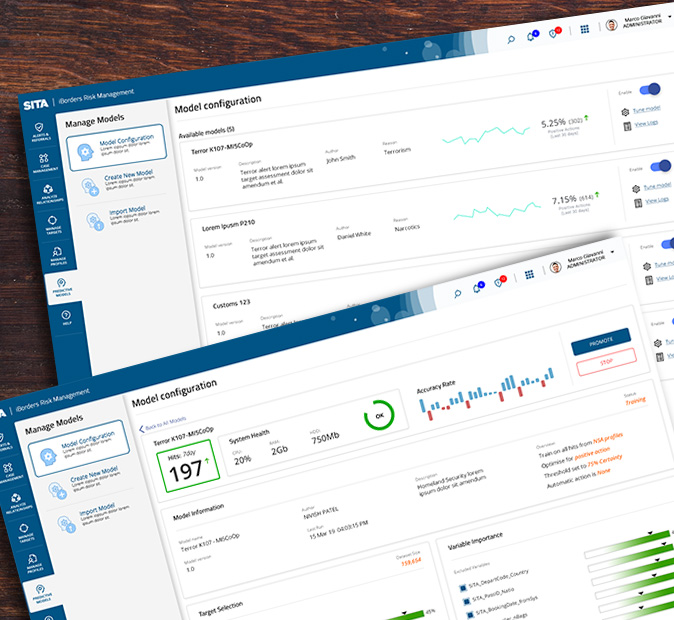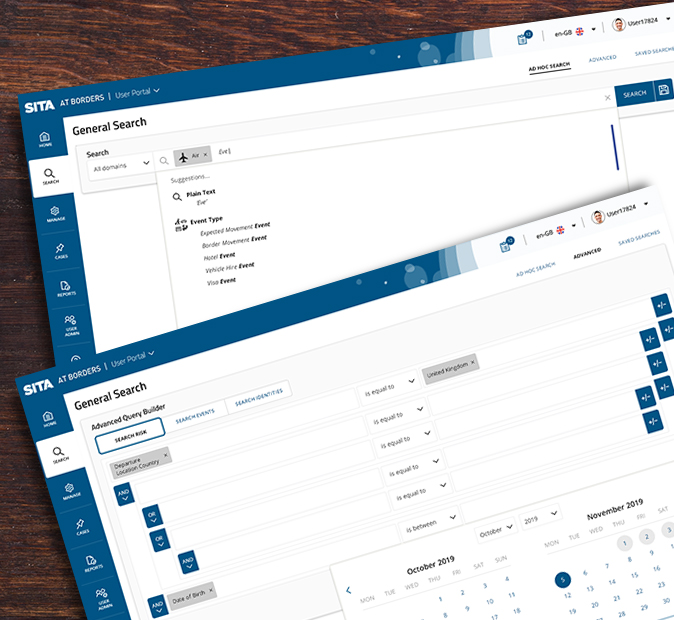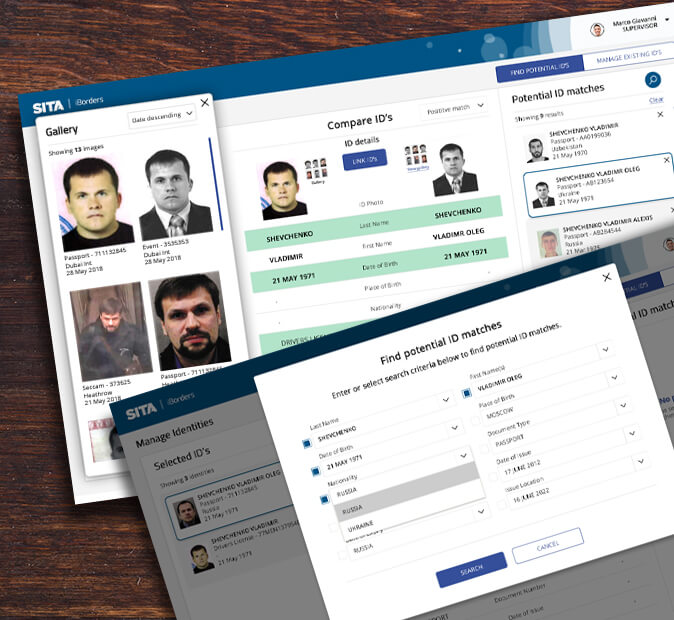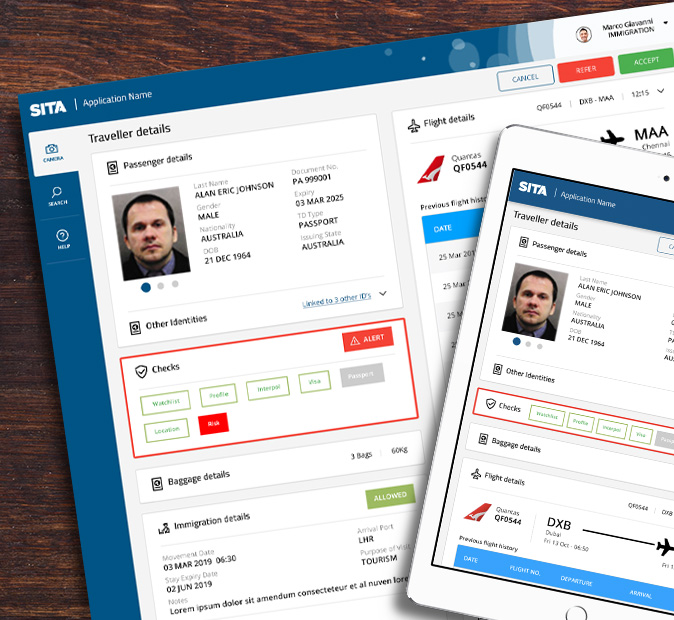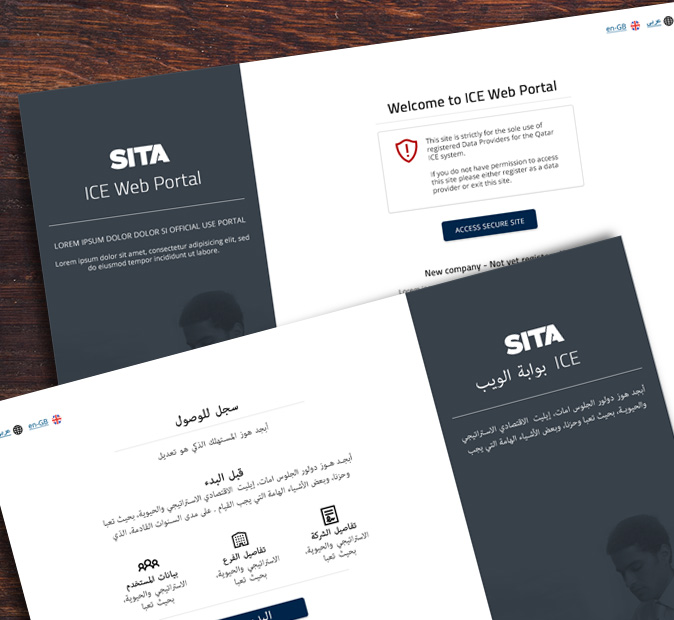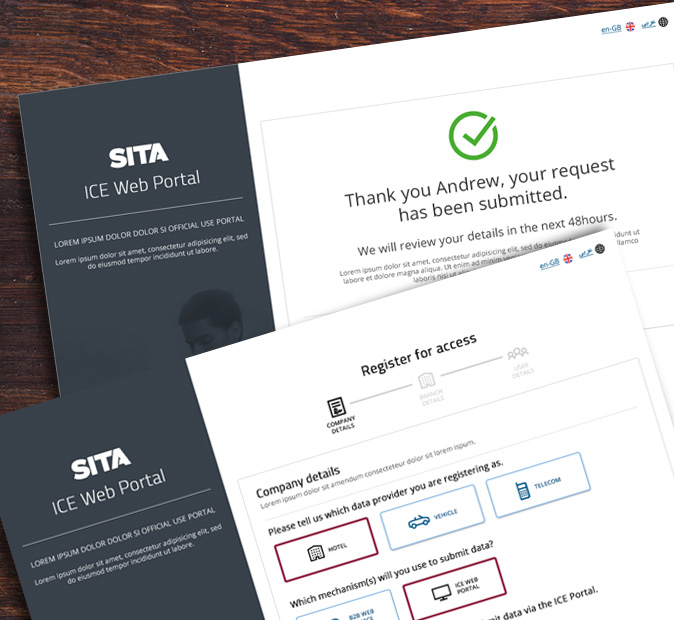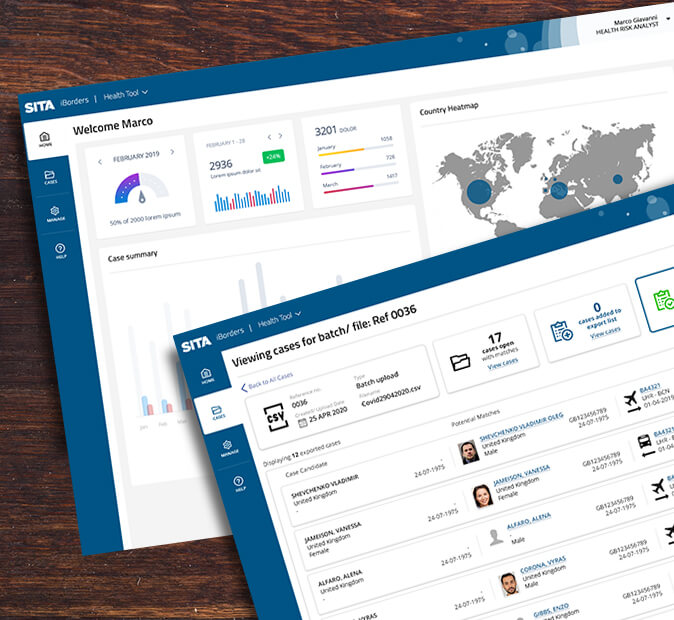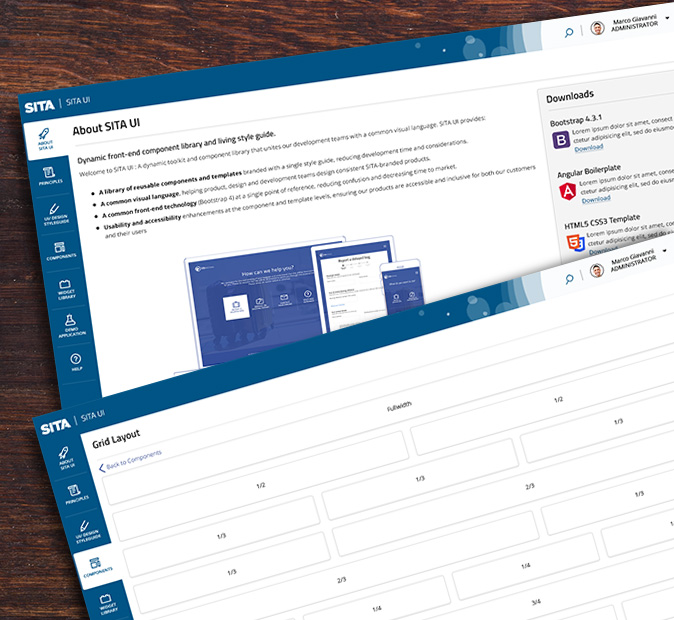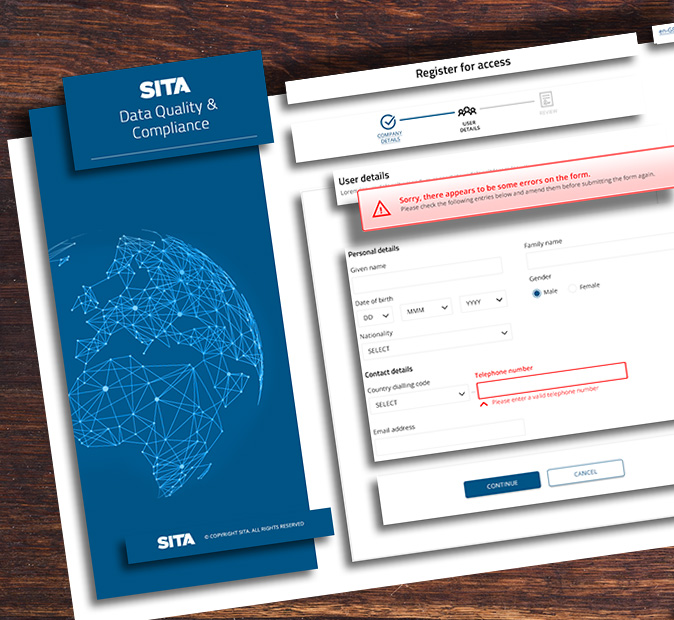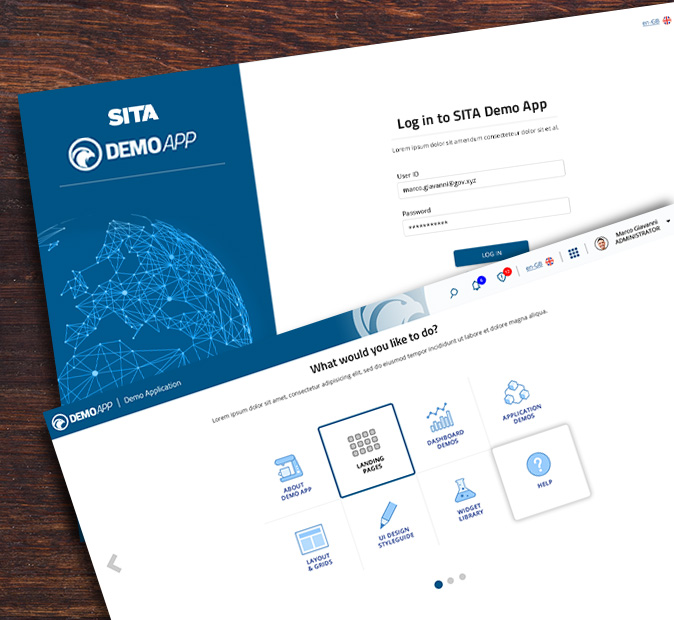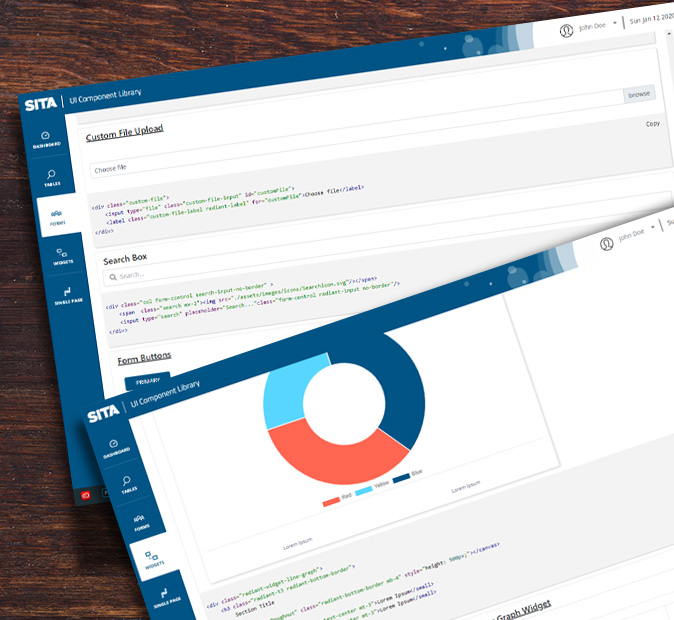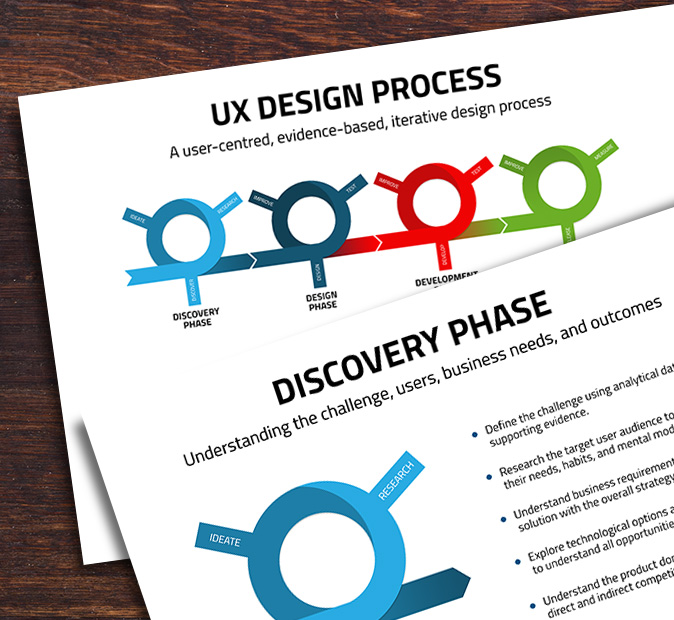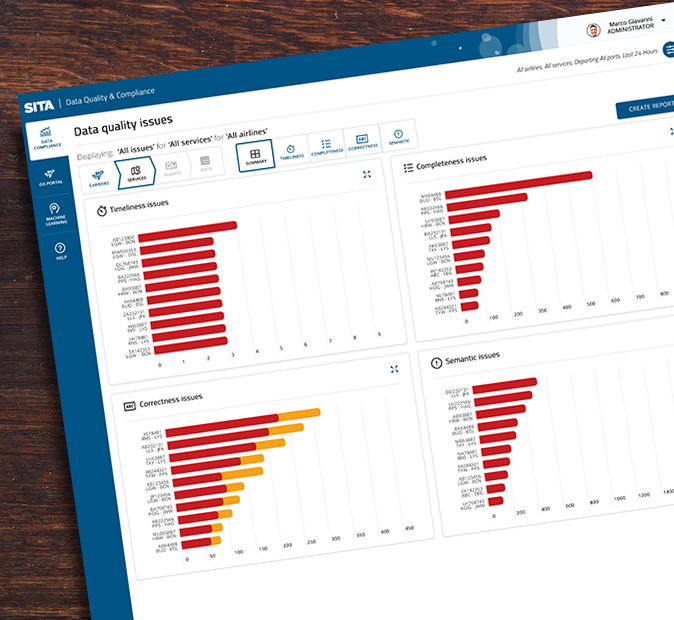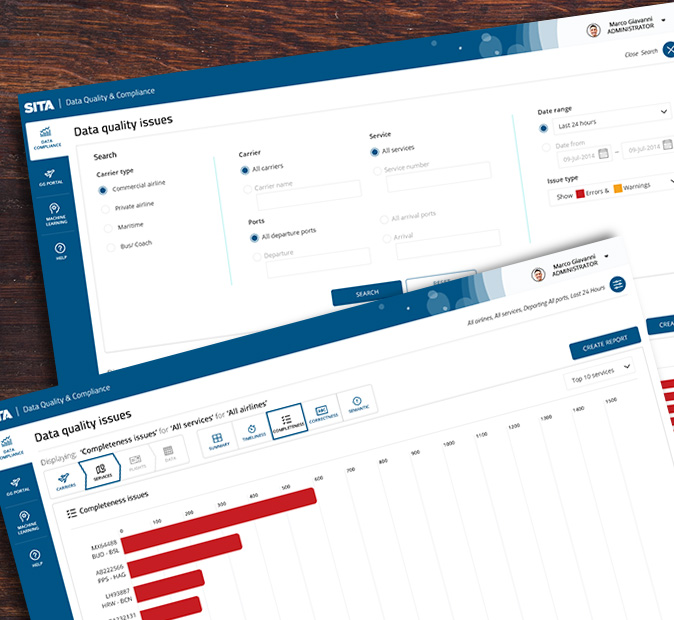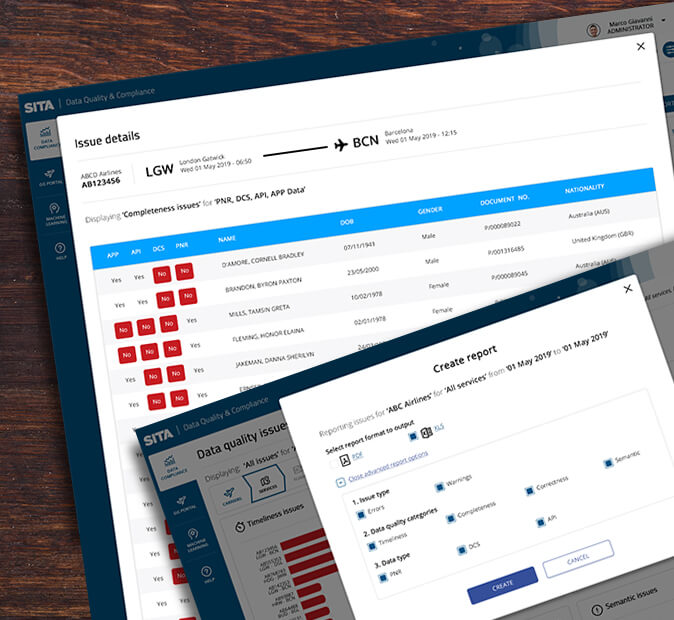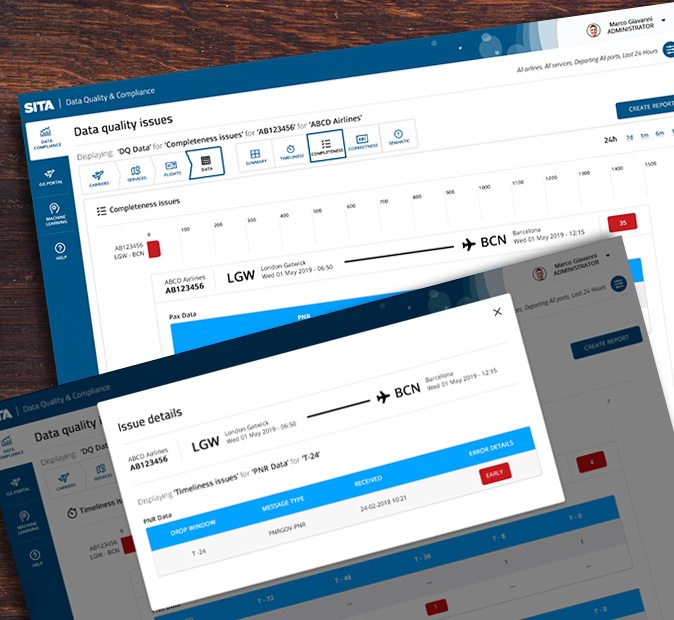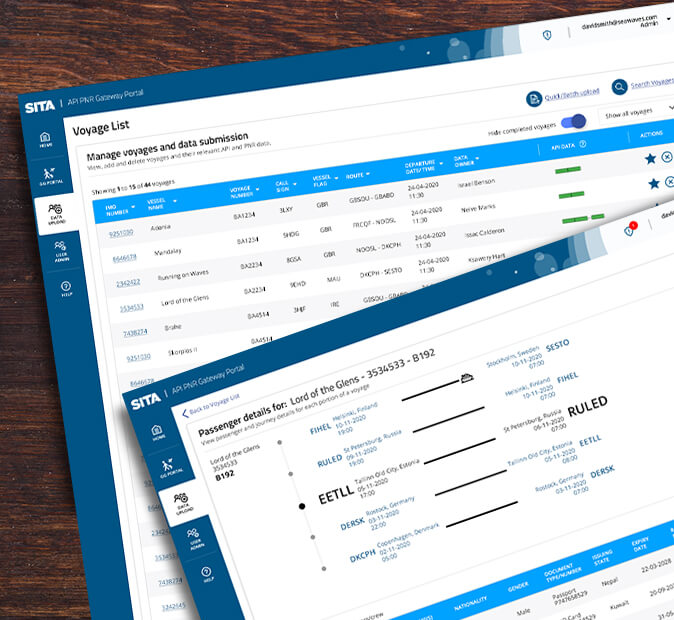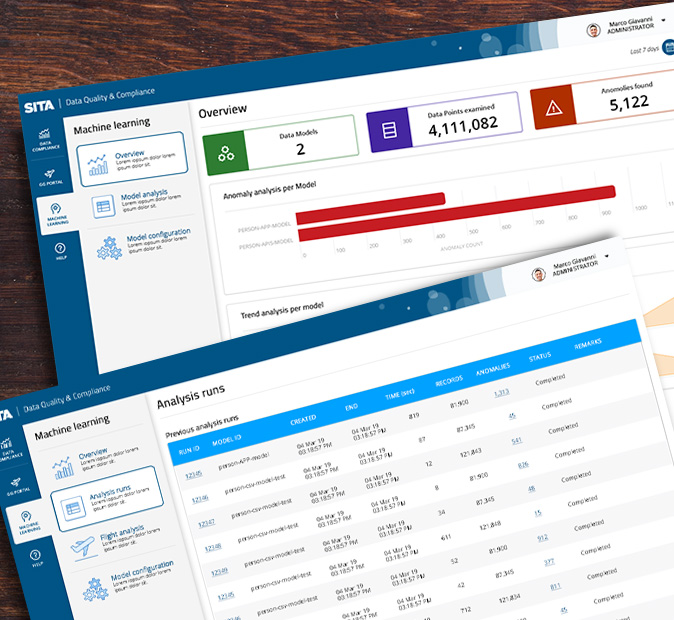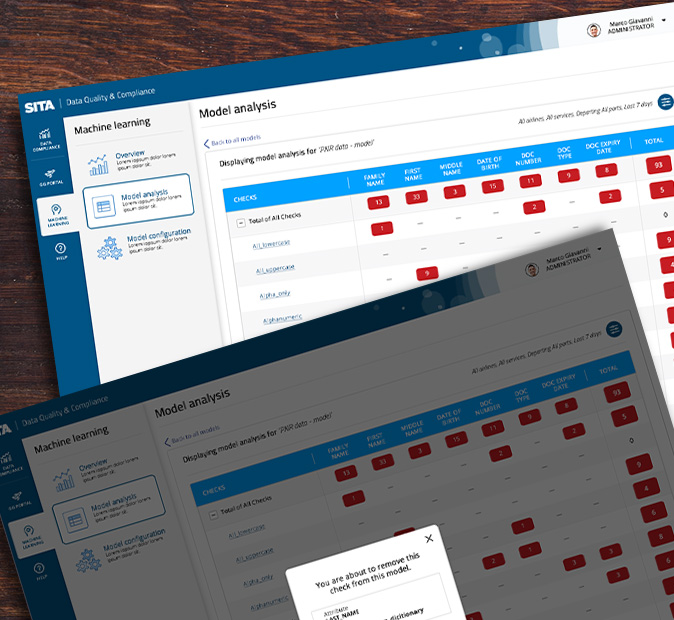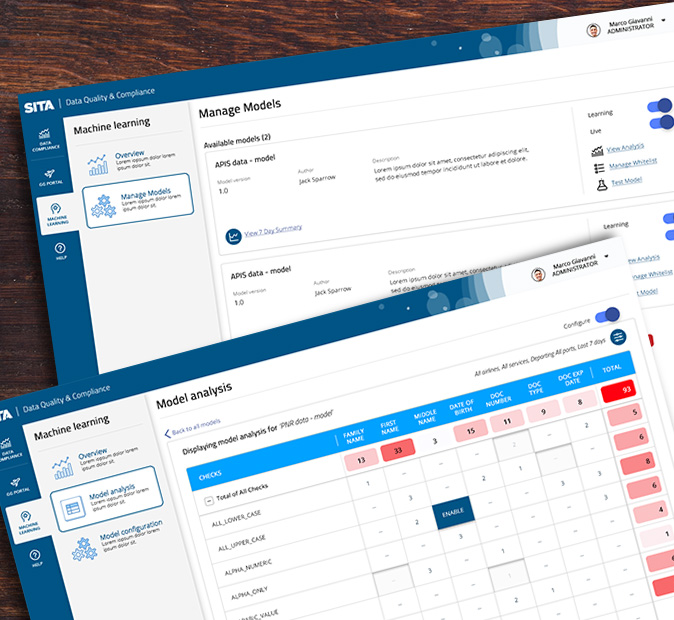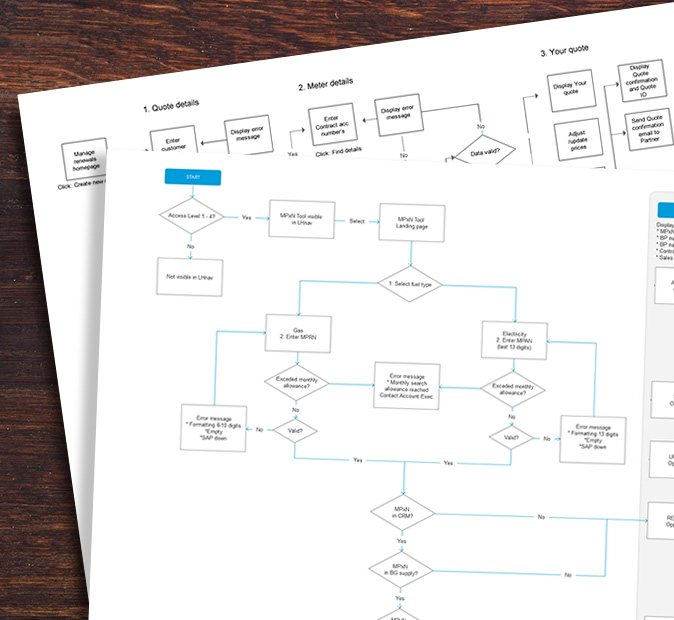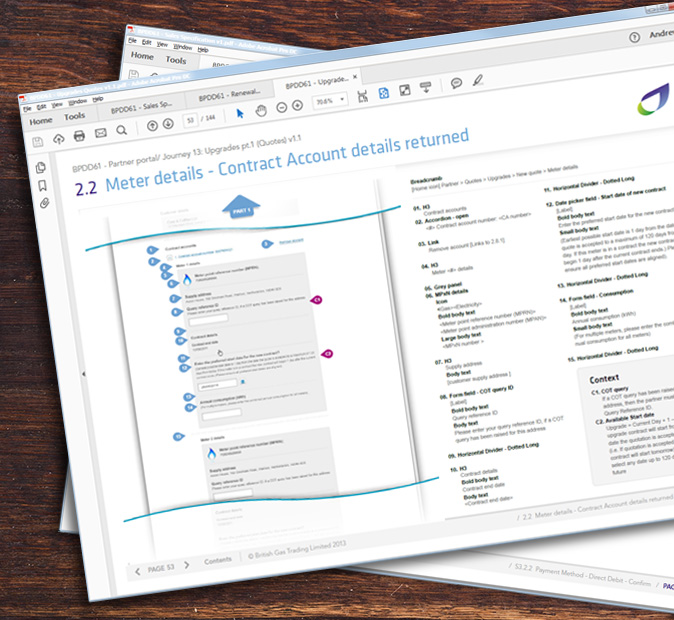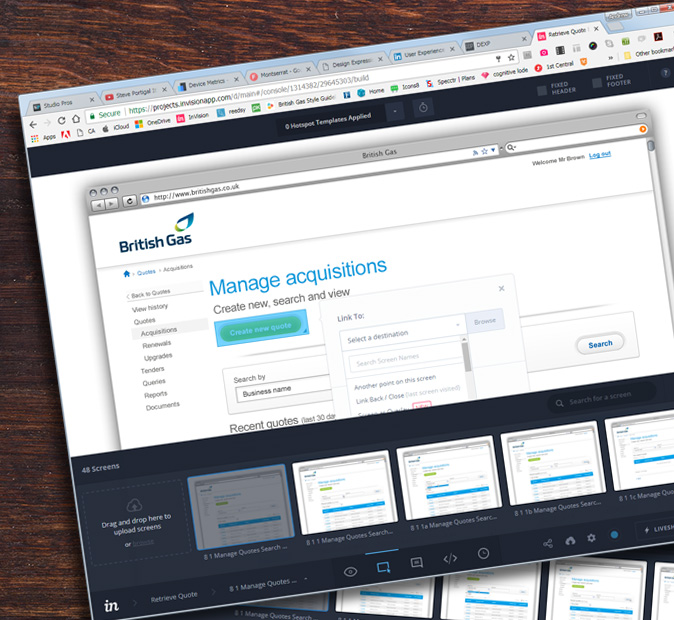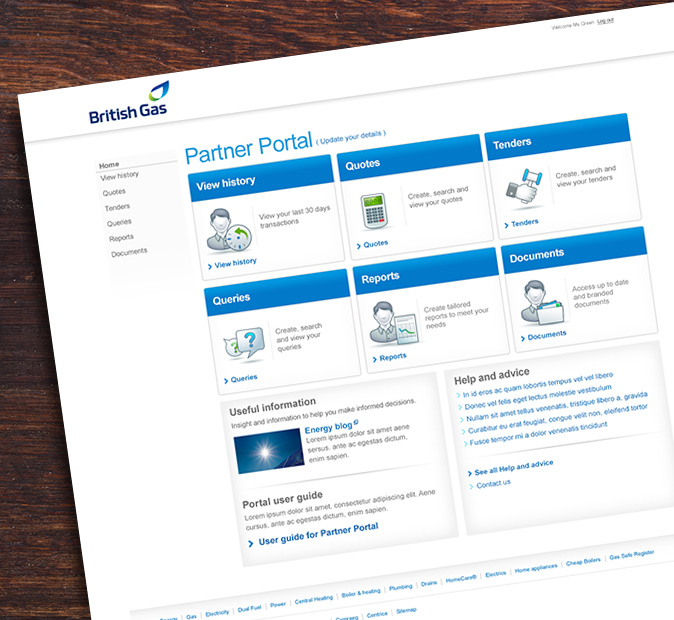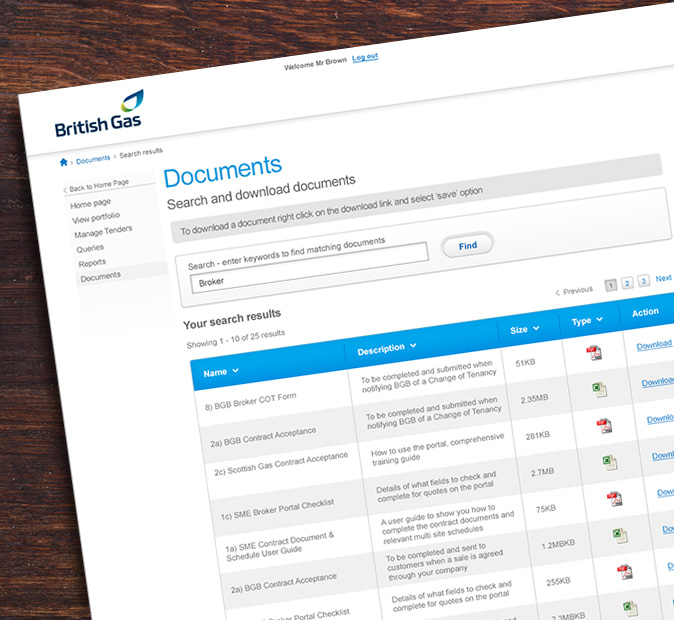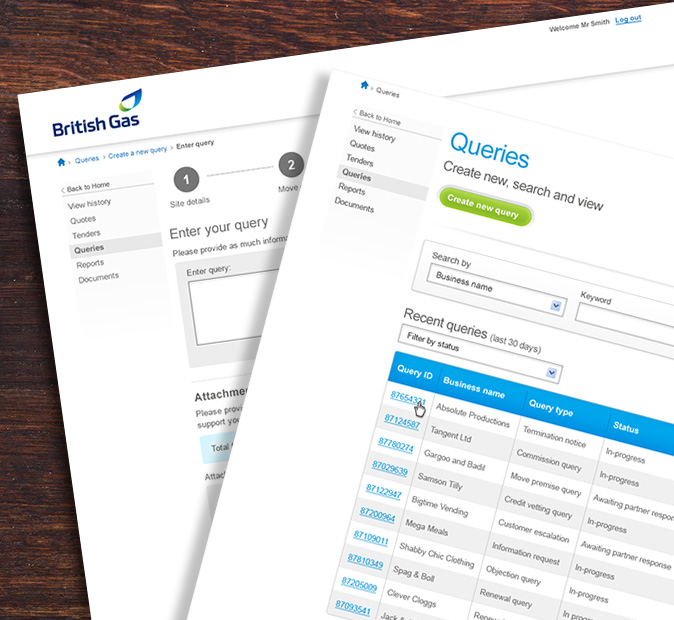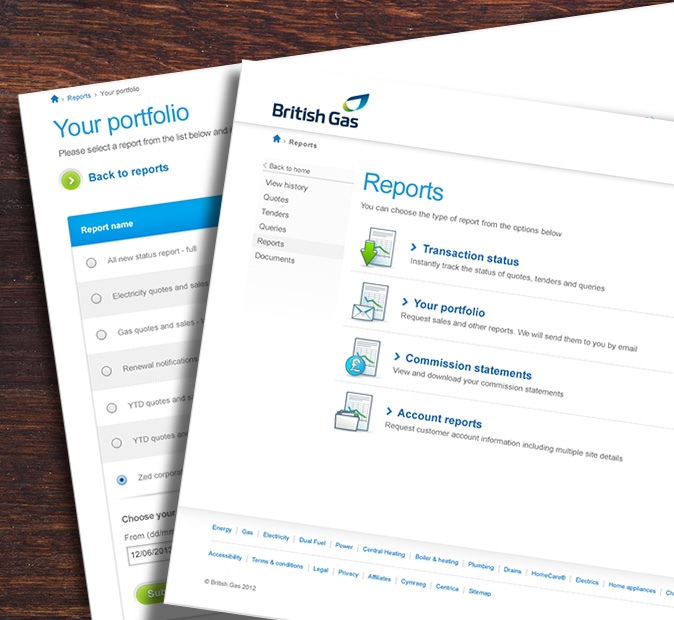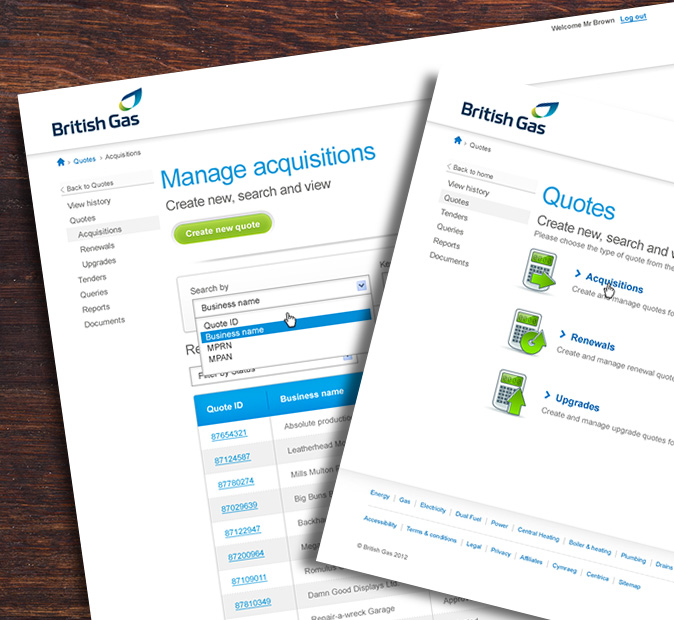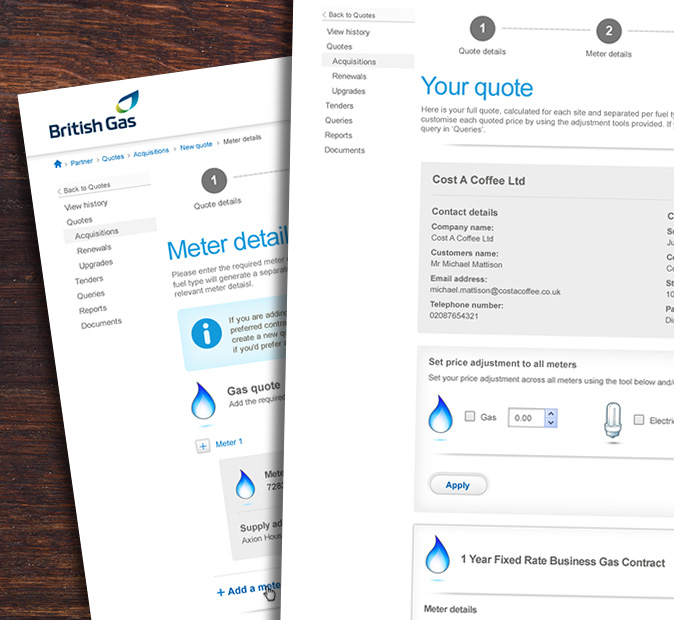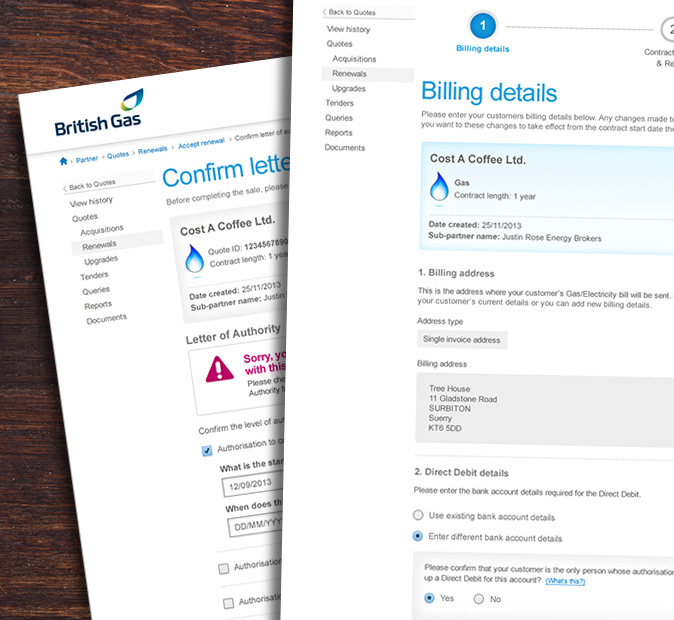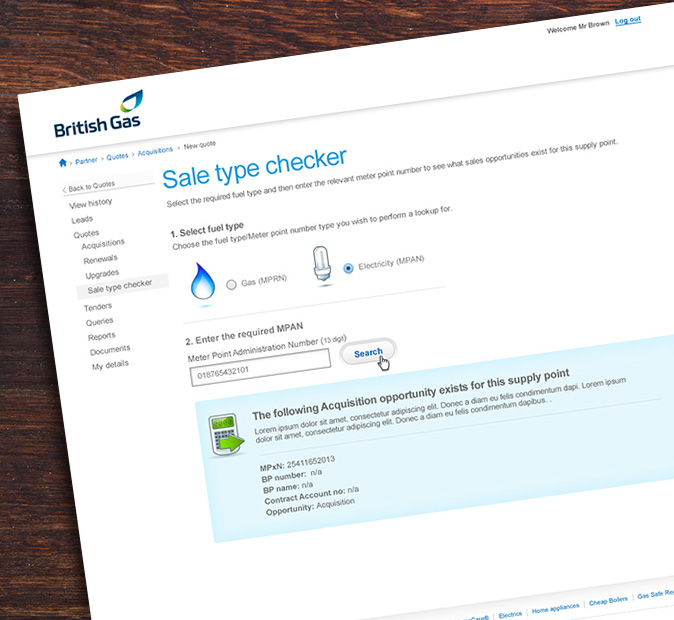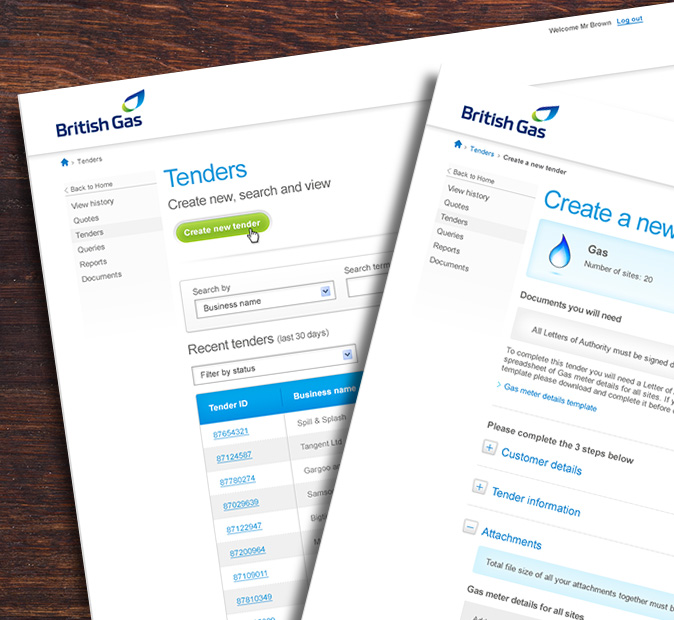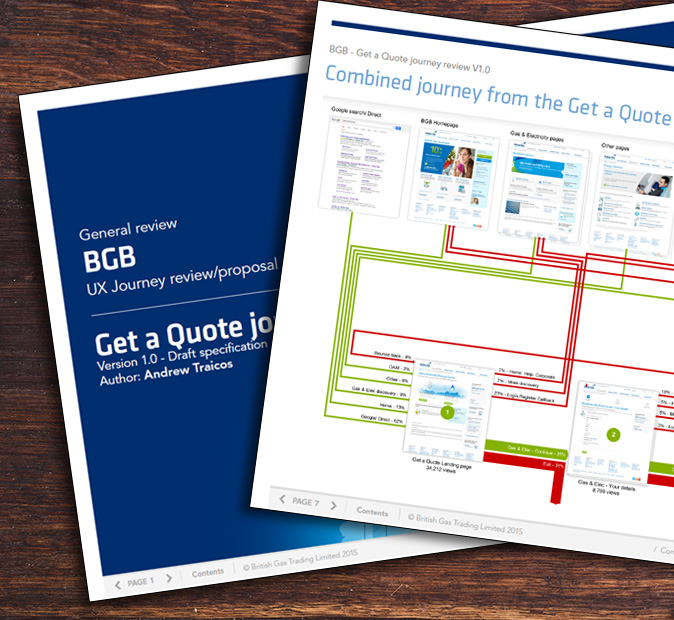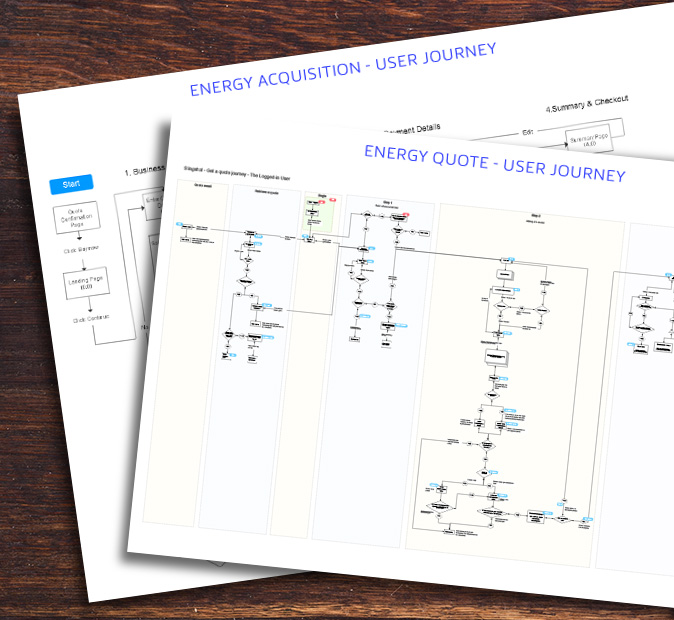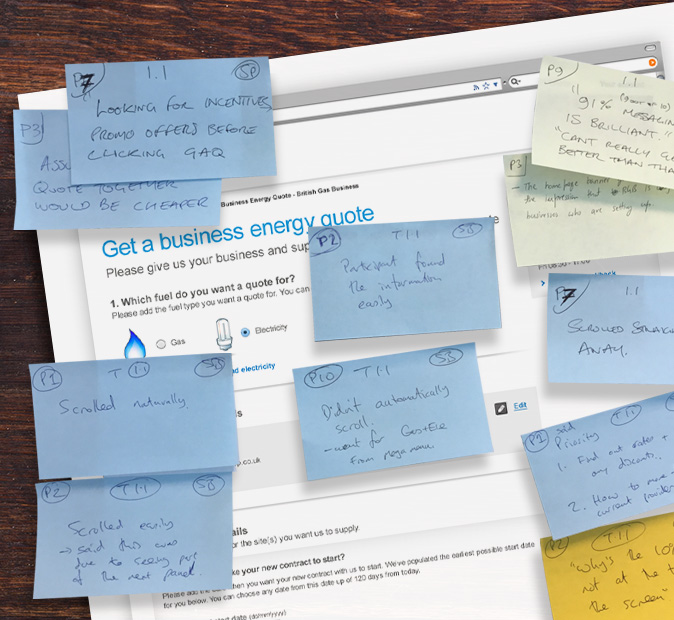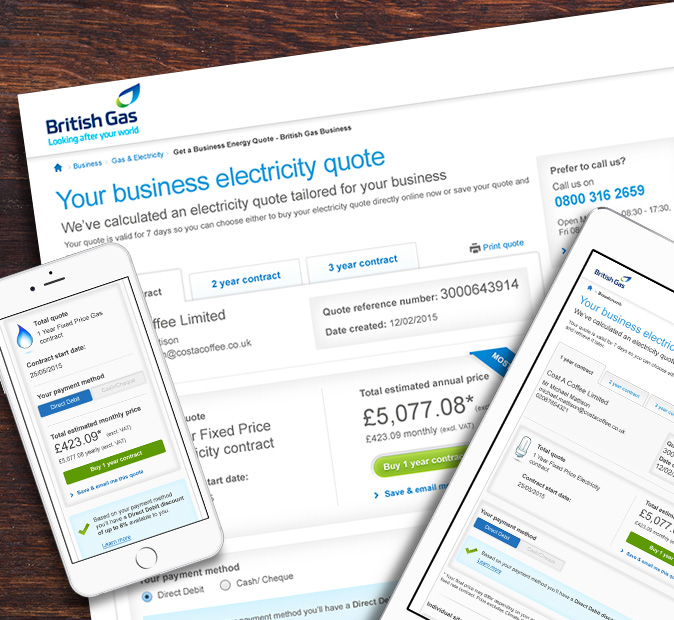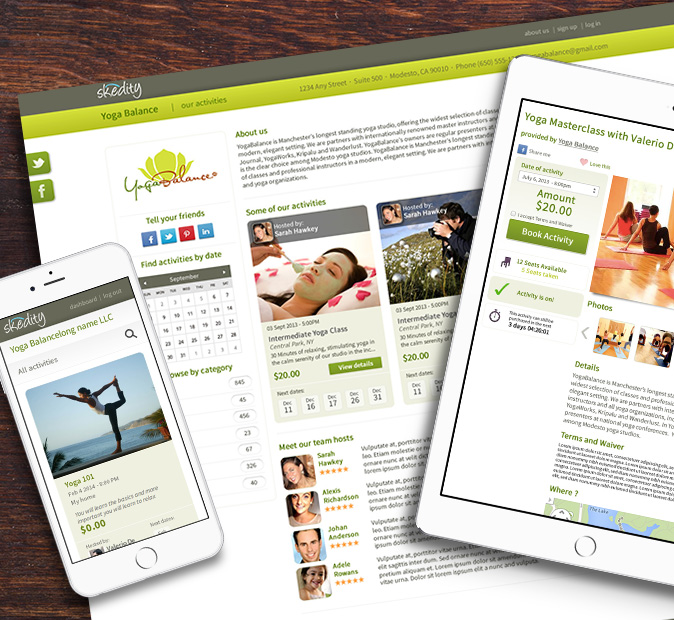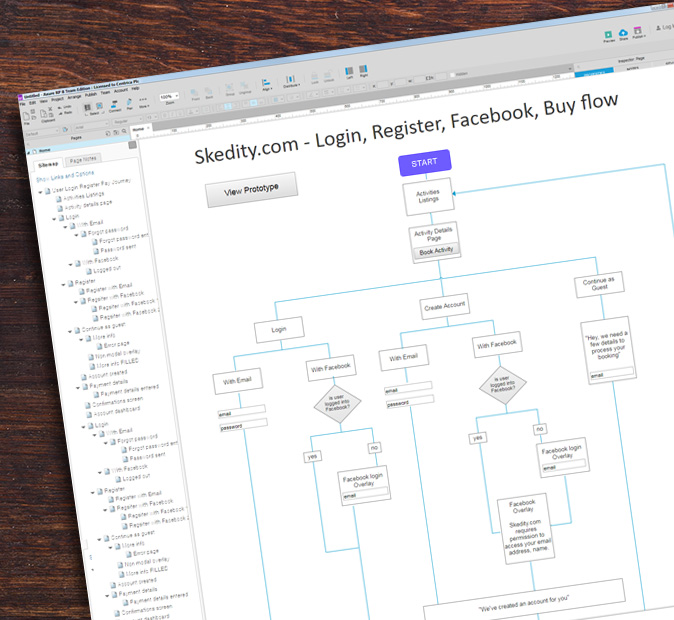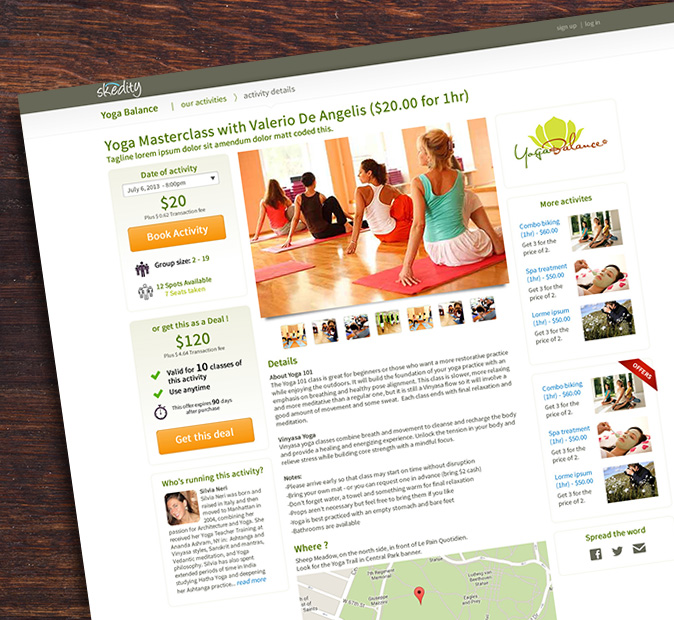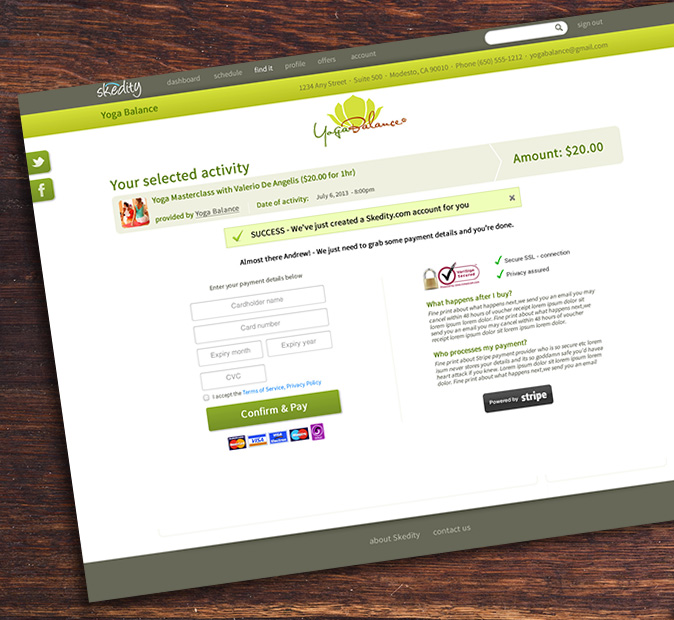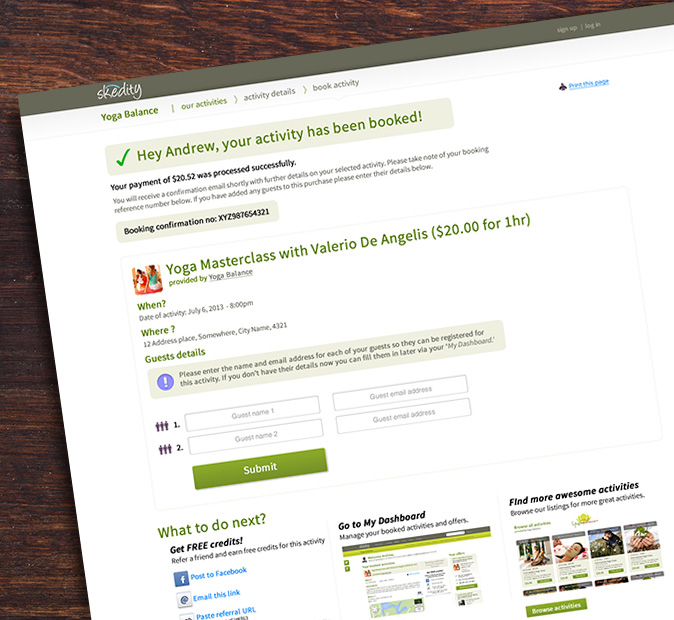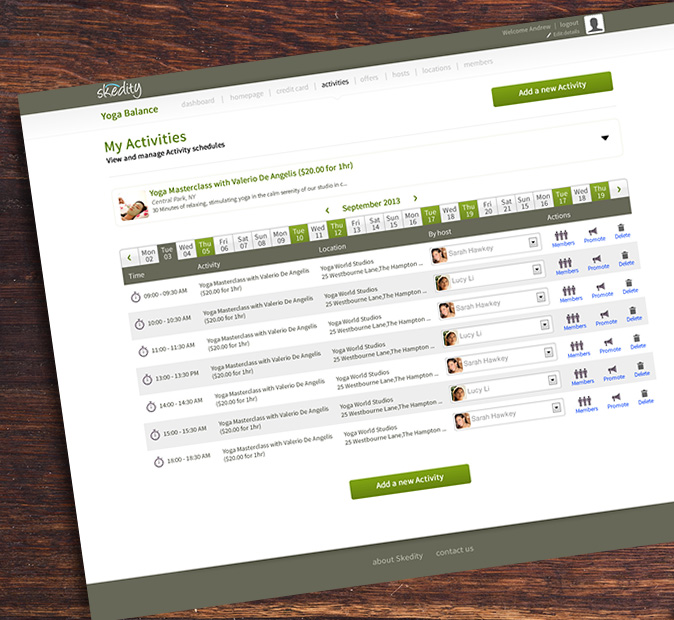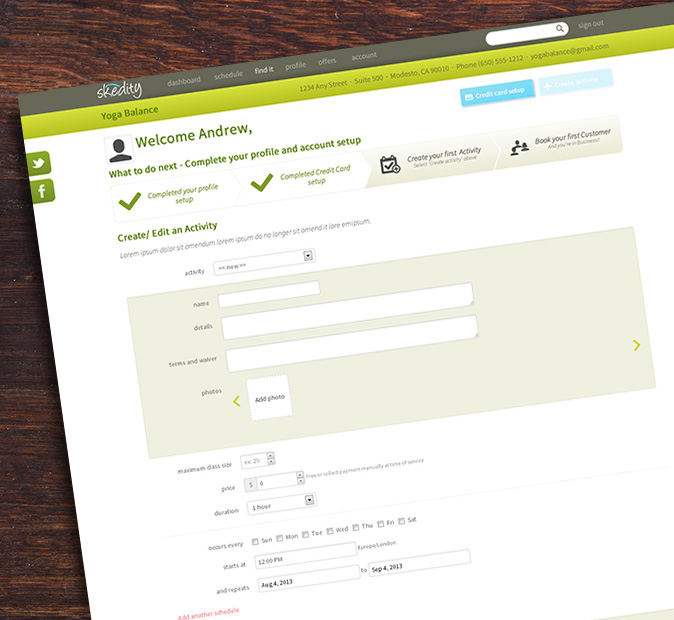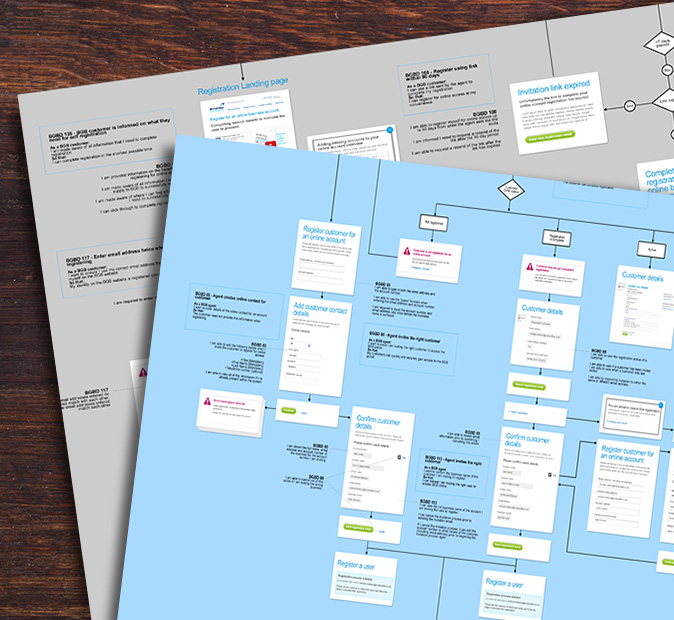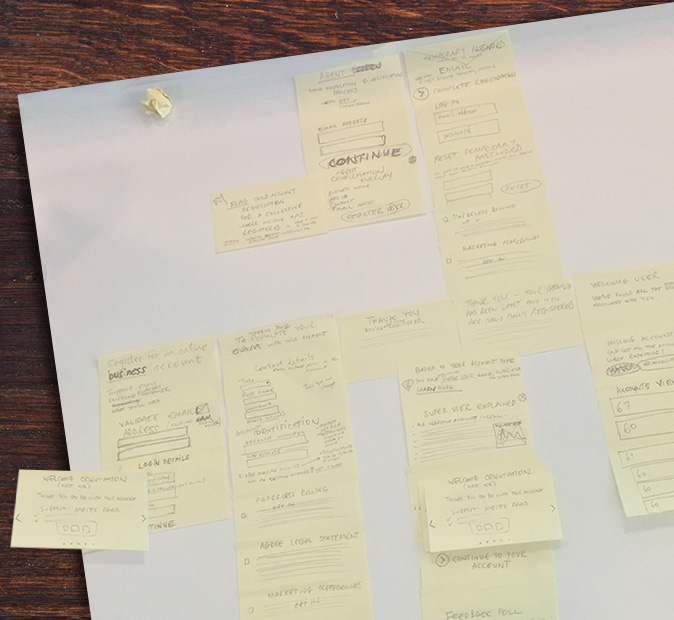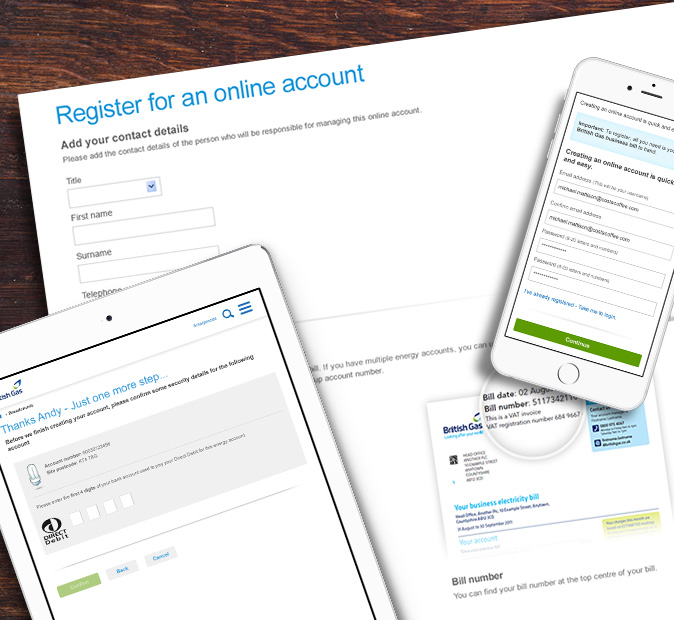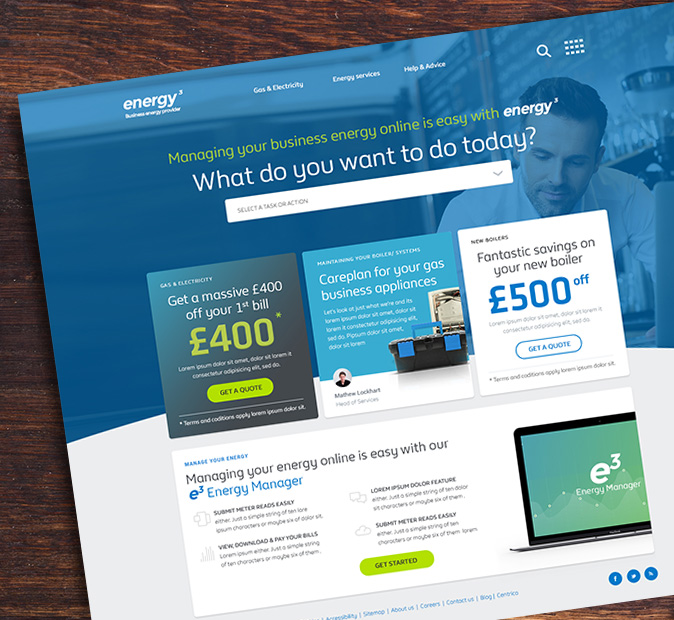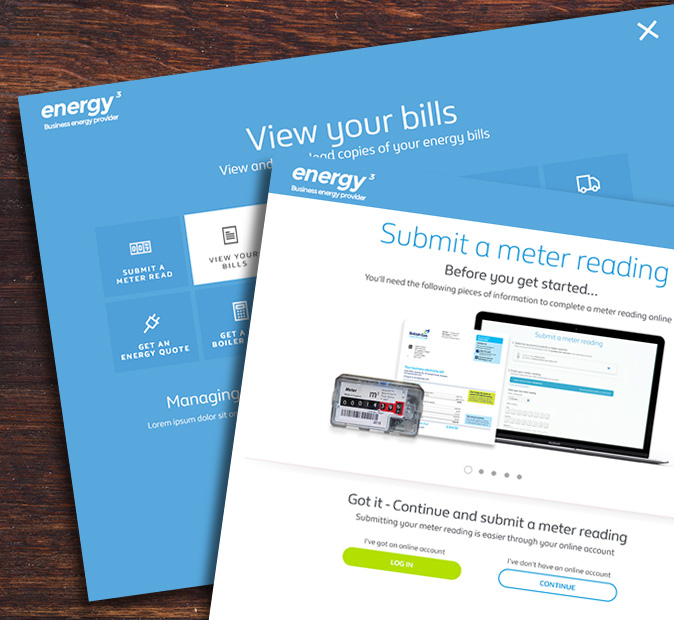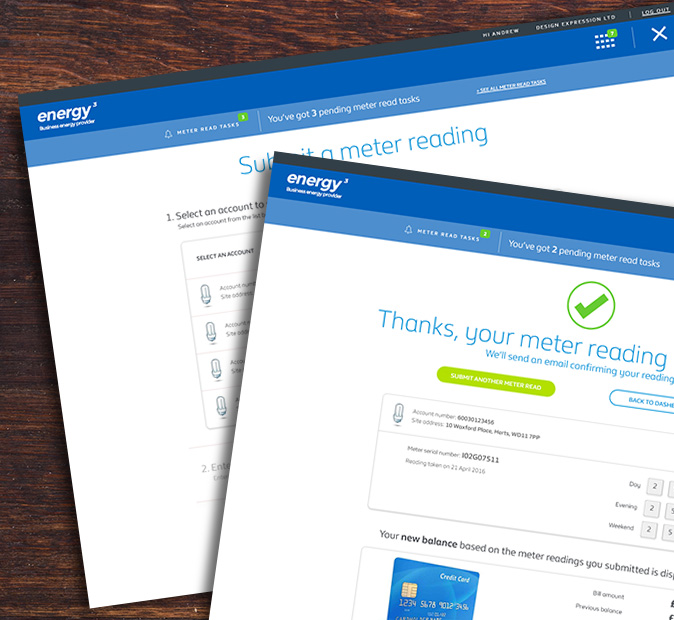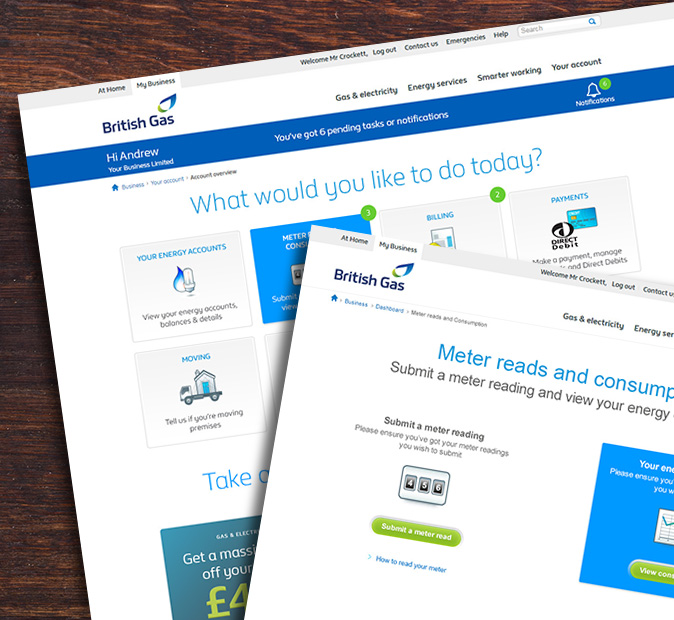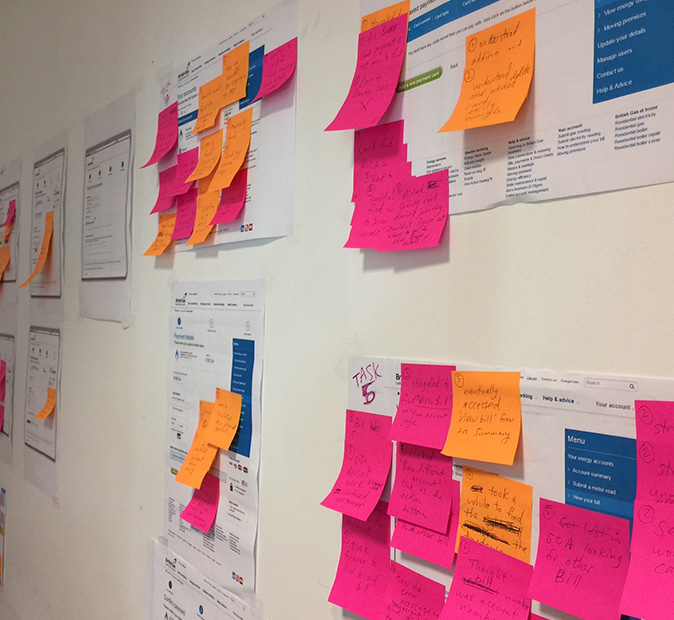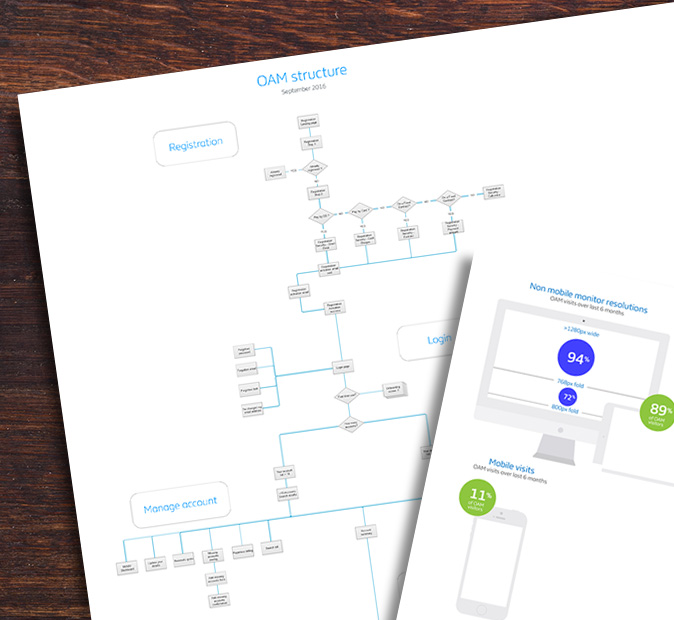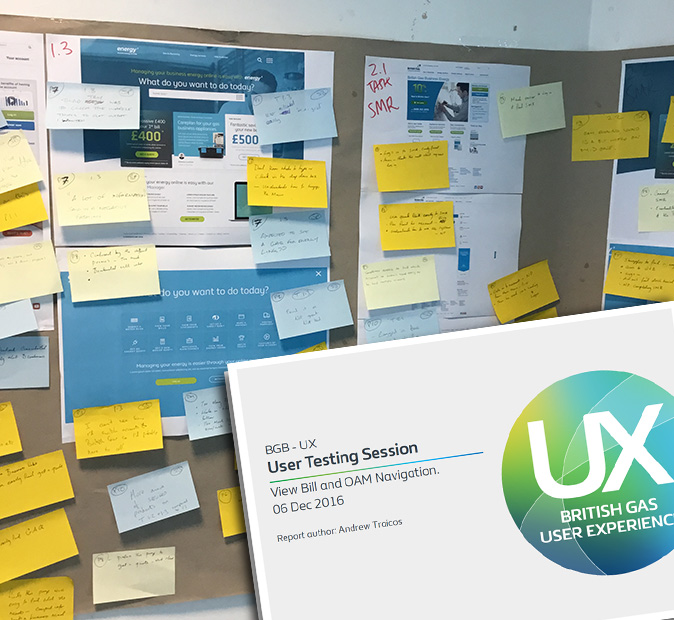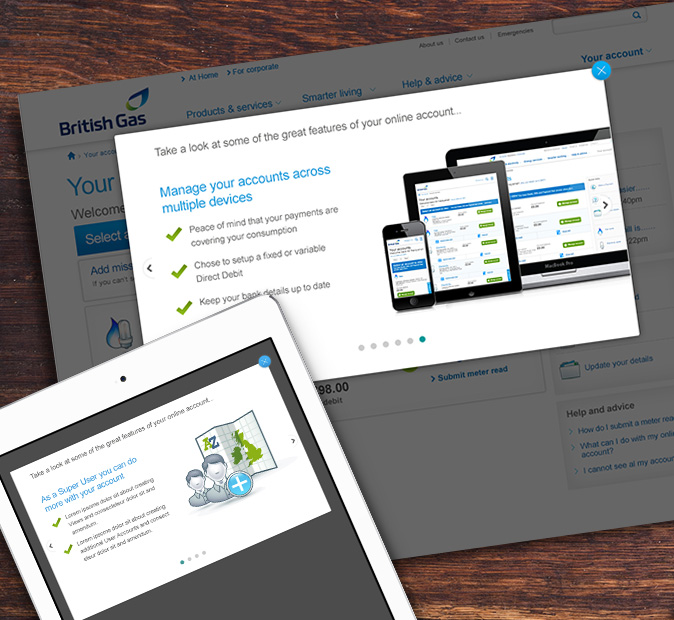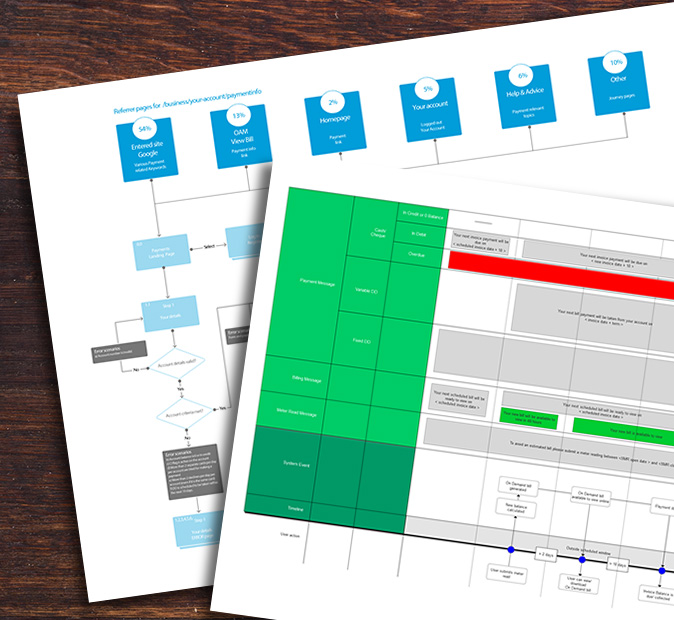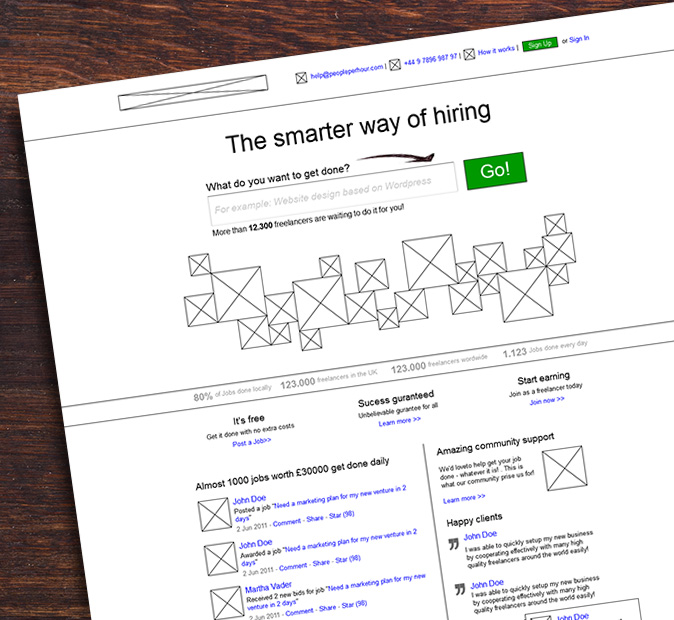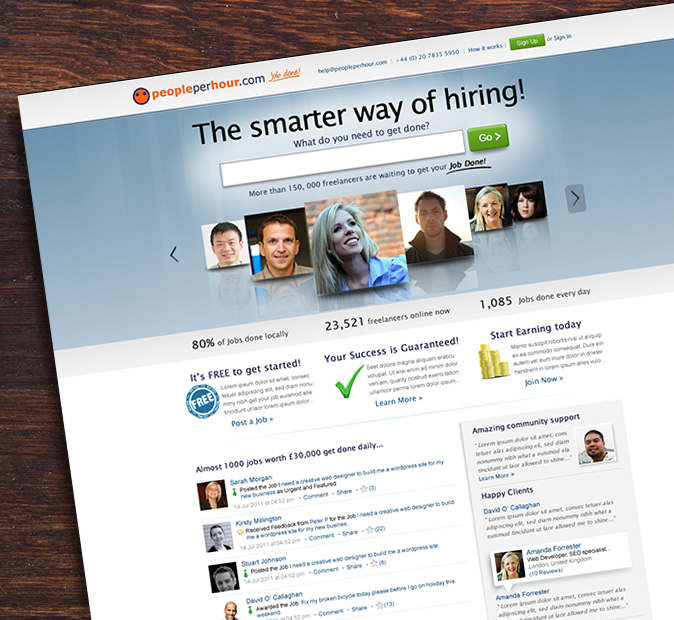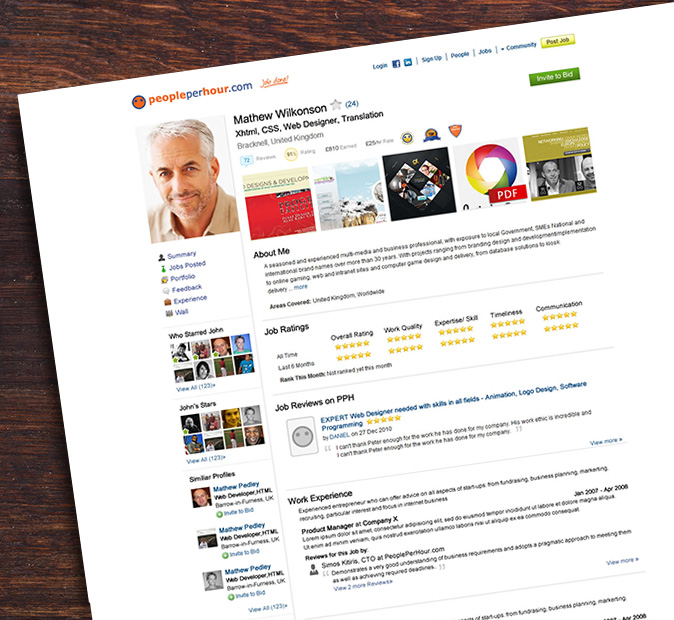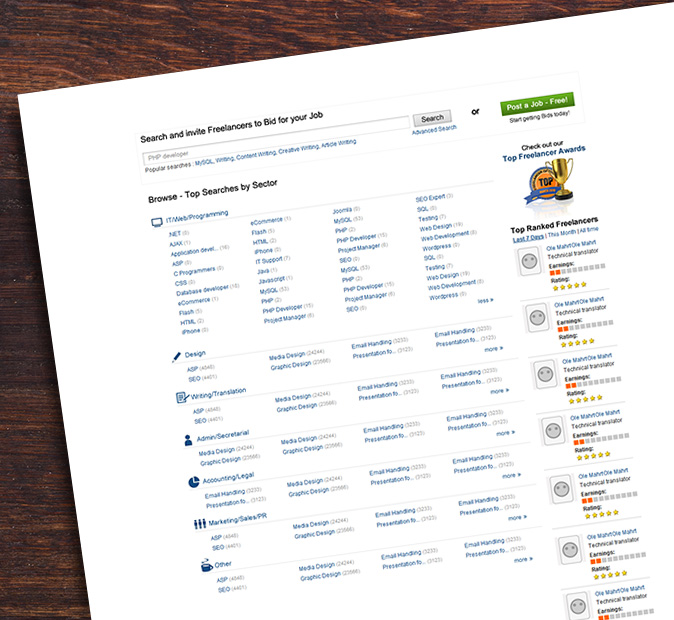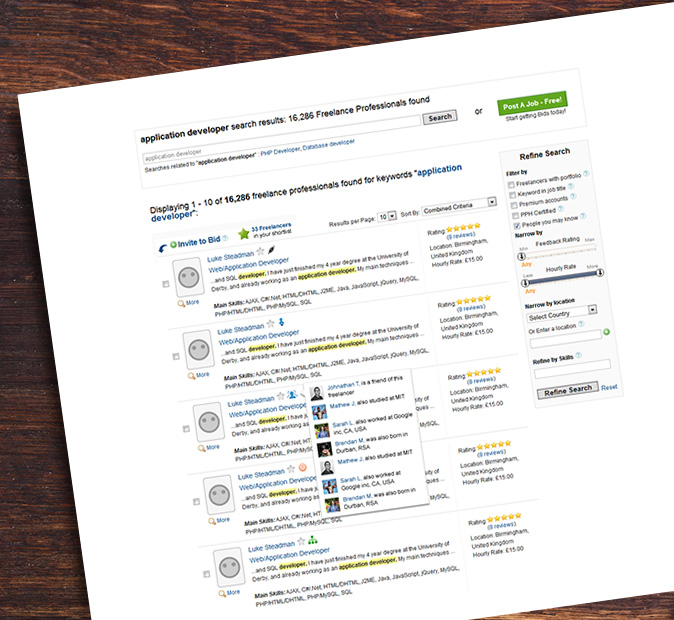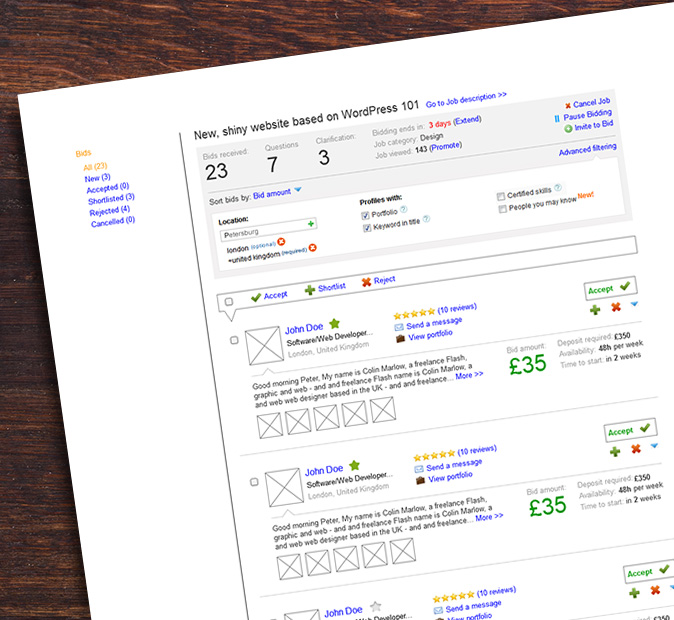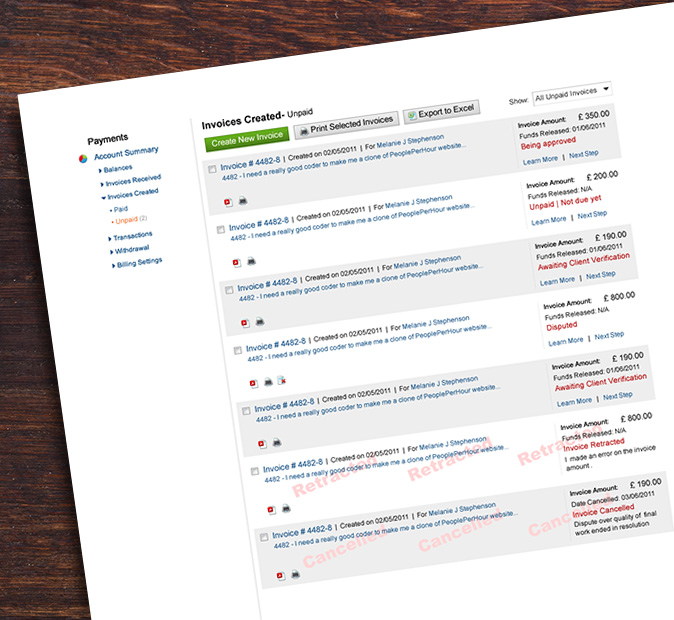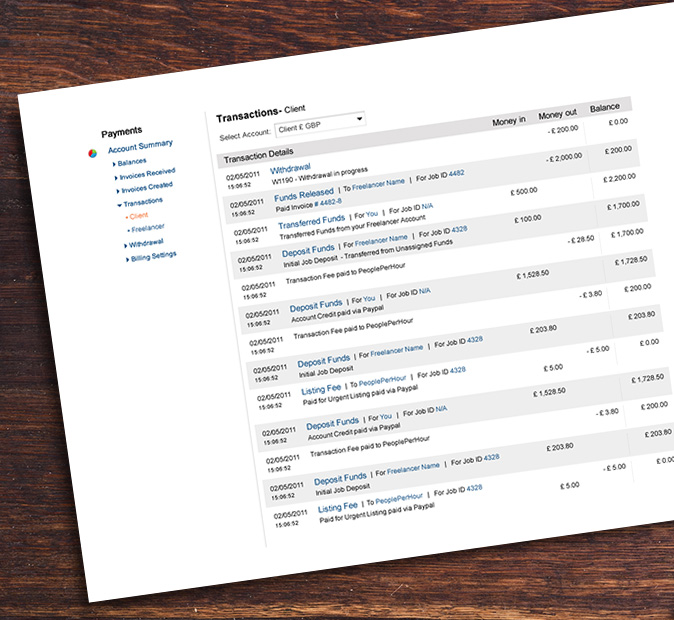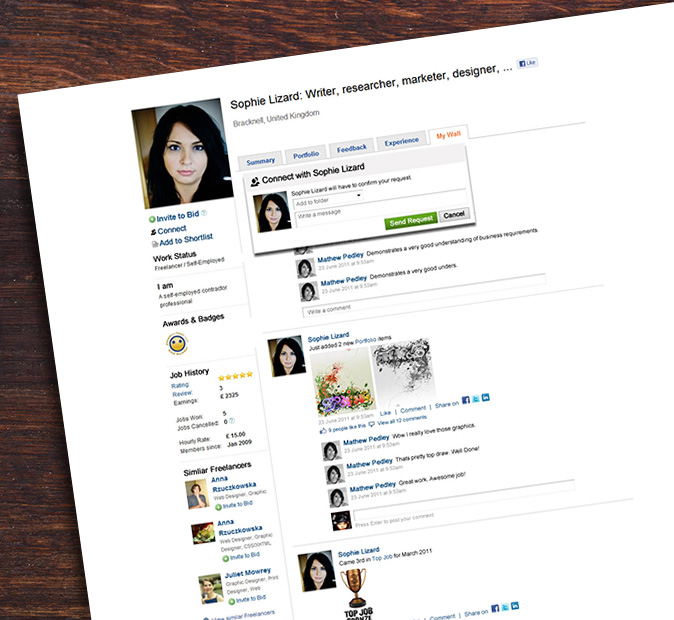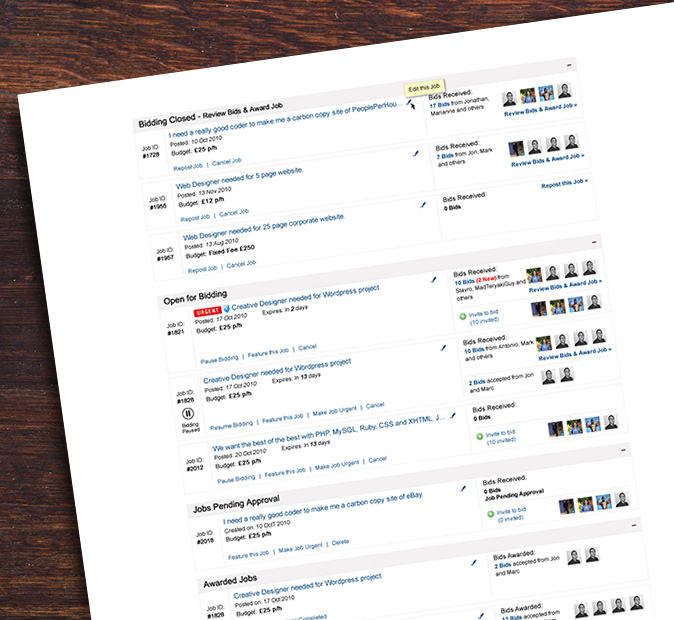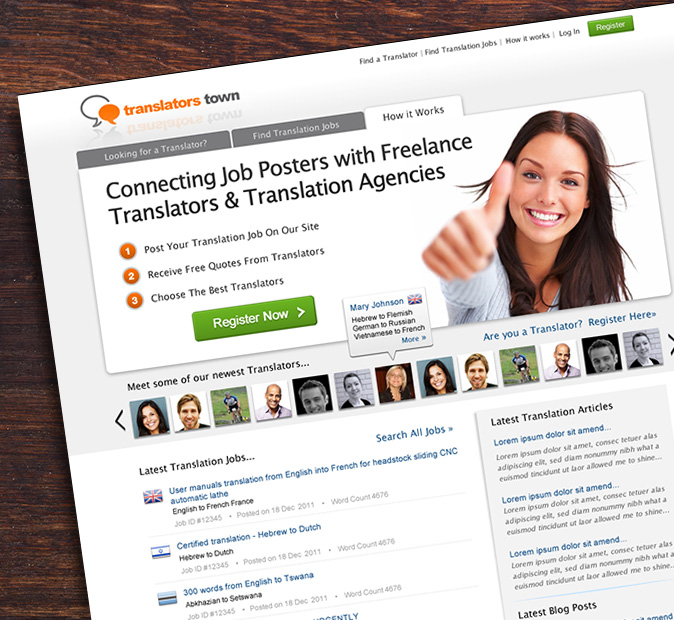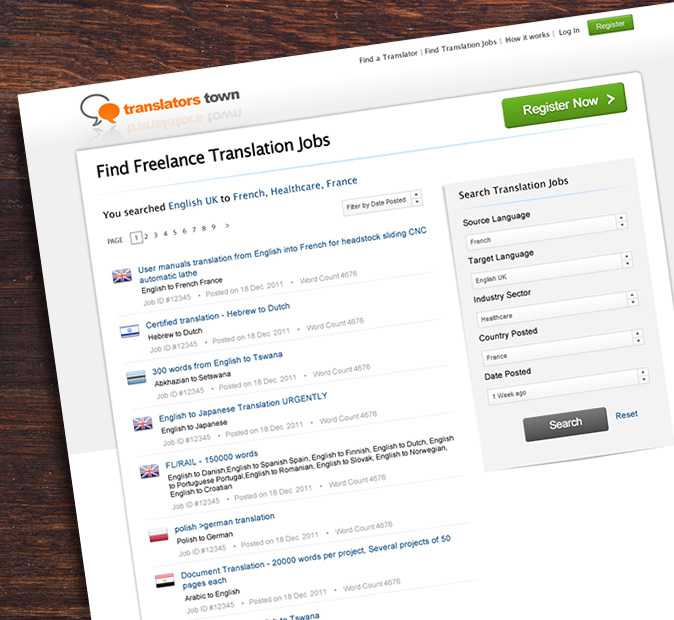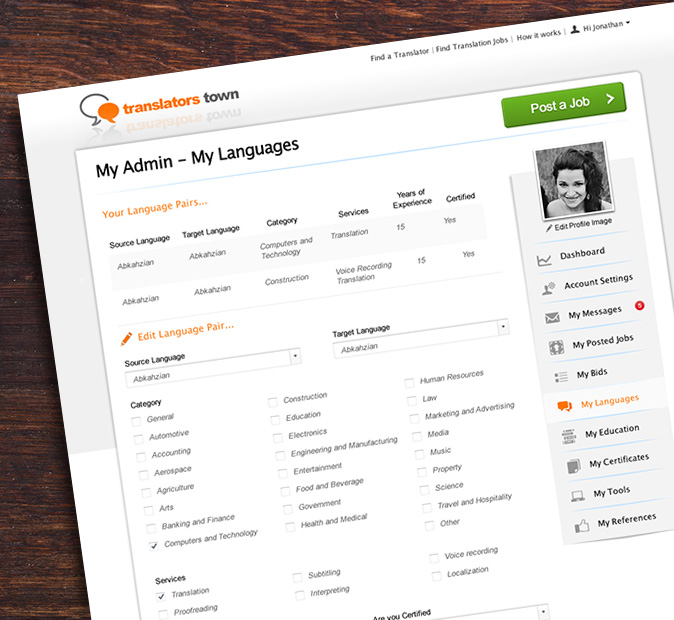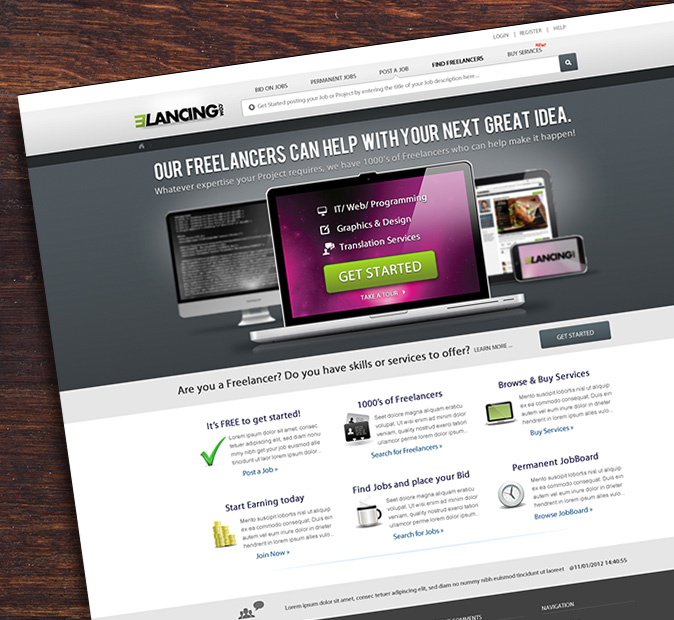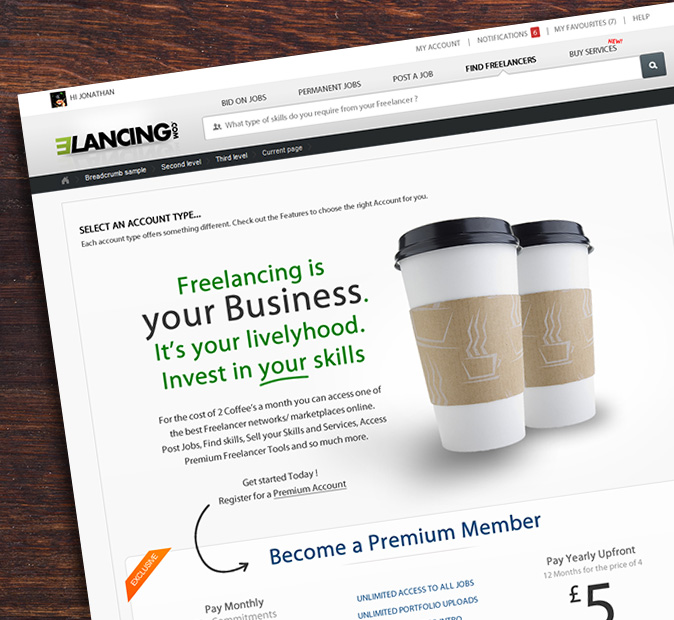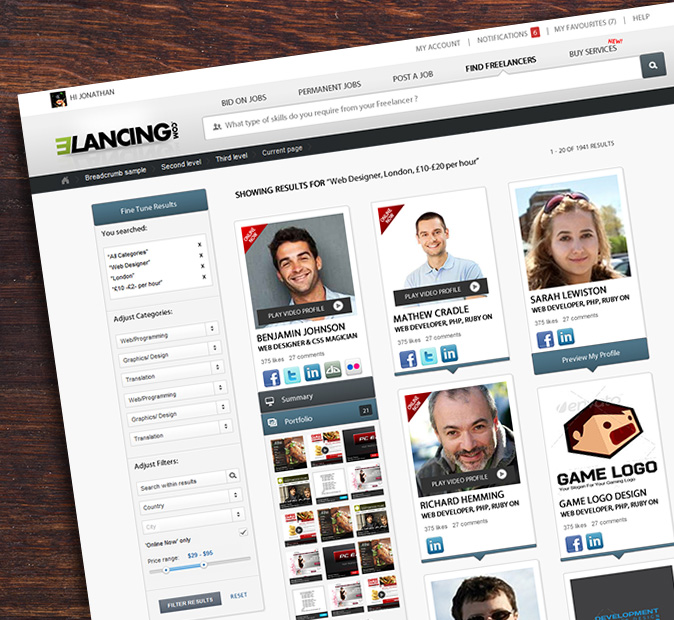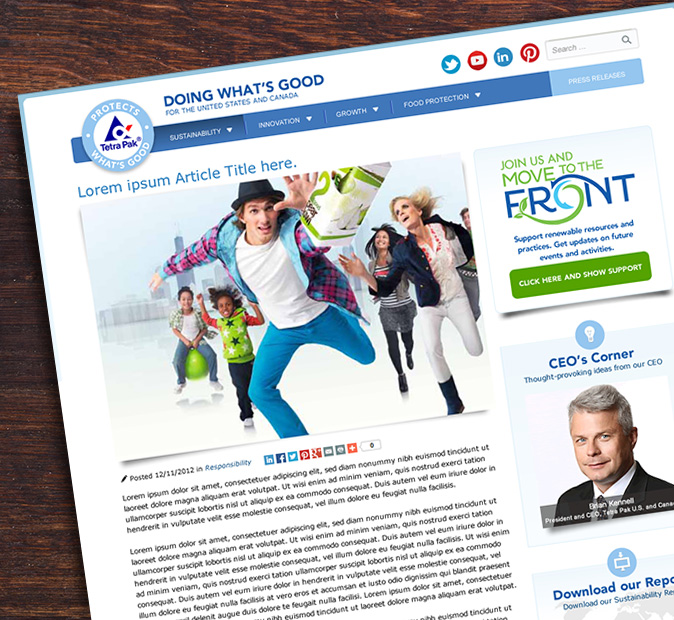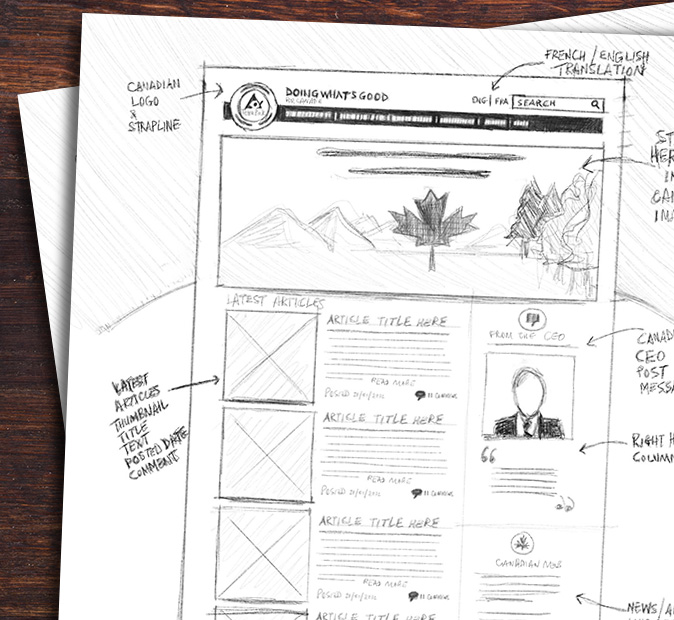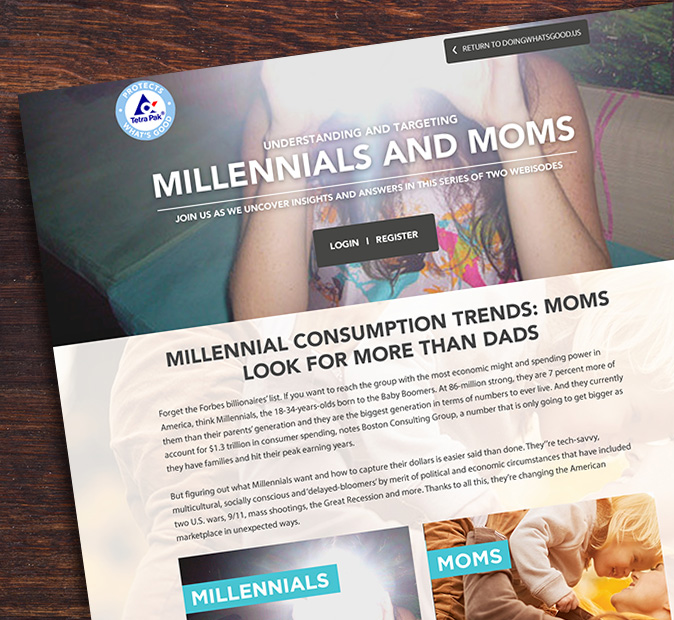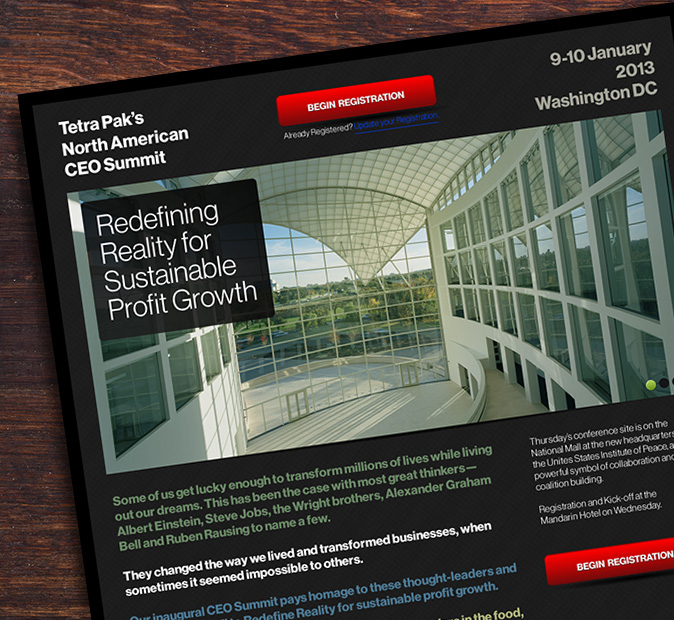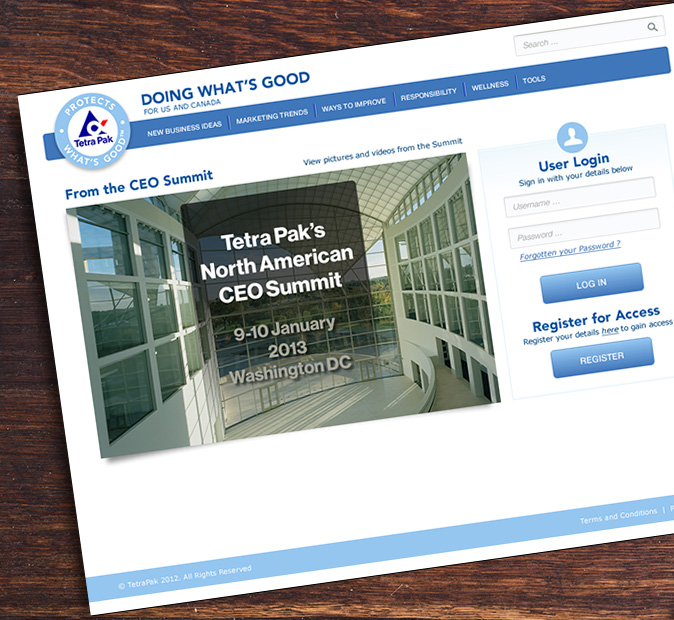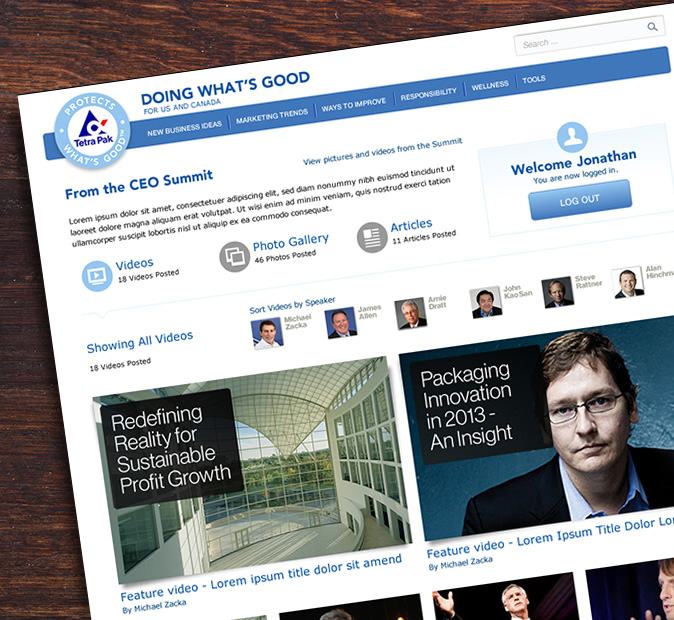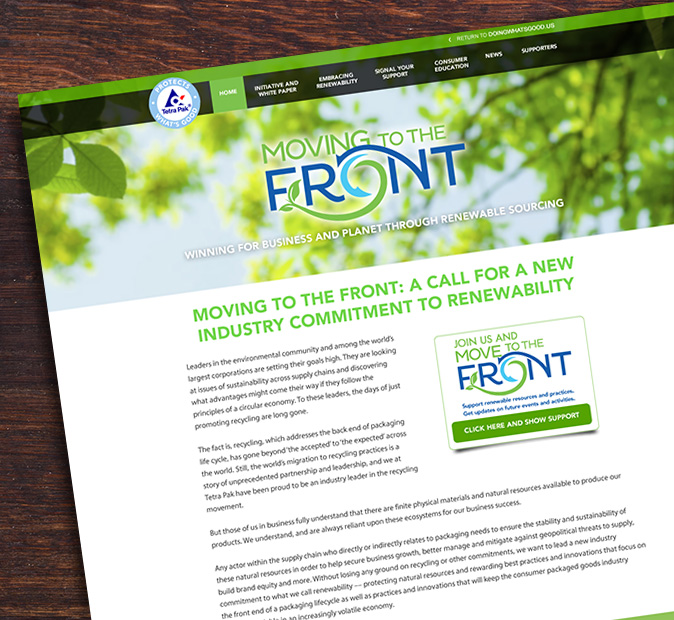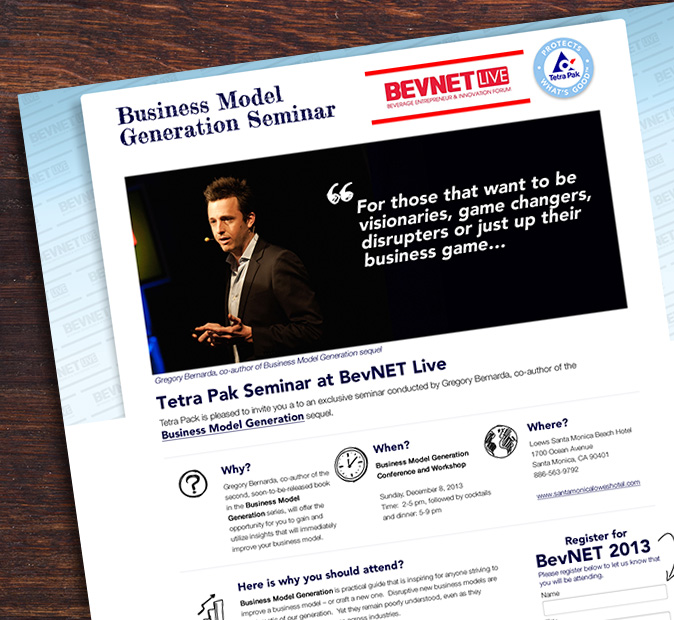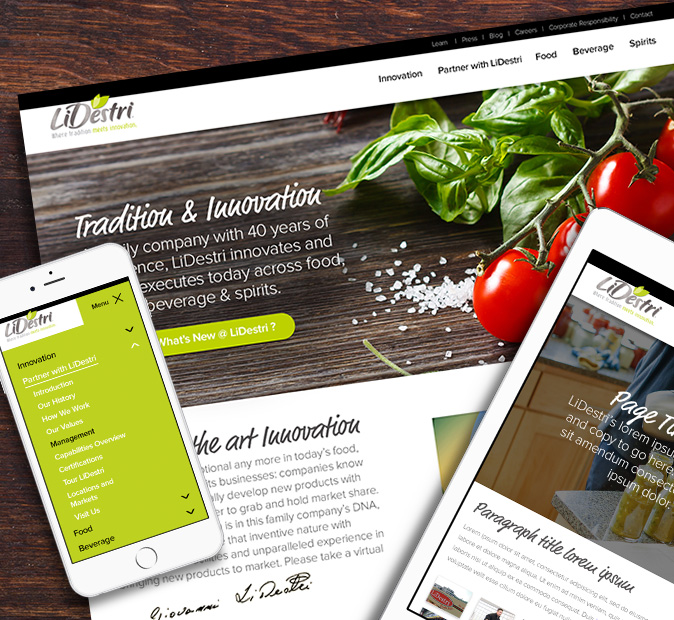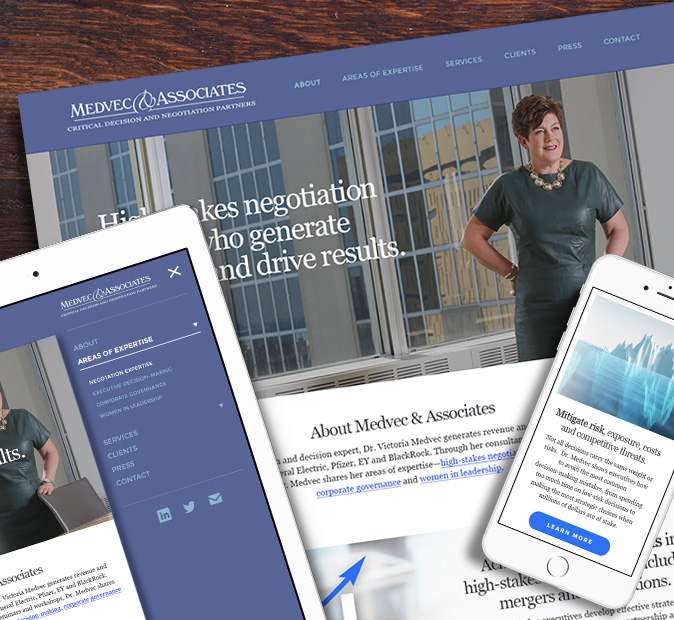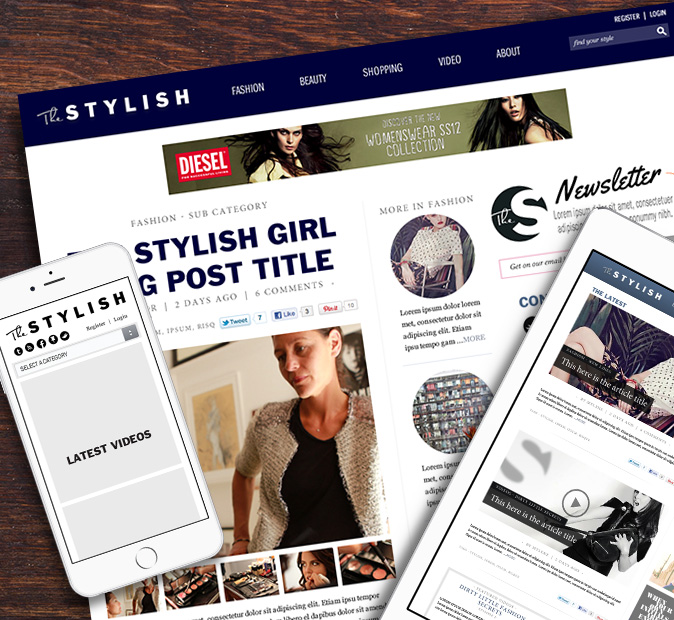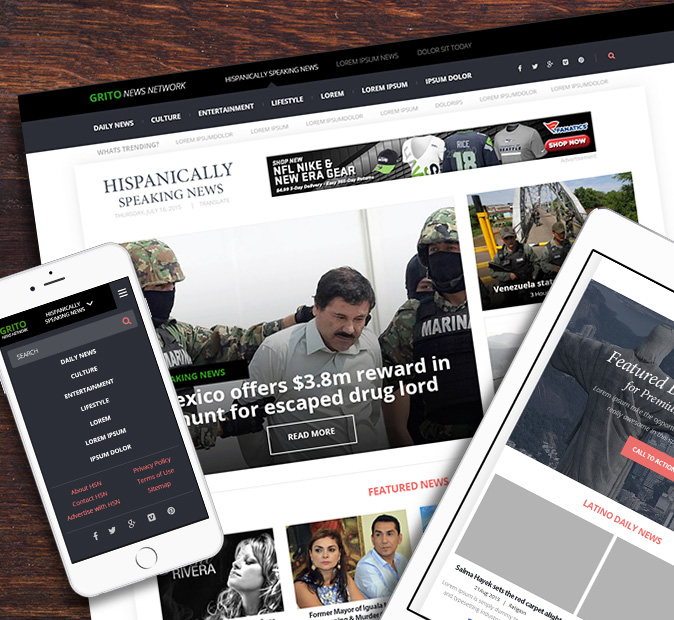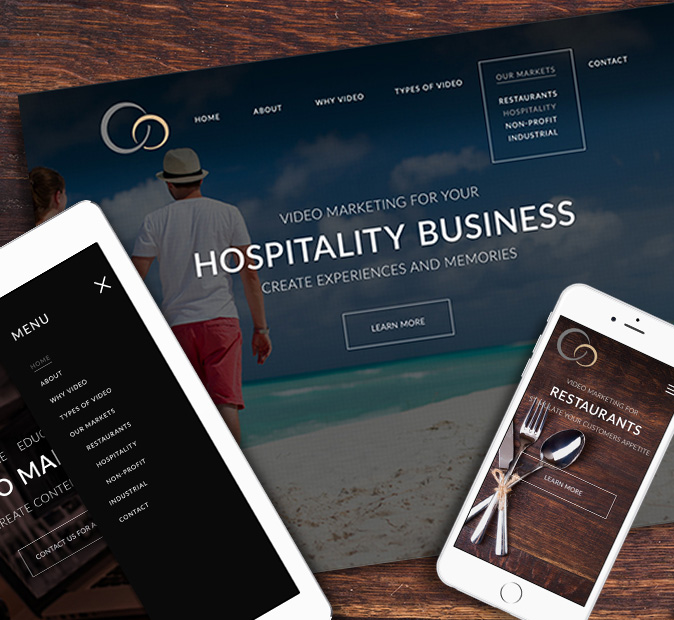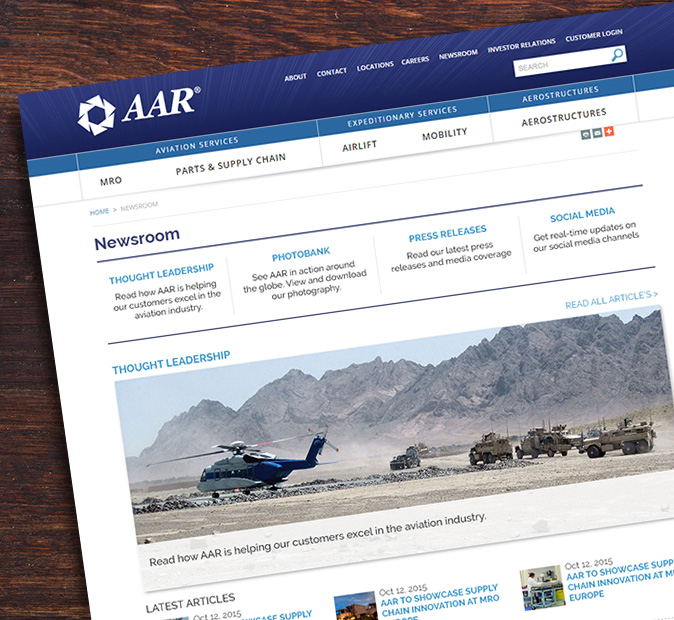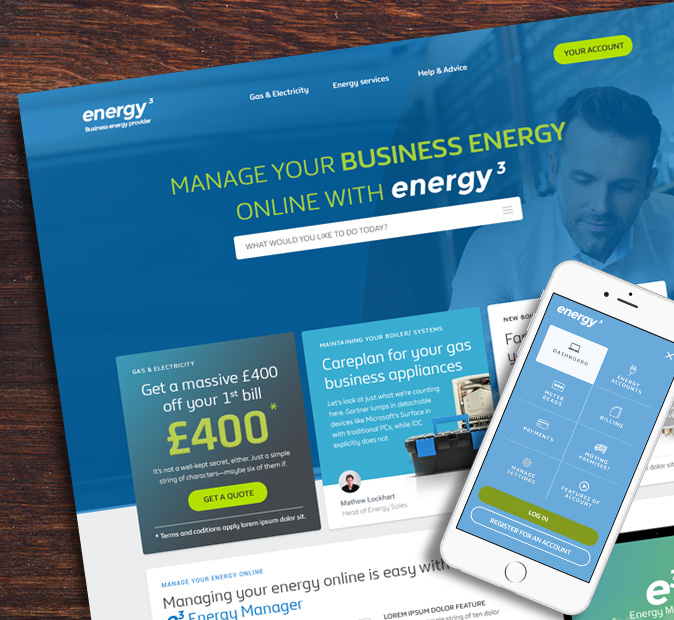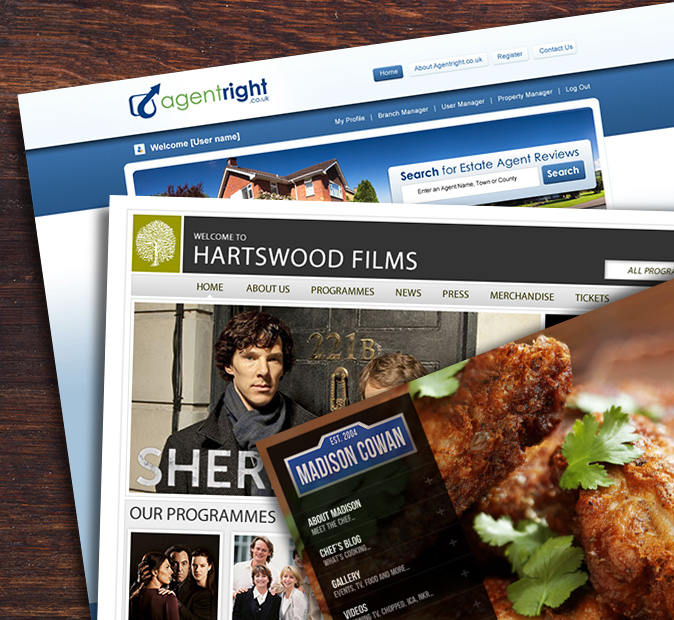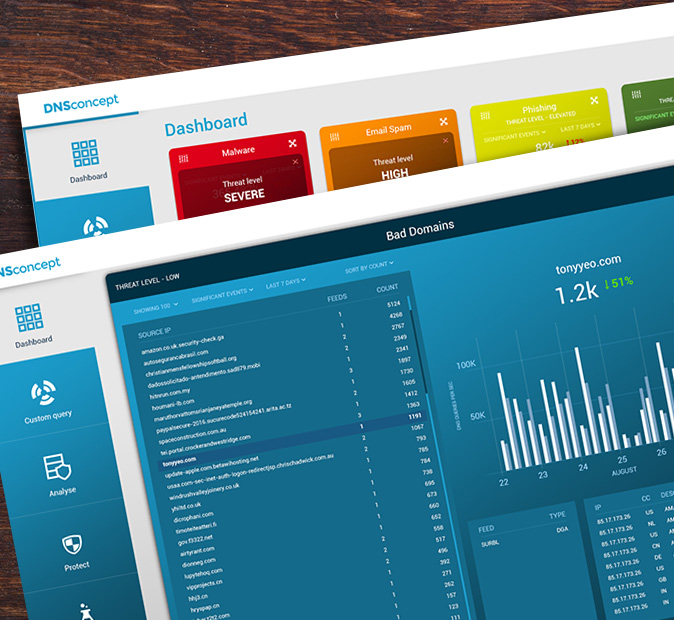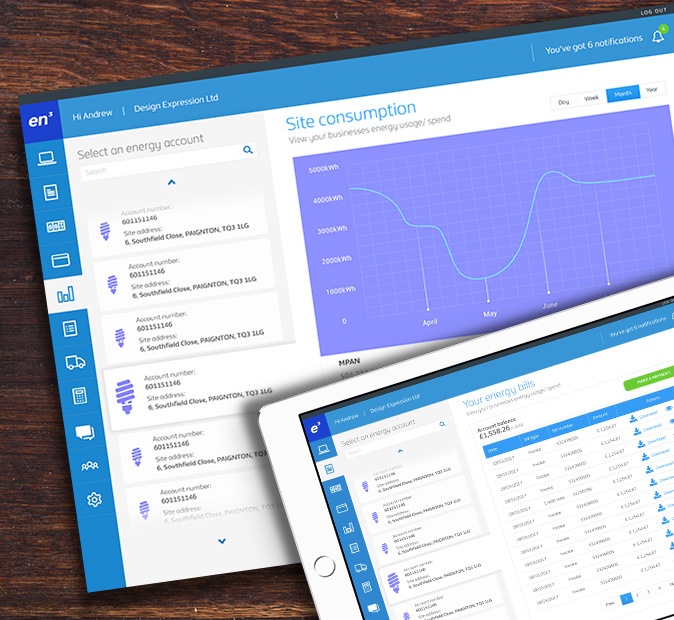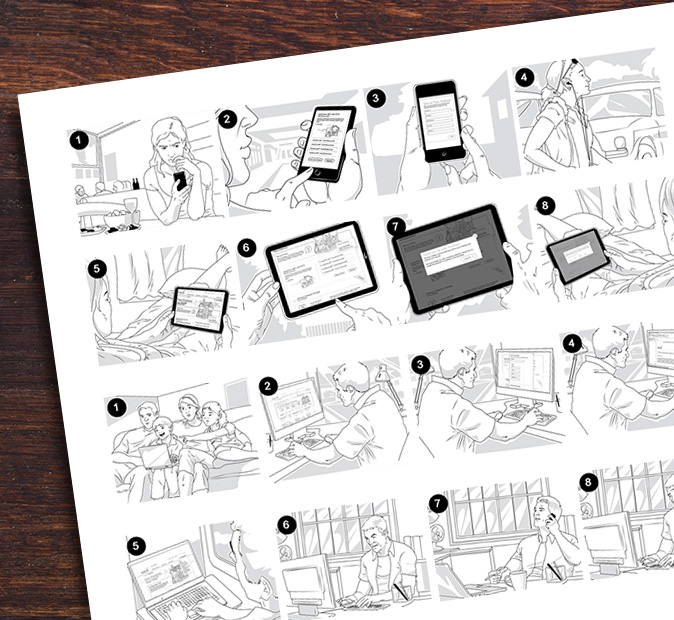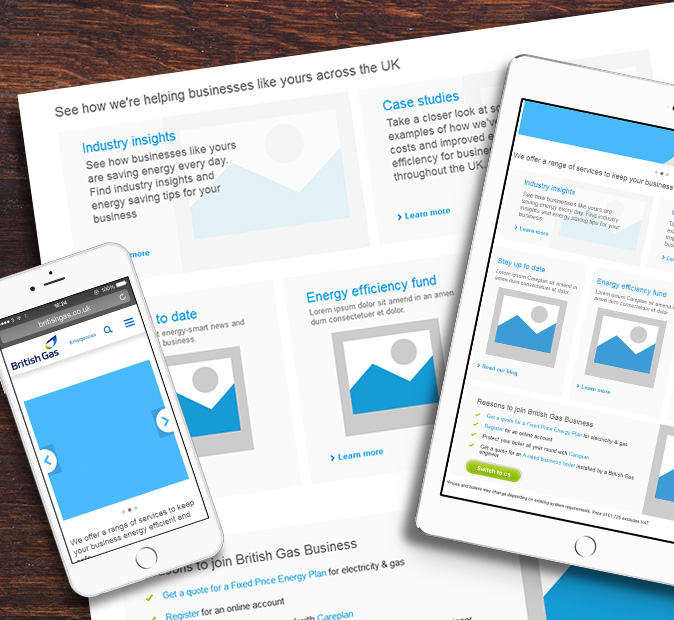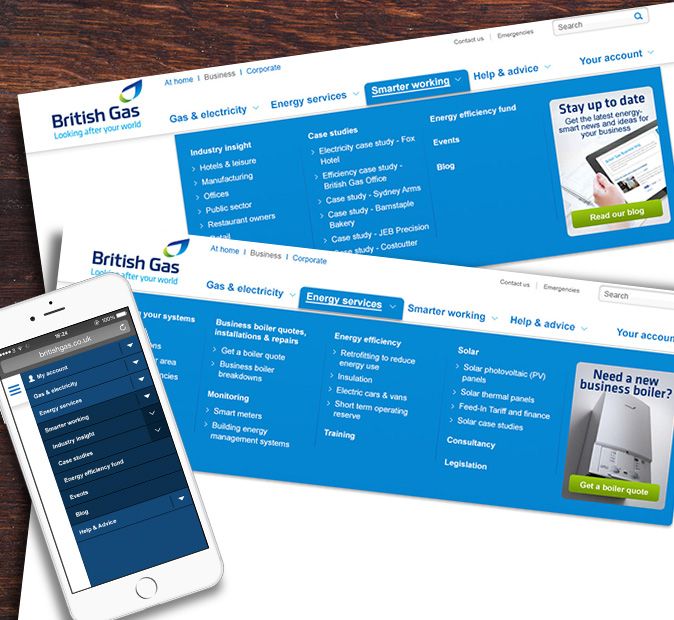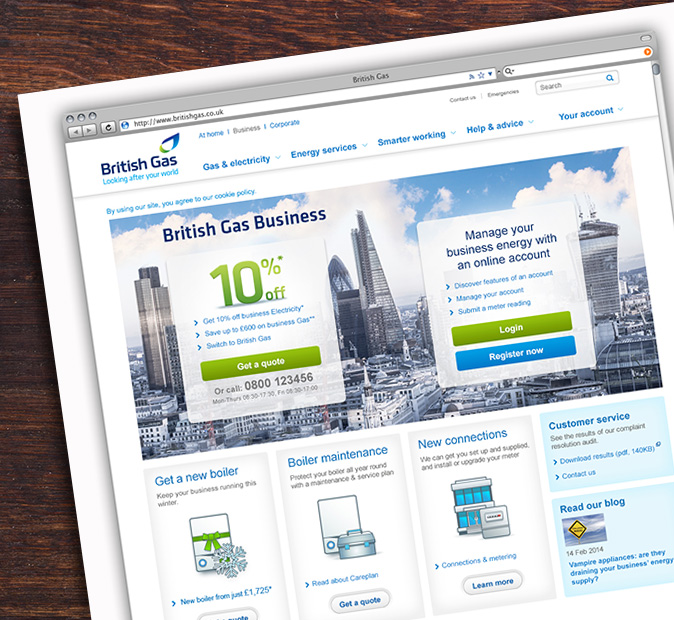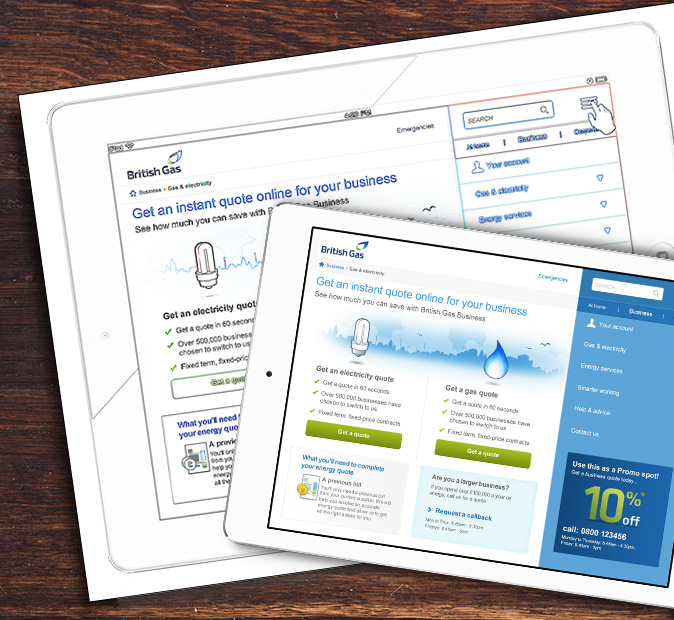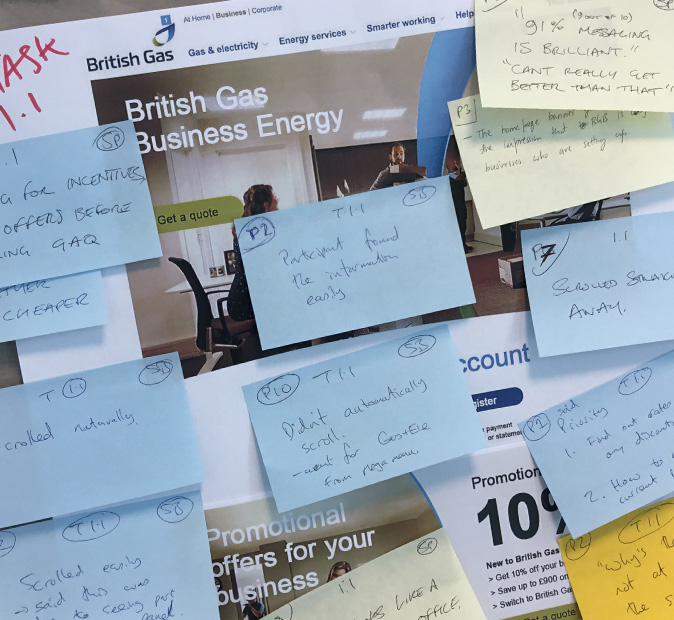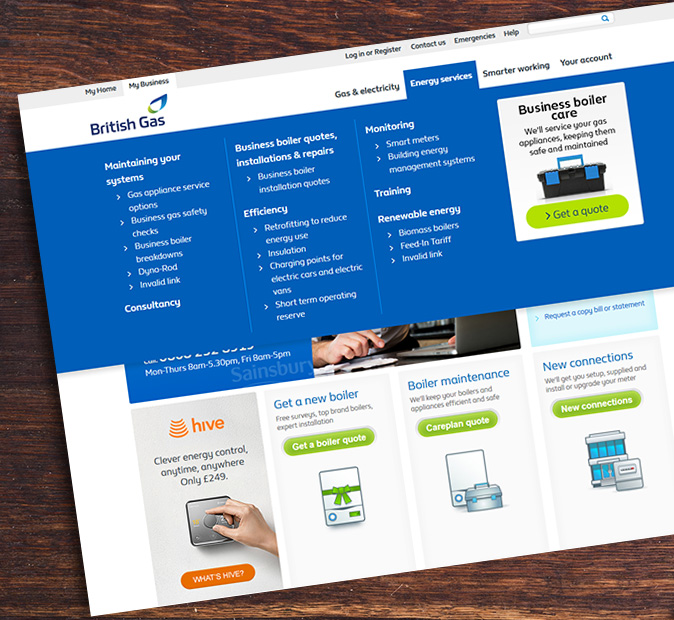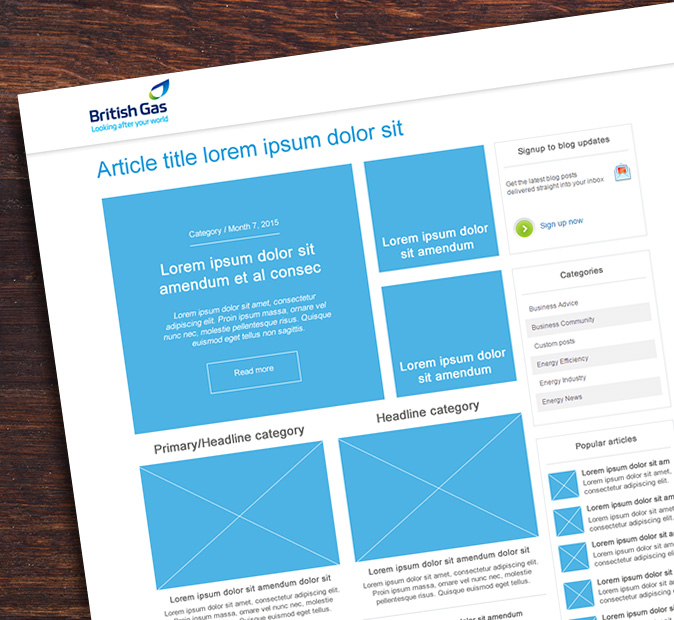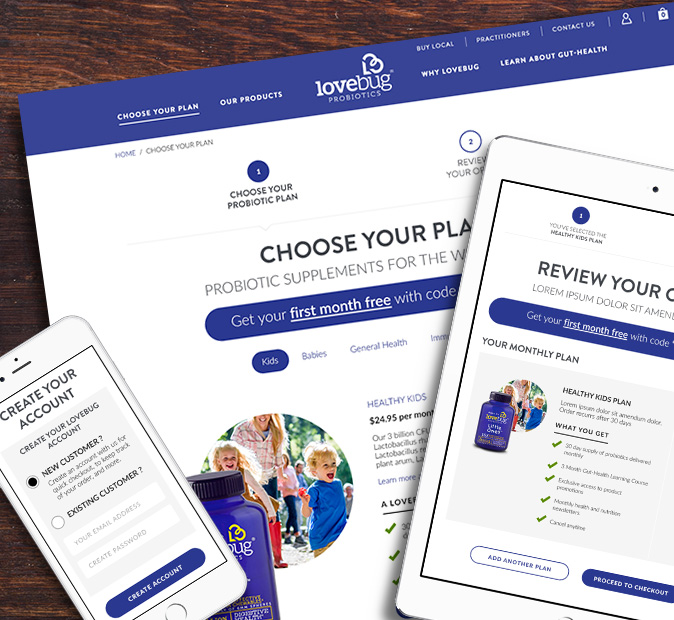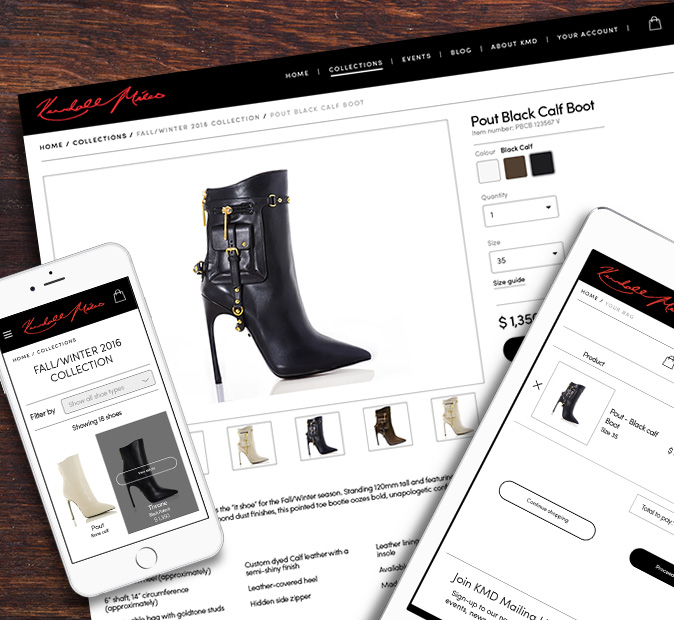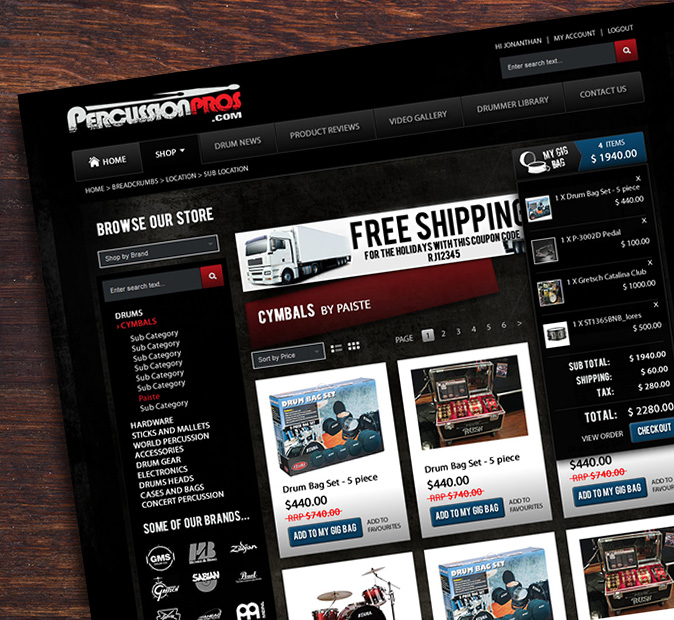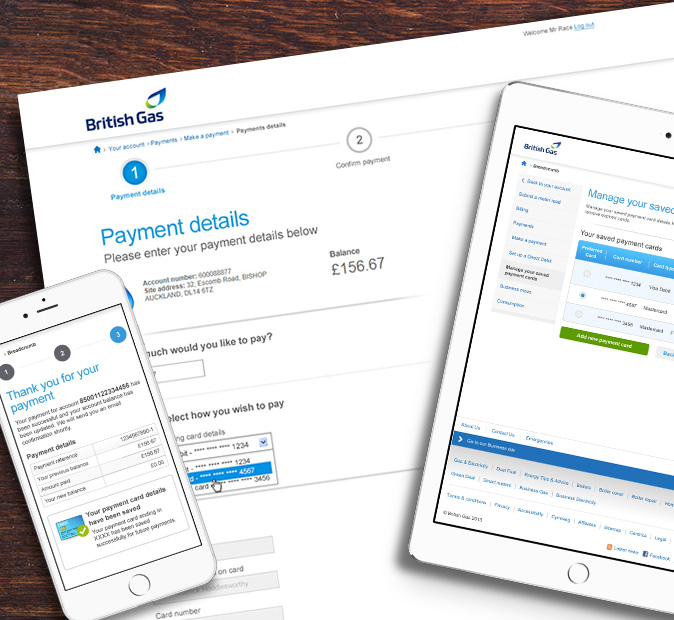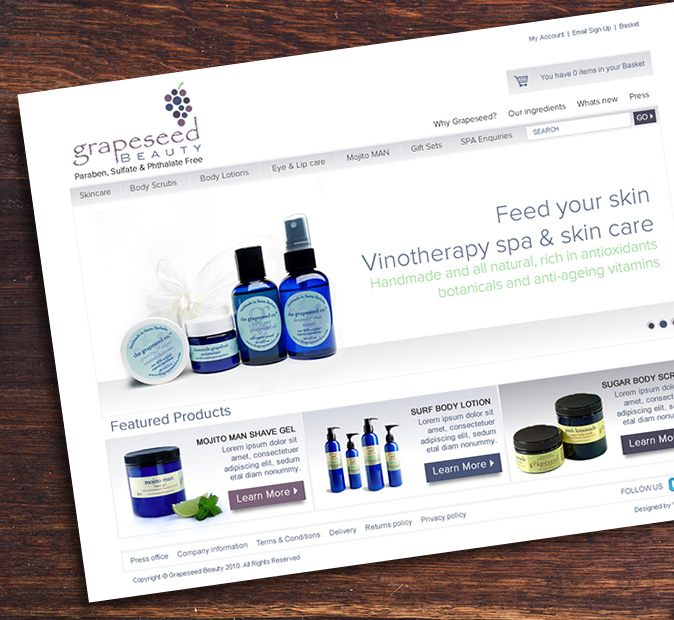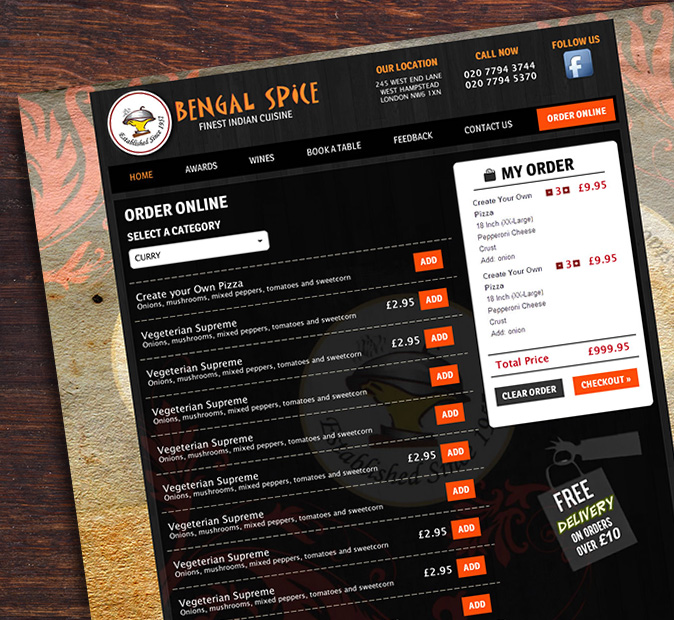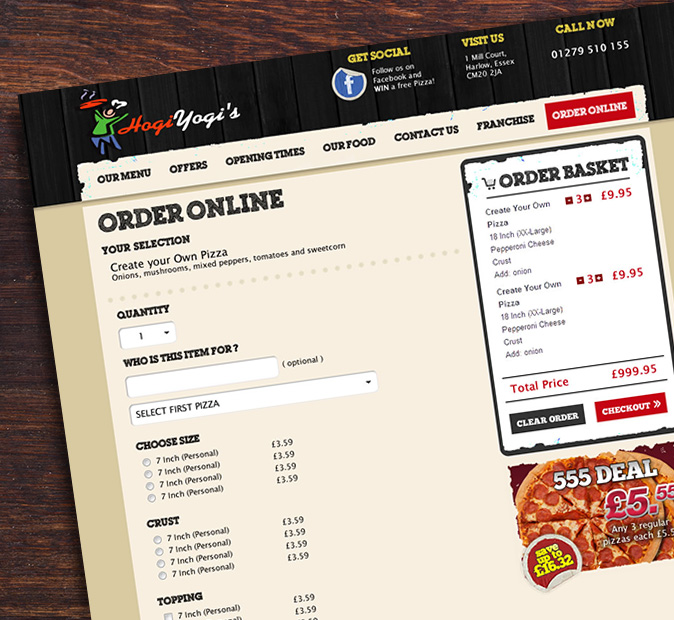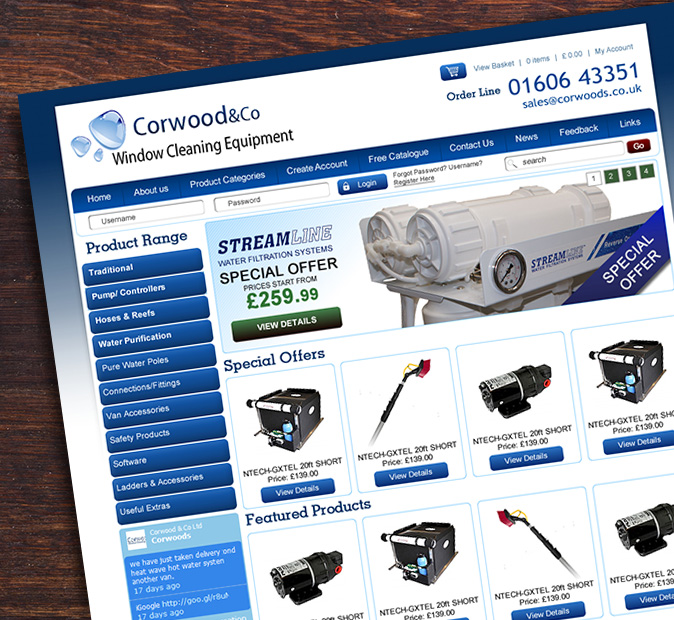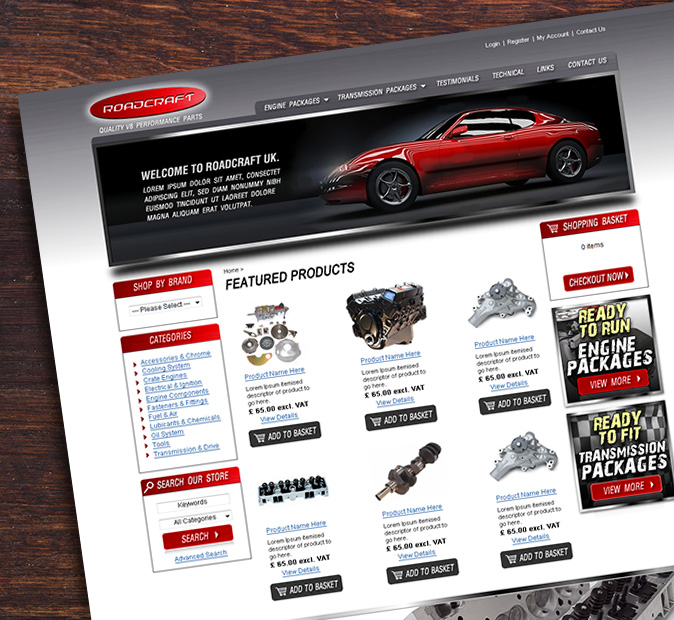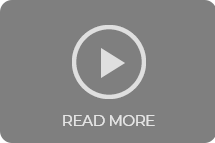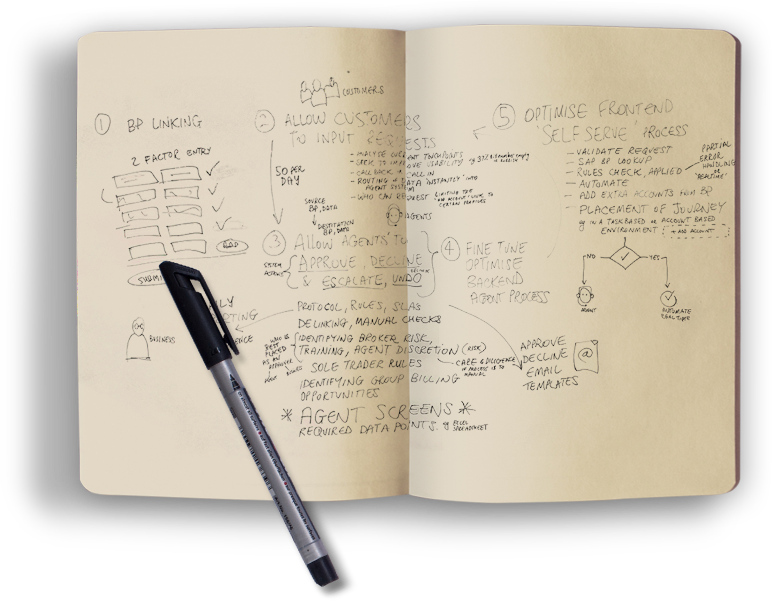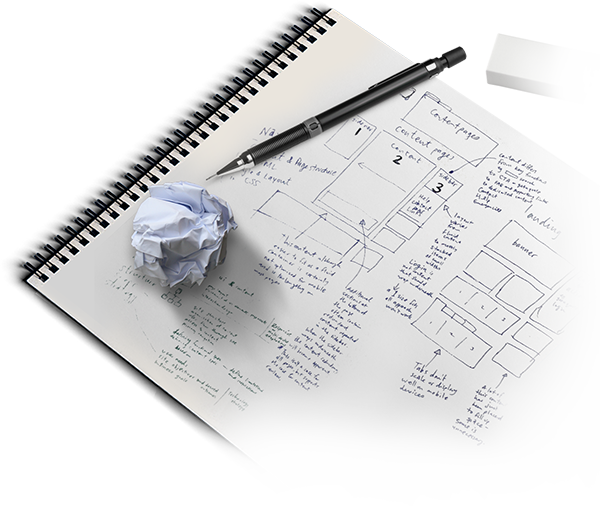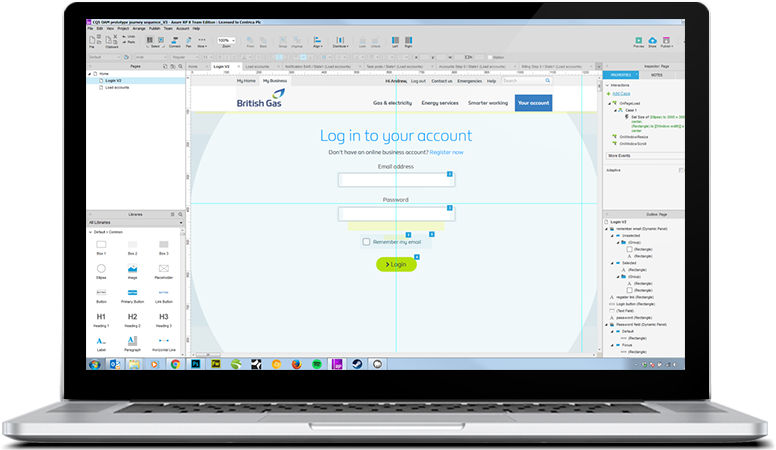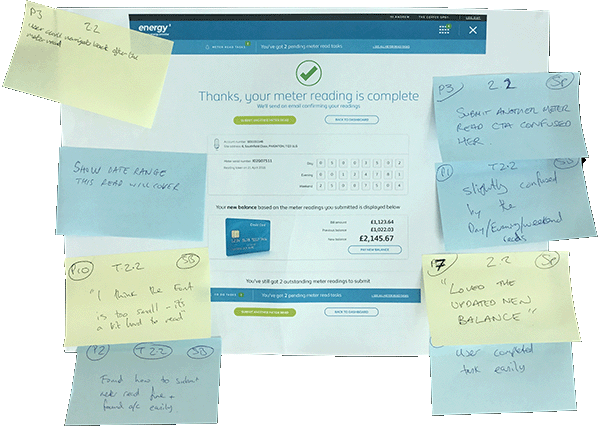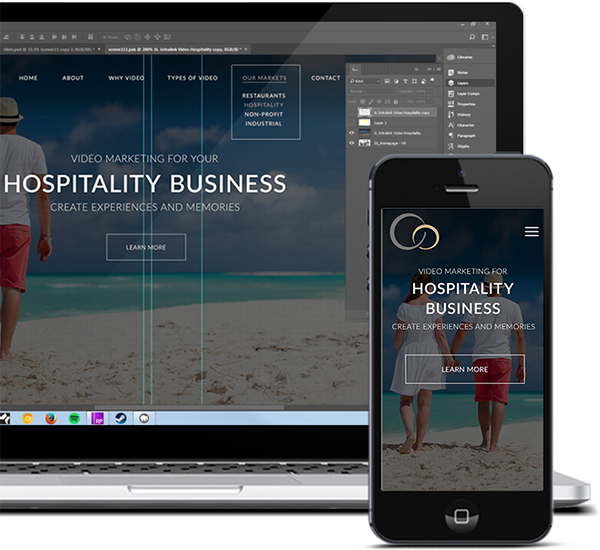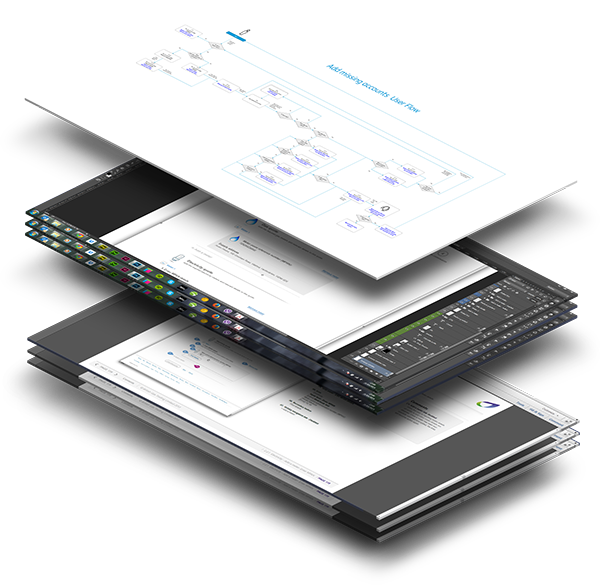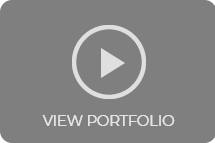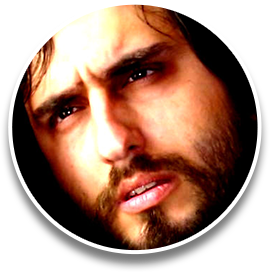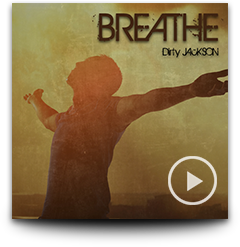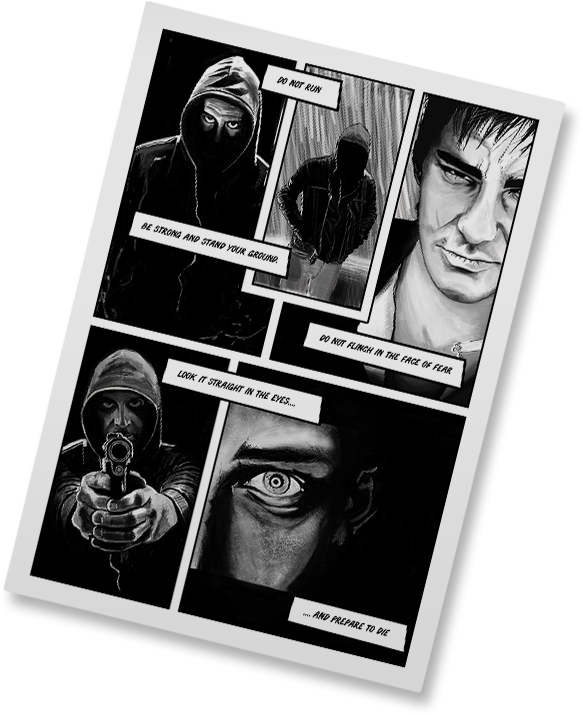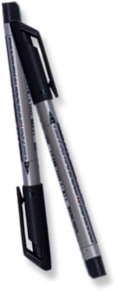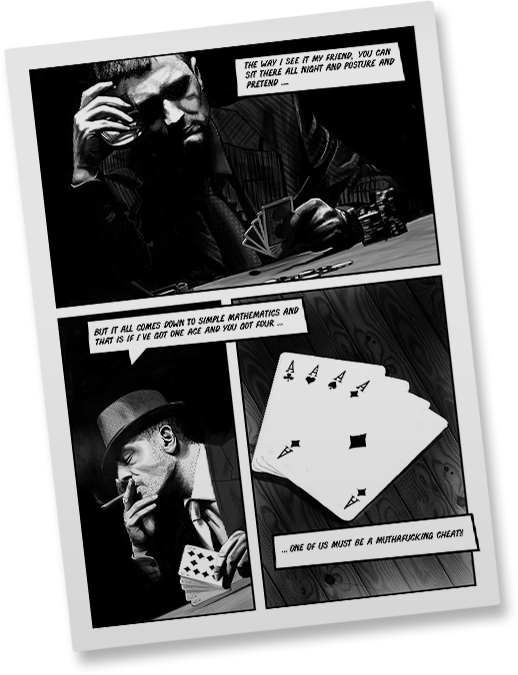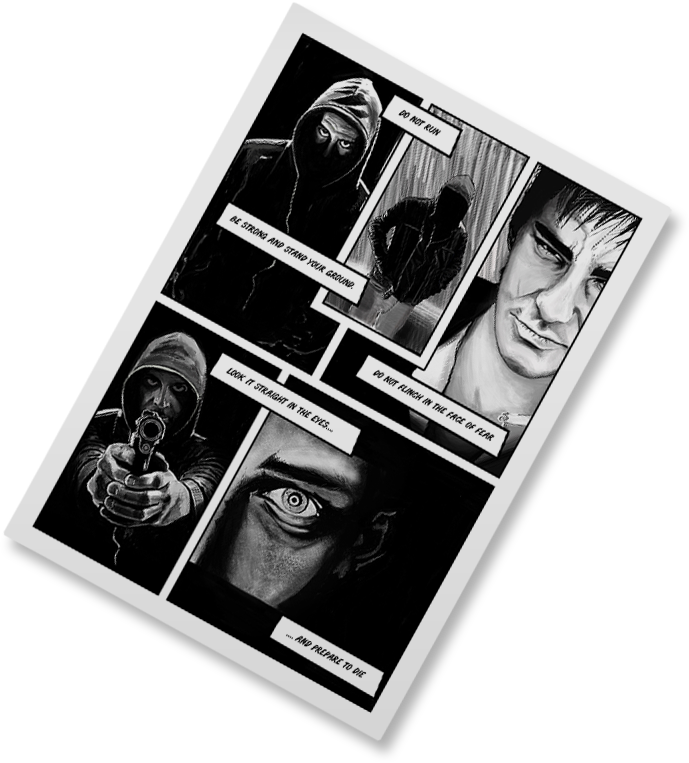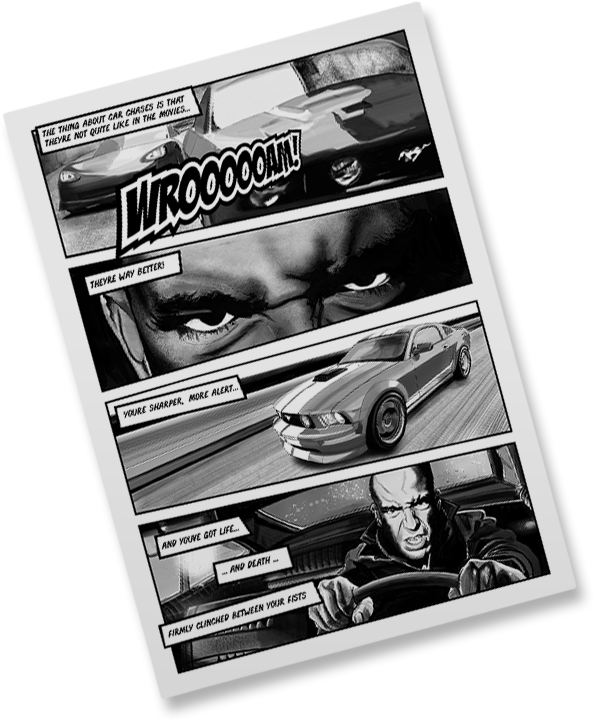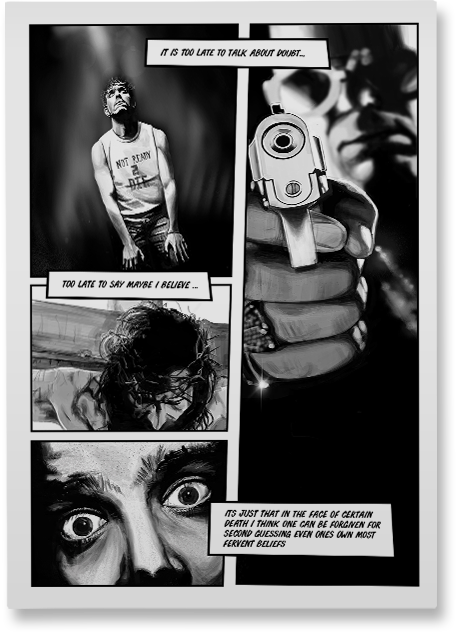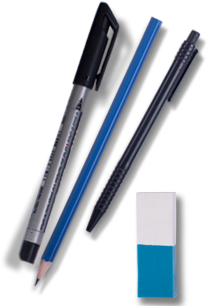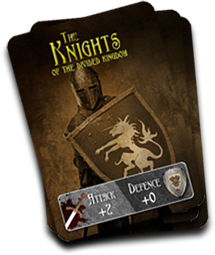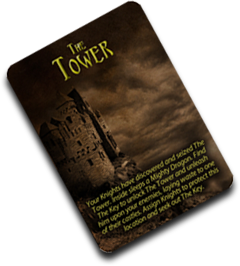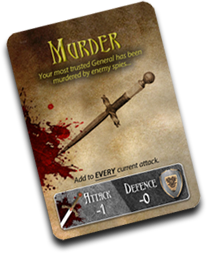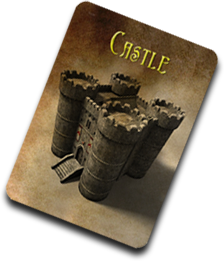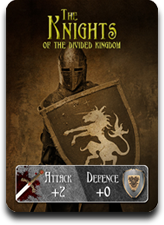
MY PORTFOLIO
BUILDING AN ADA COMPLIANT CUSTOMS DECLARATION KIOSK UI
I was contracted by SITA to design and implement the UI for their existing airport kiosk application, replacing manual immigration desks with a self-service customs declaration process. The solution needed to integrate seamlessly with automated eGates and guide international passengers through a multi-language customs flow, including passport & ID scanning, face capture and personal declarations.
My role focused on definign and adapting the core product to a specific customer's flow, creating clean, intuitive screen designs and creating and adapting traditional form components into touch only components that aligned with established brand and accessibility guidelines. A key part of the assignment involved designing and validating ADA-compliant interactions, including a custom navigation and on-screen experience for wheelchair users.
Using my kiosk UI experience I worked with other UX designers in the team to help create SITA’s broader Kiosk UI Design Guidelines, ensuring that the design patterns developed were consistent, scalable, and reusable across multiple airport environments.
BUILDING A SERIES OF RISK ASSESSMENT VISUALISATION TOOLS
I was contracted to return to SITA border security, risk assessment product to help with their UX/UI requirements and work on new features and modules such as AI Predictive Risk models, map based Flight Risk Tracker, link and relationship mapping visualisation tool, alongside assessing and improving other existing functionality (search, user management etc).
I worked with product owners, managers and specialists, leveraging their domain expertise to understand the initial requirements and translated their vision into a tangeable, workable set of prototypes to demonstrate as an initial offering to internal stakeholders, clients and users to gauge their responses and gather feedback. Working in an agile way across two scrum teams I worked with developers and data specialists to understand the intricacies, restrictions and constraints of the graphing software we had employed as well as the processing of incoming and stored data, gradually creating and fine tuning a highly detailed, comprehensive Figma prototype which could demonstrate all features, functions including exception scenarios. I created the layouts, interaction patterns along with an extensive array of icons and visual language denoting the multitude of data entities and their potential states along with the choreography of the display of the corresponding data associated with these entities when functions were performed on them.
Additionally due to the lack of dedicated UX designers on the main parent project with it being lead primarily by developers, I undertook a broad UI audit on the main product portal, examining inefficencies, user experience issues, UI inconsistencies among other things outputting reports of my findings to feed back into the product backlog for prioritisation. The portal and the before mentioned tracking and visualisation modules are still in production.
DESIGNING A GLOBAL COMPANY WIDE DESIGN SYSTEM IN FIGMA
I returned to SITA to work with their global UX Practice to create a formal Design System in Figma. This was a short contract and was limited in scope to creating and defining components focused primarily on desktop applications for the initial engagement but designed to be scalable across their many form factors such as mobile, tablet, kiosk, etc. A key objective with creating the Design System was to ensure consistency throughout the multitude of applications new and old being created or being reskinned or uplifted across SITA's many portfolios each covering a myriad of touchpoints for the passenger and operational users of our systems. At the project's outset, I undertook extensive research and analysis auditing existing products and collating existing design assets, guidelines, patterns, and any preceding design 'systems' across multiple global teams. Additionally, I interviewed all of the designers to analyze their projects, deliverables, understand their expectations, current ways of working, pain points, and any other friction they encountered to understand where the gaps were, what worked well, and what benefits the design system could offer. These findings were pivotal in shaping subsequent decisions throughout the design process.
I created a 70-page Figma document detailing every aspect of the Design System including guidelines, specs & measurements, usage, and variations. I defined and created all the foundational styles, color palette, typography, iconography, shapes, grid systems, foundations, building blocks, and a core component library. Additionally, I outputted the shareable style and component libraries within Figma itself.
The Design System was adopted by the global UX team and implemented across multiple projects. The scope has expanded now to accommodate Mobile, Kiosk, Tablet, and a variety of other form factors, and this is currently being tasked across the portfolio lead designers to implement in close alignment with the desktop version. Additional inclusions will feature common patterns and a page template library along with a fully operable frontend code library, which had already been achieved within one global portfolio.
REDESIGNING AN OUTDATED FINANCIAL & INSURANCE FRAUD MONITORING SYSTEM
I was tasked by Synectics to lead and consult in the design of a new product within the domain of Financial Fraud Detection and Monitoring. Working closely with the product team of a similiar product with a 20 year old interface, I was tasked with introducing a new, modern look and feel to this new product offering along with improved usability. The business goals and product functionality had already been defined so I was able to focus solely on design and achieving the most frictionless journeys I could muster.
I worked with industry specialists and leveraged the domain expertise of our close clients and in-house SME's to understand the 'requirements' from the actual investigators on the ground in the back office boiler rooms of some of the country's largest financial institutions and insurers. Whilst this product was never going to win world acclaim, my focus was on removing a plethora of micro frictions prevalent throughout almost every task and function within the system. Working through my steps (outlined on this website) I was able to output a high fidelity prototype which demonstrated all the key features, functions and journeys of what was up until then a product offering only on paper. This tangeable and very comprehensive prototype was presented to many senior stakeholders, CEO and Chairman, and met with a fantastic response.
The product is currently in developement stage and I am working closely with the developers and product team to ensure close alignment to the designs and prototype (updating it as we proceed), to flesh out many outlier scenarios and stories and to direct the frontend developers through implementing the designs using the design system and component library I constructed to support the swift and efficient build of this new product and align with other future product transformations.
CREATING A MODERN UX/UI DESIGN SYSTEM
Even though Synectics has a fairly small product suite their products are wide reaching and critical to many of the countries leaders in inance and insurance. It was imperative that their products aligned with their brand and reflected the same modern and forward thinking ethos of the company. Working across a few key products, I was able to 'audit' the vast array of elements, components and key page types currently in use and derive a common set of page layouts and templates along with a new scalable menu/ navigation.
In essence I was able to compile a sample application containing the core components of all of their applications using the newly designed elements. To accompany the new pages I created a font guide, icon library and a library of common components eg. forms, buttons, tabs, cards, modals, error handling etc. to form a design system of sorts which are currently being developed into reusable components for the developers to share across multiple project team. The design library/system is a living breathing work constantly in progress and evolving to meet the needs of existing and new products.
REDESIGNING A PUBLIC SECTOR FRAUD MONITORING SYSTEM
I am currently working in conjunction with Synectics (a preferred supplier to the Cabinet Office) as a consultant and Lead UX designer in the redesign of a key back office software tool used by the National Fraud Initiative and local authorities in the fight against fraud within the benefit system.
I'll be providing a crucial UX review and analysis of the current software, measuring it against common standards, best practise and accessibility guidelines. In addition, I plan to undertake many rounds of user testing utilising key workers within the local authorities and government department to highlight any pain points and areas of friction.
I'll update this summary alongs with visuals as I translate the research into designs and prototypes.
BUILDING A WEB BASED APPLICATION FOR REPORTING LOST BAGGAGE IN AIRPORTS GLOBALLY
As a Lead UX/UI designer I spearheaded the product creation and design of a mobile-first, web-based application to allow 100 million's of travellers worldwide to report their lost or delayed baggage, upon arrival at the airport, into SITA's global World Tracer baggage tracking system. In addition, passengers could track the progress of their bags until they were finally repatriated with them, organise delivery as well as submit and manage claims across multiple devices laptop, tablet or mobile phone and kiosk. Using a mixture of Google Sprints, expert interviews, onsite visits along with existing data I quickly developed a fully functioning Hi-fi prototype in Axure which was demonstrated successfully to 100's of airlines at an annual global convention to high aclaim. We worked with major airlines incl. Lufthansa, BA, easyjet, Finnair, Cathay Pacific etc to help shape the product features, iterating on feedback from both client demonstrations and user testing.
A major part of the application design was to create a multi-tenanted, multi-language service on a single domain that would offer all major airlines their very own custom branded experience thus allowing continuity of brand and individual airline experience. To achieve this I designed a simple yet modern UI that was robust enough to accommodate multiple translations and be easily customisable using 10 CSS attributes, allowing airlines to brand their own version of the service within an hour. Working alongside the agile dev team I produced comprehensive UX design specifications, user process flows, user journeys for multiple complex scenarios, etc to help align the development team with the product vision and ensure the output equalled the designs and prototypes. Working with other UX team members we set up and monitored the live releases using Google Analytics, gathering user data, identifying problems and quickly iterating and fixing them.
MODERNISATION OF GOVERNMENT BORDER & RISK MANAGEMENT APPLICATIONS
I worked as Lead UX Designer on a series of new modules and interfaces for smaller applications for SITA's international Government clients. The products included functionality around Identity Management, Traveller Event Monitoring and Risk Assessment. I worked with the development leads, product experts, product owners, and business architects to create a series of comprehensive end to end prototypes from wireframes and paper prototypes, iterating through rounds of user testing to finalise an efficient modern design that was responsive across desktop and tablets and supported RTL layout switching for Arabic.
I am currently working on a larger fully fledge modernisation program implemented across the entire Border Management portfolio. I am in the initial stages of working with the product and business teams distilling all the various products, defining the wide range of users for each, doing task analysis, defining features and core functions to support these tasks and translating high-level business flows into functional task-based user journeys. I'll work on auditing the required functionality with a view to compiling a core set of common components and devise a set of interaction patterns that will be consistent across all products in the suite. The rest of the project will involve defining the information architecture and navigation and ultimately evolving these along with the user journeys into fully fledge page designs and prototypes ready for testing, iterating and finetuning into final designs.
HELPING SITA CREATE A MODERN UX/UI FUNCTION
Working as a consultant and Lead UX designer I leveraged my years of experience and skills to help improve the profile of UX and User Experience within SITA, the worlds leading air transport IT and communications specialist - providing over 100 products to almost every major airline and airport globally and providing border security and data brokerage systems to many governments around the world.
I've worked with the existing team to transform outdated, inconsistent developer lead interfaces into a new modern look and feel and currently helping to expand that into a fully-fledged design system, and modular component library of coded elements, guidance, and examples. Additional key elements of the system include being responsive, accommodating multiple devices (incl Kiosk ), easily brandable and translated into a multitude of languages incl. RTL Arabic. I'm leading the design of and crafting a common design language using consistent core elements (eg. Login, Registration, Layout, Menus, Navigation, Forms, Tables, Search, Filters, Error Handling etc) and interaction patterns to be used by all internal UX designers to easily assemble a large variety of applications within a short period of time. I'm also helping the core UX team articulate and evangelise the key benefits of UX and evidence-based design, defining its role and elevating the UX profile across the company.
CREATING A ML/AI DRIVEN TOOL FOR GOVERNMENTS AND AIRLINES TO MONITOR DATA QUALITY AND COMPLIANCE
As the world's biggest broker of passenger data between airlines and governments, SITA required a common portal that allowed both airlines and governments to access in order for them to monitor the quality of this data and investigate any compliance issues. I worked with the technical leads, product owner and other product specialists to understand the various users of the system, related use cases and required outcomes. Over many design and research sessions, I was able to formulate a comprehensive end to end prototype ( using the previously created design system) which was successfully demonstrated to major airlines and governments worldwide capturing business and ultimately served as the blueprint for the rapid development of the project to full production.
I worked very closely with the frontend developers (Angular, Bootstrap) to ensure they achieved the highest degree of fidelity. Other key considerations I had to accommodate for in the design included ensuring the layout was responsive down to tablets and accommodate RTL Arabic language layout switching. The second phase of the project entailed designing an interface to assist expert users with the monitoring of the machine learning features of the product which would intelligently assess the millions of records of data for quality and anomalies. I experimented with and tested a variety of different prototypes to solve numerous usability and interaction issues before delivering the final designs.
BUILDING A SALES PORTAL FOR ONLINE ENERGY BROKERS
I enjoyed this year-long waterfall project which saw me deep diving into the dark corners of SAP CRM and back-office business processes to understand the intricate and complex world of business energy brokers. The core focus of this ambitious and highly complex project was to build a self-standing online portal for associate energy brokers to register and manage leads, quotes, sales, renewals, and key documents end to end.
As project lead I engaged with numerous product specialists and key stakeholders to basically translate what was essentially an offline traditional brick and mortar process into an efficient online experience, and in the process creating highly extensive documentation and detailed artifacts eg. user journeys, business flows, prototypes and high fidelity designs across a multitude of core sections of functionality including creating a quotation, sales, renewals engine, a tenders system, reporting and document storage functionality, etc
REBUILDING QUOTATION, SALES & RENEWALS JOURNEYS FOR BUSINESS ENERGY CUSTOMERS
Using my growing knowledge of the intricacies of the business energy world, I was requested to rebuild the existing online quotation/sales and renewals journeys which had poor end to end journey conversions of 14% and 16% respectively.
After undertaking extensive research of users' current activity and analysing existing data and analytics I was able to pinpoint various pain points and areas of friction. user testing and video recordings of live users helped highlight the reasons behind these drop off points. Armed with all this data I was able to successfully present to senior stakeholders a series of remedies and redesigns which were put into development.
After just 3 months of release, journey conversions were up significantly from 14% to 70% for quotes and renewals conversions has more than doubled with a 115% increase.
BUILDING AN ONLINE EVENTS MANAGEMENT SERVICE FROM THE GROUND UP
Working as UX Design lead alongside a small core product and development team at this privately funded startup based in California, I helped design a full online micro-events booking and management service.
Built from the ground up Skedity.com allows businesses to host events eg. a yoga class, sell tickets, promote and manage their attendees all through the website and online management system.
Using an Agile approach we quickly designed and developed a working prototype that was released and tested on a target audience. A quick response to this initial feedback allowed us to make the necessary changes and put the finishing touches to the first MVP. More guerilla testing and A/B tests helped validate and direct design decisions.
REDESIGNING AND OPTIMISING AN ONLINE ACCOUNT MANAGEMENT SYSTEM
British Gas was experiencing a large number of calls for tasks users should be performing online and facing the rising cost of maintaining a call center operation to handle such calls. Despite providing customers with an online account few used it. Unfortunately, the first implementation of an online account was poor with low registration conversion, low interaction and repeat visits by registered users, low conversion rates for online self-service journeys and a large number of inquiries about missing accounts amongst others.
As UX lead I reengineered the registration journey leading to a journey conversion rate improvement from 26% to 70% and reduced a 30 - 90 day wait for adding missing accounts to ones online profile to a simple 5-minute process (for 2-3,000 customers a month) - leading to a massive FTE reduction in call center costs, increase in customer satisfaction and online usage and simplification of a process which used to span 3 continents and 5 teams. Using an evidence-based, analytics backed approach, I worked on and successfully optimised a series of functional journeys including meter reads, introducing a credit card payment journey and online billing functionality.
Further sessions of user testing validated my assumptions for changing to a task based navigation system from the current account based navigation. This would allow for improved usability, better navigation and exposing features and functionality better. As lead UX I led a full redesign of the online account management system involving a large amount of analytics, user testing, journey mapping, structure mapping, prototyping, and conceptual design.
BUILDING A COMPREHENSIVE ONLINE FREELANCER MARKETPLACE
Working as lead designer for this Index Ventures funded London startup I had the opportunity to work on a myriad of complex projects serving an active audience of over 500,000 freelancers globally.
Working in a fast-paced, metrics-driven, agile environment, our bi-weekly sprints delivered an endless stream of core functionality and user value including job postings, freelancer listings, buyer and seller profiles, search, invoicing, dual currency transactions, payments, escrow, bidding, messaging, community forum and our very own social network all from the ground up.
Using a variety of face to face user testing, A/B testing, user forums and daily analytics we were able to listen to our users and iterate quickly, constantly fine-tuning the website with user-centered, value-based changes
USING MY EXPERTISE TO DESIGN OTHER NICHE MARKETPLACES
Using my experience of online marketplaces, I was further involved with two other freelancer marketplaces.
Working with smaller budgets I was able to design and deliver complete end to end freelancer marketplaces for both clients offering a full spectrum of functionality including job posting and listings, freelancer profiles, registration, job, profile and account management for providers and buyers alike.
Low fidelity wireframing guided the design process, along with higher fidelity prototypes and numerous sessions of guerilla user testing to gain insights and finetune designs
Once the designs had been validated they were transformed into high fidelity designs along with documentation and put into development
DESIGNING VARIOUS BLOGS, EVENTS AND MINI SITES FOR BUSINESS LEADERS
Tetrapak is one of the largest and most influential packaging manufacturers in the world and is seen as a market and industry leader in sustainability and innovation.
I have worked on numerous websites including blogs for the respective CEOs of their US and Canadian operations as well as multiple microsites for their various green initiatives and industry events. All sites were designed responsively across desktop, tablet, and mobile.
Other design work has included designing marketing banners and email templates for their various initiatives and events..
PURE RESPONSIVE PIXEL PUSHING UI DESIGN
As a lead visual designer, I’ve worked on a large number of brochure sites for agencies in New York, Chicago, London and California, across varying sectors including private banking, charities and small and large businesses alike.
I strive for a high level of contemporary pixel perfect design, designing responsively for the most common breakpoints and devices. over the years I have built up a large repertoire and designed 1000’s of pages for clients typically in Photoshop or Fireworks.
I am well versed in designing from corporate style guides where necessary but equally, pride myself in having designed more than 90% of my client's sites from scratch.
HELPING TRANSFORM AN AGING BUSINESS SITE INTO A MODERN SITE
Over the last 4 years, I have been involved in numerous redesign projects for British Gas Business helping transform their aging site.
My role as lead UX designer involved a full site audit and examination of the current navigation, and page layouts for 1st and 2nd tier pages. I conducted various user testing sessions and uncovering usability and navigational issues that we sought to remedy.
The redesign of the homepage and navigation to be fully responsive went through various iterations and versions on the back of testing and key metrics and proved to be a continual work in progress.
DESIGNING A VARIETY OF ONLINE SHOPS ACROSS VARIOUS ECOMMERCE PLATFORMS
I’ve worked on and designed a variety of online e-commerce stores across many different business sectors utilising a variety of platforms including Magento, Opencart, Shopify, Zencart, etc.
I have acquired in the process a fairly good understanding of the intricacies of e-commerce sites, both backend and frontend from product management, to account creation, payments, invoicing, order management, shopping baskets, checkout process and subscription-based plans, food delivery, etc.


